The
U.S. Cavalry began to transition away from horses
in the years between both world wars.
by Ted Pulliam
On June 15, 1930, a poised cadet from the Virginia Military
Institute proudly drove his dilapidated old Ford through the gates
of Fort Myer, Va., across the Potomac River from Washington, DC,
and home of the crack 3rd Cavalry Regiment.
A dozen years after World War I ended, Cadet Charlie Dayhuff
and other Reserve Officer Training Corps cadets were beginning six
weeks of concentrated training given to men who wanted to be
officers in the modern U.S. Cavalry. Cadet Dayhuff was about to
trade his car for a horse.
At the same time, the U.S. military at the highest levels was
debating whether to trade its horses for cars—or for some form
of mechanized vehicle. The horse cavalry had survived World War I
and the 1920s. But by 1930, the debate over horse or machine had
begun in earnest and would not conclude until after World War II
had started.
The “Sheep-Like Rush” to Mechanization
The story of the horse cavalry between the wars involves
well-known figures like John J. Pershing, George C. Marshall, and
George S. Patton, Jr. (the latter’s views may be surprising),
and some lesser known , like Generals Adna R. Chaffee and John K.
Herr. It also involves men in much lower ranks, like Cadet Dayhuff
and his fellow ROTC cadets, who were trained to fight the next war
on horseback.
In the end, the cavalry lost its horses, but not until its
supporters made a determined fight against the “sheep-like rush
to mechanization,” until Cadet Dayhuff and his friends
experienced what it was like to be a cavalryman, and not until, on
December 22, 1941, the U.S. horse cavalry actually met tanks in
combat.
But first, the earlier war. A little after 4 o’clock on the
afternoon of September 12, 1918, three hastily assembled troops of
roughly 300 horsemen of the U.S. 2nd Cavalry rode their mounts
into a heavy wood in northern France. The cavalrymen were part of
the attack on the St. Mihiel salient that had begun at dawn that
day. Up to now, they had spent most of their time in France
running remount depots for the medical corps, the artillery, and
the transportation service, all of which used horses to haul
equipment. Now well behind the original German lines, they were
riding ahead of their infantry for the first time. This was the
U.S. Cavalry’s first chance for actual combat in World War I.
The cavalrymen rode through the forest in two columns, one on
each side of a central road. Halfway through the woods, they
suddenly confronted the most effective weapon of the war, the
machine gun.
The First and Last Defeat
Fire came at them from the right front, at least one machine
gun and possibly several automatic rifles, but the trees were too
thick to see for sure. Their commander quickly ordered the
troopers to turn back down the road to dismount and then advance
again. “The men were falling back … in good order, when
suddenly [another] machine gun opened up on the column from a
small trail leading from the main road on the right,” wrote
Captain Ernest N. Harmon, who was there. “The Germans had
allowed our patrols to go by and had brought their guns to the
edge of the woods as the column started back.”
Their horses were culls from veterinary hospitals and remount
depots—most completely new to working as cavalry mounts. This
second machine gun proved too much. The inexperienced horses
bolted down the road carrying their riders with them. Then another
machine gun opened up from a trail on their left. In the
confusion, few troopers could check their horses. They burst from
the same woods they had just entered and scattered out over a
field. Finally the cavalrymen regained control. Slowly, they rode
back to their own lines.
Not only was this defeat the first combat experienced by the
U.S. Cavalry in the war , it also was its last, at least by a
force of any size. It was not an enviable record to carry into the
peace that followed.
Immediately after the war, General John J. Pershing, leader of
the American Expeditionary Force, appointed a board of officers to
recommend a new army structure. The board focused on creating
chiefs for various branches—infantry, artillery, signal corps,
and so on under a single chief of staff. The infantry clearly had
contributed heavily to the victory and merited a separate branch
chief. The air service was new but had proven its value. Tanks had
some successes and some problems. What about the cavalry?
The Case for Cavalry vs Tanks?
Cavalrymen pointed out several things: First, the war on the
Western Front had been unique: It was a war without movement. The
two sides simply faced each other and slugged it out for four
years. No war had been fought like it before, and its great cost,
huge number of casualties, and indecisiveness would ensure that no
nation would ever fight that way again.
They argued that the cavalry’s strength was its mobility. The
usual battle progressed in three phases: First, two forces sought
to locate each other; second, the forces struggled for dominance;
and third, one side was defeated and the other pursued.
Cavalry was most valuable when war was fluid—during a battle’s
first (locating) and third (pursuit) phases. On the Western Front,
the first and third phases had been brief. But the middle phase
(struggle) had lasted four long years.
Cavalry was important in the middle phase also, the cavalrymen
argued, but mainly on the flanks of a battle. On the Western
Front, however, there had been no flanks. The west end of
the line of trenches stretching across Europe rested on the sea
and the east end on neutral Switzerland and the mountains. This
situation would not recur either.
Future wars would be wars of movement, when cavalry would be
essential. Tanks had some success in the war, but they were slow.
Neither the light tanks used by the United States (Renaults
borrowed from the French) nor the heavy tanks (borrowed from the
English) could move more than five or six miles per hour, even on
a good road.
Off road , tanks were even more deficient. The day the first
Renaults were used by the Americans (during the St. Mihiel
offensive), only one tank was lost to enemy fire, but 22 were lost
to “ditching” (getting stuck in shell craters or trenches) and
21 to mechanical failure. Of the 142 tanks operated by Americans
on the first day of the Meuse-Argonne offensive, only 16 were
available for the last assault a week later—again largely due to
ditching and mechanical failure, according to David E. Johnson in
his book Fast Tanks and Heavy Bombers.
Also, tanks ran out of gas and could be refueled only when
road-bound motorized vehicles could reach them. Moreover, tanks
were deaf and blind. A soldier buttoned up in a World War I tank
had no radio. To communicate with other tanks or with infantry, he
had to open up and wave a signal flag. Of greater concern was that
his vision was so impaired “that enemy gun crews usually found
the tank before the tank found them,” as J.L.S. Daley related in
“From Theory to Practice: Tanks, Doctrine, and the U.S. Army.”
Airplanes, cavalrymen asserted, were useful for long-range
reconnaissance—if it was daylight and the weather was good.
Airplane-to-ground communication generally was too poor for planes
to be useful for short-range reconnaissance. They might be of some
use supporting infantry and cavalry in the attack, but they could
not take prisoners or occupy ground .
The all-weather, all-terrain, live-off-the-ground, fast, mobile
horse cavalry was the force required.
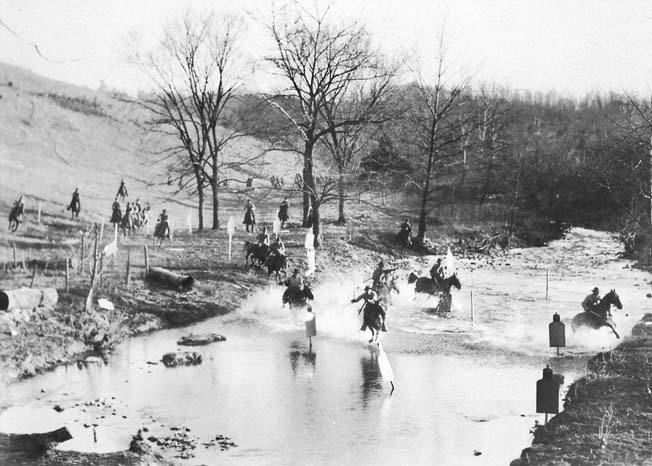
U.S. Cavalry Continues After the Great War
Cavalrymen pointed to British successes during the war with
horse cavalry in Palestine. The Dorset Yeomanry successfully
charged Turks on a ridge near Jerusalem on November 13, 1917,
reported an article in The Cavalry Journal published
in 1920. The Yeomanry rode across 4,000 yards of open plain, then
150 feet up a hill—all under heavy artillery, machine gun, and
rifle fire—overran the position, and captured 1,096 prisoners,
two field guns, and 14 machine guns. Their losses were 129
cavalrymen killed and wounded and 150 horses.
“The weapon used was the sword,” the article stated. It
quoted a captured Turkish officer about the charge: “We were
amazed and alarmed, because we could not believe our eyes. We had
been taught that such a thing was impossible … yet now we saw
this very thing being done. We did not know what to do.”
Cavalrymen were quick to point out that the terrain in
Palestine was much like that along the U.S. border with Mexico;
and during World War I, the U.S. Cavalry had fought bandits in
Mexico in 1916 before Americans fought Germans in Europe in 1917.
Just after the war, the cavalrymen had little opposition. Other
branches were more concerned about preserving their own turf than
attacking another’s. In addition, Pershing’s board needed
little convincing. It was composed of high-ranking officers who
had little front-line experience of the Great War—their
positions were too senior and the U.S. experience in France had
been too short. They looked to the past, where there had always
been cavalry. To almost no one’s surprise, the board recommended
that Congress include cavalry in new legislation as one of the
combat arms.
If that was not sufficient for Congress, Pershing, who had led
cavalry into Mexico in pursuit of Pancho Villa in 1916,
intervened. He wrote, just before final Congressional action: “[T]o
some unthinking persons the day of the cavalry seems to have
passed. Nothing could be farther from the truth. The splendid work
of the [British and French] cavalry in the [first] few weeks of
the war more than justified its existence and the expense of its
upkeep in the years of peace preceding the war.…”
That was enough for Congress. The National Defense Act of 1920
created a separate chief for the cavalry as well as the other
combat arms. Moreover, that same Act placed the tank corps, which
had been a separate branch during the war, firmly under the
control of the infantry.
The implications of this new army organization did not escape
the attention of one army officer. Major George S. Patton, Jr., a
former cavalryman, had formed and led the first U.S. tank unit
into combat during the war. He realized, however, that a tank
element subordinate to a much larger infantry branch offered
little hope of personal advancement. He switched back to the
cavalry and soon became one of its principal spokesmen. “ In
offensive and defensive actions in stabilized situations, as well
as in warfare of movement,” he wrote in The Cavalry Journal,
which was the semiofficial publication of the U.S. Cavalry, “modern
Cavalry has proven its value.”
The cavalry had survived. For a while at least, the horse was
safe. And if the cavalry was to help fight the nation’s future
battles, it needed a reserve of trained officers.
The Stables at Fort Myer
So at Fort Myer one June morning in 1930, Cadet Dayhuff and 47
other ROTC trainees (from VMI, Culver Military Academy, and
Dartmouth) marched down to the stables in their olive-green
uniforms, wide-brimmed campaign hats, and knee-high leather riding
boots to choose their most important item of equipment for the
next six weeks: their horses.
The stables were long, low buildings of red brick from which
emanated the musty odor of horses and straw. Between the stables
the horses stood quietly in a dusty corral, their bridles hitched
to a long rope running between tall posts known as a picket line.
Dayhuff’s father was a cavalry officer with the 4th Cavalry
at Fort Meade, SD, and the junior Dayhuff knew horses. He chose a
bay, while a friend, Louie Roberts, whose Norfolk, Va., background
gave him no similar experience, selected a small, black horse.
Roberts reasoned, “Small, so less horse to groom.” But Dayhuff
knew a bay horse sweats less than a black one and requires less
grooming. Before long, Roberts knew it too.
Some trainees had learned at school not to pick a “herring-gutted”
horse either. The body of such a horse angled back and up sharply
from its chest to its rear legs. A saddle cinched around this body
soon worked backwards and loosened. When a rider leaned too much
on the right stirrup or on the left, he could suddenly find
himself and saddle underneath the horse.
Another VMI cadet, Eddie Pulliam, son of a commonwealth
attorney from Richmond, Va., selected a beautiful big horse and
found out too late it had only one good eye. “Try to jump a
one-eyed horse,” he said years later. “The first time he
approached a jump, he looked at it real hard with one eye, then
the other—and then went around on the side.”
A Focus on Rapid Advance
The cadets learned later that their horses were normally
assigned to the headquarters band and were not great cavalry
mounts even with two good eyes. One cadet claimed his bulky horse
surely carried a baby-grand piano, while another said his horse
would not have carried a piccolo.
Once a cavalryman had his horse, what was he to do with it?
Scout to find the enemy, screen friendly troop movements, delay an
enemy’s advance by darting thrusts and quick withdrawals, pursue
the enemy after a breakthrough, maintain liaison with other units,
and seize enemy positions—all traditional cavalry roles.
Cavalry theory, set forth in Employment of Cavalry published in
1924 by the Cavalry School in Fort Riley, Kan., acknowledged that
at times machine guns, artillery, and tanks were useful—they
could pin the enemy to the ground so that the cavalry could take
the offensive on the flanks.
Mainly, however, the Cavalry School stressed the cavalry’s
ability to take care of itself in a fight and to advance rapidly.
A cavalryman could ride to a fight and then dismount, but he
should strive to fight mounted. When dismounted, the cavalry’s
fighting force was reduced because some troopers needed to stay
with the riderless horses. In the 1920s, the cavalry boosted its
firepower by integrating machine-gun-carrying troops into its
regiments.
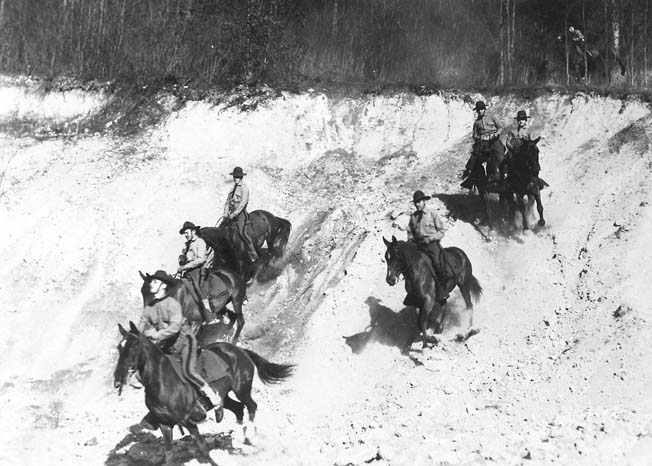
The speed and spirit of the cavalry were emphasized. Mounted
men would “strike so quickly as to take the enemy … before he
can prepare to receive the attack” and then “by the moral
effect and speed of galloping horsemen, destroy the enemy’s will
to resist.” Cavalrymen quoted the old maxim: “Victory is
gained not by the number killed but by the number frightened.”
There was some debate over the most effective cavalry weapon.
Some said the pistol. Others said that even a man lying behind a
machine gun found it extremely unsettling to have the point of a
sword bearing down on him at the speed of a horse and with the
force of a horse and rider behind it. In 1922, Major Patton, then
commander of the 3rd Squadron, 3rd Cavalry at Fort Myer, described
the cavalryman’s spirit in terms that left no doubt as to its
value: “The fierce frenzy of hate and determination flashing
from the bloodshot eyes squinting behind the glittering steel is
what wins.”
Training at VMI
But these tactics were useless unless the cavalry had officers
and men who were trained to ride, and ride well. At 7:30 each
morning at Fort Myer, the bugle blew “Boots and Saddles,” and
the cavalry cadets saddled up for equitation classes: slow
trotting, galloping, jumping, and general horsemanship.
The trainees already knew the basics about riding, having
learned them at school. These instructions started with the cadet
simply sitting on the horse holding the reins. It proceeded to
gripping the horse with the legs, then prodding the horse from a
walk to a trot, then the canter, the gallop, the left-leg lead,
and the right-leg lead. The goal, finally, was for each cadet to
ride with ease and to jump with his reins knotted before the
saddle, arms folded across his chest, feet out of the stirrups,
and campaign hat strapped over his eyes.
Squad, platoon, and troop drills followed equitation. They were
conducted on a dusty drill field, a half-mile long and a
quarter-mile wide. These drills, like infantry drills, were ways
of getting men and horses from one place to another in an orderly
manner— column of twos (the usual march formation), column of
fours, and parade formations. The cadets also practiced changing
from marching formation (column) to fighting formation (line).
Occasionally the cadets might spread out in two long lines, one
right behind the other, for a controlled charge.
At VMI, drill included practice with a cavalry saber, which was
a heavy, perfectly straight blade almost three feet long (designed
by young lieutenant George S. Patton, Jr., in 1913), rather than
the curved, scimitar-shaped blade. When charging mounted troops, a
cavalryman was to ride down on the enemy soldier with his saber
thrust out ahead, arm stiff and rotated slightly inward, run the
man through, then let the momentum of the horse pull the blade out
as he continued ahead.
The riding drill would continue until 10 am, and at times
included long rides in the hot sun along the dusty roads of rural
Virginia. Returning to the corral, the cadets were hot, thirsty,
and worn out. Their equipment was in foul shape, and the horses
were lathered and covered with powdery dust. Then the real work
began.
The Horse Always Came First
Even before getting himself a drink of water, a cadet had to
take care of his horse. First, he had to take the saddle off,
clean it, and put it away. Then he had to walk his horse until it
cooled down. Then came grooming. A cadet could not simply throw
water on his horse to remove the dust. He had to go over the horse
thoroughly with a metal-toothed currycomb, then stroke him with a
good strong brush.
All of this usually took about an hour and a half. The grooming
was hard labor, each cadet stripped to the waist in the hot
morning air. Louie Roberts began to learn of the drawbacks of a
black horse. The labor was made easier, however, by a constant
exchange of wisecracks and exaggerated tales of exploits in nearby
Washington. A cadet was finished only after a sergeant inspected
the horse and said he was finished. If the horse was not ready,
the cadet had to go back over it again.
Once finished, a cadet could return to the tall, pyramid-shaped
tent he shared with three other cadets, pick up a towel, and walk
over to the dispensary for a shower. Then came lunch at one of the
red brick barracks, where gallons of ice-cold lemonade and large
quantities of usually good food were served.
The cadets used transportation other than horses on one field
exercise. Automobiles modified to go off road (called “scout
cars”) had recently been added to cavalry units for
reconnaissance duties. The cadets wanted to try one, but the Fort
Myer cavalry lacked money to buy gas for this purpose. The cadets
were curious enough about the car, however, that they chipped in
for the gas and tried it out, having a great time driving more on
road than off.
Meanwhile, like the cadets, the U.S. military was becoming
curious about making greater use of mechanized vehicles. This
included even the cavalry to a limited extent. Besides scout cars,
in the late 1920s the cavalry also experimented with “ portee
cavalry”: using trucks and other motor vehicles to transport
horses and riders long distances. The idea was not to replace the
horse with a machine, but to save the horse for its really
essential duties.
A New Military Concept Threatens the Cav
The real threat to the horse cavalry began in October 1927,
when Dwight Davis, Secretary of War under President Coolidge,
visited England. The English, struggling to avoid the static
warfare of World War I, were testing a new concept: an independent
force that included units of the combat arms—artillery,
infantry, and cavalry—and substituted motorized transportation
for animal transportation as much as possible. It was called the
Experimental Mechanized Force, and Secretary Davis saw it
demonstrated on his visit.
Davis had combat experience (he was also the man who donated
the Davis Cup to tennis after being half of the team that won the
U.S. doubles championship three years in a row around 1900), and
he liked what he saw. When he returned to the United States, he
told the Army Chief of Staff, General Charles P. Summerall, to
establish a pilot program to test a U.S. Experimental Mechanized
Force.
This force was to be composed of an infantry battalion
transported in war-surplus trucks, a field artillery battalion
with truck-transported guns, a cavalry armored car troop (even
though the cavalry did not then have an armored car troop),
various support elements, and the key component: two tank
battalions and a tank platoon.
The new force was a definite break from previous U.S. Army
organizations. The National Defense Act of 1920 had specifically
confined tanks to the infantry. But tying tanks to infantry had
slowed the development of tank tactics, and of tanks themselves,
to the lumbering walk of an infantryman. A new dynamic was needed.
So the commander of this new experimental force was not bound by
the regulations of any one branch. He answered only to the War
Department.
The War Office Looks Again at Mechanization
When units of the Experimental Mechanized Force began reporting
to Camp Meade, Md., the first week of July 1928, most of the tanks
were the same Renaults that the United States had used in World
War I, only now older and even more prone to breakdowns.
The force’s “armored cars” of the armored car troop were
hastily assembled by Ordnance Corps personnel or troop mechanics
at Camp Meade, who simply added boilerplate or light armor plates
to the chassis of a Dodge, a La Salle, and other cars that were
handy. Armed with machine guns and equipped with radios, they were
meant to be used for reconnaissance.
Not surprisingly, trial maneuvers of the force were not
impressive. Assigned new tasks for which it was not designed, the
obsolete equipment broke down. Insufficient vehicles had been used
to test new theories of combined-arms employment. The force was
dissolved after three months.
But the War Office also had appointed a board to study
mechanization. Despite the showing of the experimental force, on
October 1, 1928, the board recommended establishment of a permanent
mechanized force.
Still, it was not until late 1930, when Davis was no longer
Secretary of War and Summerall was about to leave office also,
that Summerall actually ordered: “Assemble the mechanized force
now .… Make it permanent, not temporary.”
But the force was again inadequate. Of the mere 15 fighting
tanks in the unit, all but three were the old 1917 model Renaults
(although some had been modified with new engines). This force
also was short-lived. The new Army Chief of Staff, General Douglas
MacArthur, dissolved it in May 1931. He had a different approach
to mechanization, and it directly affected the cavalry.
Problems With Old Equipment
In the meantime, the cadets at Fort Myer also experimented with
mechanization beyond the scout car. They were quick to grasp the
advantage of the car over the horse for their purpose—quick,
long-distance transportation on weeknights and on weekends. From
3:30 pm until 11 pm each weekday, cadets were free to go wherever
they wanted. On weekends, while a third of the group had to stay
to take care of the horses, two-thirds of the cadets were
officially off from Saturday noon until reveille Monday morning.
Still, like the mechanized force, they, too, had problems due
to old equipment. Charlie Wills, a VMI engineering cadet from
Petersburg, Va., and a couple of buddies had bought a 1925 Star
touring car with a removable canvas top. About 11 pm one Sunday,
they started from Richmond headed back to Fort Myer. Soon after
leaving Richmond, they got part way up a long hill on Route 1 and
the Star stalled. They got out, pushed it to the top of the hill,
and jumped in again as it rolled down the other side. They finally
got it started on the way down, but the same thing happened at the
next long hill. No amount of engineering expertise could keep it
going. They performed this push-and-jump-in maneuver frequently
until they arrived in camp an hour late and were rewarded with
three weeks’ confinement to post.
Then there was the 1923 Dodge that no driver could rely on: “You
point it one way, by the time you got there, you had swerved
somewhere else.”
Charlie Dayhuff was driving his dilapidated Ford onto the post
one afternoon with another cadet, Buddy Shell, the lanky son of an
army officer from Fort Monroe, Va., when they saw Major Patton
walking nearby. Patton was stationed across the river in
Washington in the Office of the Chief of Cavalry, and that spring
and summer of 1930, his articles warning of the danger of relying
on mechanization had appeared in installments in The Cavalry
Journal. Cadet Dayhuff had met Major Patton’s older
daughter Bee, taken her out, and gotten to know her father
slightly.

Dayhuff stopped and politely asked Patton if he wanted a ride.
As Dayhuff remembered years later, Patton’s response was, “Ride
that goddamn thing? If I was post commander, I wouldn’t even
allow it on post .” This was possibly Patton’s most succinct
expression of his opinion of mechanization.
All of the cadet’s activity, during the day by horse and
during nights and on weekends by car, produced some very tired
cavalrymen. A number of times during the hot, summer days, some
cadets would be off riding on assigned maneuvers while others
waited their turn. One cadet remembered that the waiting cadets
would stretch out on the ground, one after another, and go quickly
to sleep holding their horses’ reins. As a cadet slept, his
horse would wander about and graze, still managing not to step on
his rider or on another cadet stretched out nearby.
During the next to last week of camp, the cadets traveled to a
target range about 25 miles south of Fort Myer to qualify with
their pistols. Instead of riding there on horseback, they drove
their motley collection of 12 old cars.
In his old Ford, Charlie Dayhuff led the convoy down the road
in a single column. As they approached the range buildings, he
signaled, and the cadet drivers fanned out impressively, part to
the left and part to the right of him, just as on their mounted
maneuvers. Then all came to a stop in a straight line right in
front of the main building. An old horse soldier standing nearby
eyed the cars and asked one of their instructors, “What the hell
are you doing teaching those kids those things? I thought you were
Cavalrymen.”
It was a prophetic glimpse of things to come for the horse
cavalry.
‘Boots and Saddles’ Now Means ‘Crank ‘Er Up’
New Chief of Staff Douglas MacArthur’s idea for mechanization
was to require all combat branches to mechanize to the extent
their budgets would allow. As part of this plan, on May 1, 1931,
he ordered parts of the newly reformed “permanent”
mechanized force, including some tanks, to be subsumed into the
cavalry as a reinforced regiment. Shortly afterward, he also
ordered two cavalry regiments to turn in their horses for tanks.
Yet, the old National Defense Act of 1920 still provided that
only the infantry was to have tanks. MacArthur got around it by
referring to the tanks sent to the cavalry as “combat cars.”
(With this subterfuge, he was carrying on something of a tradition—the
use of the term “tank” had evolved originally when the first
of those vehicles was sent from Britain to France during World War
I under tight security in crates labeled “desert water carrier.”)
The cavalry now was forced to deal directly with tanks. As an
article in the Louisville Courier Journal reported
soon after the order: “‘Boots and saddles’ now means ‘crank
’er up.”’
MacArthur’s action reflected the two schools of thought about
horse vs. machine that had existed in the cavalry for several
years. To some it seemed obvious that improved machines could
perform all the traditional cavalry functions better than horses.
Others, and in the 1920s they were the ones in control of the
cavalry, believed firmly that the horse could not be replaced.
Major Patton and like thinkers were in this group. They maintained
that the horse had to remain the focus of cavalry—only the horse
had the ability to perform all the cavalry functions in all
weather and all terrains. Patton went even further: “When
Sampson took the fresh jawbone of an ass and slew a thousand men
therewith he probably started such a vogue for the weapon,
especially among the Philistines, that for years no prudent donkey
dared to bray .… Today machines hold the place formerly occupied
by the jawbone .… They too shall pass.”
Yet, a smoke-belching tank reeking of oil had rumbled into the
stable yard, parked, and now stood there among the bags of oats,
showing every intention of staying. It was disturbing some of the
horses.
Cavalry Seeks Middle Ground
In an attempt to reassure the horse advocates, the then Chief
of Cavalry sought a middle ground: “[I]n the future we will have
two types of cavalry, one with armored motor vehicles, giving
speed, strategical mobility, and great fighting power of modern
machines; the other with horses, armed with the latest automatic
firearms for use in tactical roles and for operations in difficult
terrain where the horse still gives us the greatest mobility.”
Meanwhile, the War Department proceeded to organize the new
mechanized cavalry unit. It chose Fort Knox, Ky., for its station
and designated it as the 7th Cavalry Brigade (Mechanized).
This new unit was placed under the command of the V Army Corps
area commander. The Chief of Cavalry’s role was limited to
making recommendations and conducting inspections, the latter only
under War Department direction.
In early 1933, the 1st Cavalry was moved to Fort Knox from
Marfa, Texas, and became the first cavalry unit to give up its
horses for combat cars. But political pressure from local
jurisdictions that would lose their cavalry regiments kept a
second regiment from surrendering its horses and moving to Fort
Knox until 1936. Then the 13th Cavalry was moved from the Cavalry
School at Fort Riley, Kan., to join the 7th Cavalry Brigade at
Fort Knox.
At its other posts, the horse cavalry continued to train for
its mission while nervously looking out of the comer of its eye at
the tank revving its engines in the stable yard.
The Twilight of the U.S. Cavalry
More and more the horse seemed an anachronism, yet it was an
alluring anachronism. And this allure had always been a factor in
its survival. For some, horses alone were fascinating enough. For
others there was the history: knights in armor, J.E.B. Stuart and
Phil Sheridan, the old Indian fighters, Teddy Roosevelt and the
Rough Riders. Then the sports: polo, fox hunting, jumping. “If
any branch of the Old Army evoked romance,” wrote historian
Edward M. Coffman recently in his foreword to The Twilight of
the U.S. Cavalry by General Lucian K. Truscott, Jr., “it
was the pageantry of cavalry, with the military horsemen in full
panoply, the chattering bugles, and the snapping red and white
guidons.” All these factors helped the horse cavalry survive
deep into the 1930s.
A story making the rounds of the cavalry posts then, from Fort
Myer to Fort Meade, SD, told of a brigadier in the British Army
who asked a lieutenant of the horse cavalry: “What is the value
of the Launcers in the present-day Army?” The lieutenant
hesitated and the brigadier insisted, “Come, come now, Leftenant.
What is the value of the Launcers in modern warfare?” The
lieutenant finally replied, “Well, my Lord, you must admit that
the Launcers add a bit of tone to what would otherwise be a very
vulgar sort of a brawl.”
But the dashing history, parades, and pageantry were being
scrutinized by colder and colder eyes. In 1938, as World War II
approached, two hard-driving men were appointed to important
cavalry commands, and they went head-to-head over horse vs.
machine. Major General John K. Herr was appointed Chief of
Cavalry, and Brig. Gen. Adna R. Chaffee was appointed commander of
the 7th Cavalry Brigade (Mechanized). They fought to the finish
with only one command left standing at the end.
Both were cavalry officers who early in their careers had
distinguished themselves as excellent riders. Herr was one of the
army’s best polo players, a member of the legendary 1923 U.S.
team that defeated a strongly favored British team. Chaffee was
the youngest member of the 1911 U.S. team in the International
Horse Show in London during George V’s Coronation Week and a
former student at the French Cavalry School at Saumur, France
(where he learned to jump over fully set dinner tables without
overturning a glass of water).
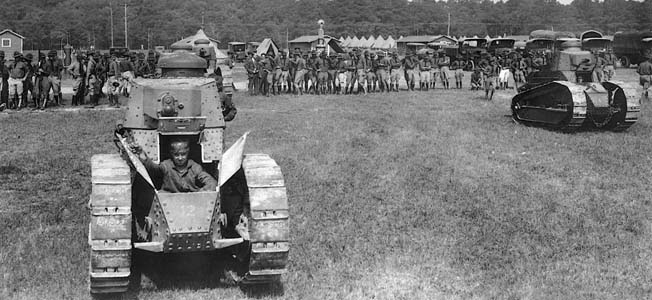
Both were graduates of the U.S. Military Academy. Both had
served in World War I as staff officers—Herr as the chief of
staff of the 30th Infantry Division (“Old Hickory”) and
Chaffee on the general staff at the Headquarters of the American
Expeditionary Force.
A major difference, however, was that Chaffee was in General
Summerall’s Operations and Training Section, G-3, in 1927 when
Secretary Davis and Summerall began what was to be the modern tank
corps. At that point Chaffee had never ridden in a tank, but the
more he learned about tanks the more interested he became. On the
other hand, when Herr was appointed in 1938, he had no known
sympathy for tanks and had just spent the previous two and a half
years commanding the legendary Indian fighters, the 7th Cavalry,
at Fort Bliss, Texas.
Seeking a Proper Balance Between Horse and Mechs
Herr soon made his point of view known. In congressional
testimony in 1939 he stated the cavalry must “maintain a proper
balance between horse and mechanized units” in order to maintain
maximum efficiency because mechanized vehicles were “unable,
even though moving across country, to negotiate the many difficult
types of terrain such as woods, bogs, streams, stone walls, and
ditches which are easy for the horse.” The number of mechanized
units in the cavalry could increase, but no man or horse would be
given up in order to organize these new units. As he expressed it:
“We must not be misled to our own detriment to assume that the
untried machine can displace the proved and tried horse.”
Chaffee, on the other hand, was trying to increase the size of
his “combat car” brigade and form a full division. At first
Chaffee thought he had Herr’s support. But time passed, and the
plans for the expansion lay quietly on some War Office desk. When
he read Herr’s public comments, he realized no support would be
forthcoming from that direction. He must turn elsewhere.
In April 1939, word arrived that General George C. Marshall
would soon be appointed chief of staff. Marshall was less attached
to set army practices than previous chiefs of staff. Shortly
afterward, Chaffee persuaded Marshall to listen to his views. He
found Marshall open to expanding the mechanized brigade but still
unconvinced.
That was how things stood in September 1939, when the German
blitzkrieg struck Poland. Only a few months earlier, The
Cavalry Journal had carried articles noting Poland’s
large commitment to cavalry and explaining how Poland planned to
use it with the unspoken message that here was an admirable
European state that still believed strongly in the value of its
horses in war. Then the Germans attacked Poland from the north,
west, and south. Massed columns of German tanks, backed by waves
of dive bombers and followed by mechanized infantry pouring
through the gaps created by tanks and planes, found the Polish
cavalry completely inadequate.
Lessons Learned from Hitler’s Blitzkreig
General Chaffee delivered a lecture at the Army War College
only a few weeks after the invasion of Poland. He discussed in
some detail the success of the blitzkrieg. He concluded: “There
is no longer any shadow of a doubt as to the efficiency of well
trained and boldly led mechanized forces in any war of movement
[and] that they cannot be combated by infantry and horse cavalry
alone.” He further recommended the establishment of at least
four mechanized cavalry divisions in the near future.
Herr continued to oppose expanding the 7th Brigade at the
expense of horse cavalry, but the War Department was beginning to
grow tired of his intransigence. General Marshall ordered war-game
maneuvers to be held April 12-25 and May 5-25, 1940, in Georgia
and Louisiana, and for the first time a mechanized unit larger
than a brigade was to be employed by combining Chaffee’s combat
cars with some infantry tanks.
Several months before the maneuvers, Patton, now a colonel and
commander of the horse cavalry at Fort Myer, slipped inside
information about the general maneuver scenario and the cavalry’s
particular mission to the head of the horse cavalry arm in the
maneuvers, his friend Maj. Gen. Kenyon Joyce. Patton, who had been
uncharacteristically silent for a while, also managed to get
himself appointed an umpire for the maneuvers so he could observe
firsthand what happened.
What happened was that Joyce’s horses were unable to keep
pace with Chaffee’s combat cars, particularly during the fourth
phase of the maneuvers. In that phase the great majority of the
tanks were on the side of the Red army while the horses were with
the Blue. Red, spearheaded by Chaffee’s tanks, swept around to
attack Blue’s flanks. Blue’s horses rushed to stop them, but
the Red tanks consistently beat the horses to vital unguarded road
junctions and other crucial sites. They then defended these sites
long enough for Red’s line troops, following behind the tanks,
to establish positions that critically endangered the Blue army.
Even with Patton’s inside information, the horse cavalry could
not contain the mechanized forces.
That same May, German panzers moved quickly into Holland,
Belgium, and France.
On the last day of the maneuvers, May 25, 1940, an impromptu
conference on mechanization was held in the basement of the
Alexandria, La., high school. Present were General Chaffee,
General Frank Andrews of the War Department General Staff
(Marshall’s man), and a few others, including, somehow, Colonel
Patton. Not included was General Herr, although he was in
Louisiana at the time. Those present concluded unanimously “that
development of mechanized units could no longer be delayed, and
that such units must be removed from the control of the
traditional branches to become a separate organization,” as
Mildred H. Gillie reports in her book Forging the Thunderbolt.
On July 10, 1940, General Marshall issued the order creating an
Armored Force. General Chaffee was appointed its first commander.
Office of Chief of Cavalry Eliminated
The days of the horse cavalry were numbered. It lasted until
March 9, 1942, when the office of Chief of Cavalry was eliminated
and its functions were transferred to the newly formed Army Ground
Forces. General Herr retired from active duty a few days before
the transfer. But by then, the meeting-and-memo war was over, and
the real war had begun. None of the 10 remaining horse cavalry
regiments went overseas to World War II with their horses.
One regiment of the U.S. Cavalry, however, did meet the enemy
with its horses. Its horses were already overseas, and the enemy—with
tanks—came to meet them.
On December 22, 1941, the Japanese landed on Luzon Island in
the Philippines approximately a hundred miles north of the head of
Manila Bay. Quickly it became apparent that the strength of the
Japanese force and the lack of training of the Philippine army
meant that the most America could expect early on was to delay the
enemy from its drive south toward Manila.
One of the best-trained U.S. units in the Philippines was the
26th Cavalry Regiment (Philippine Scouts). This horse cavalry
unit, organized in 1922, was composed of hand-picked Filipino NCOs
and men led by American officers.
The 26th, fighting dismounted, met the enemy within site of the
beach, but it was hit with infantry, tanks, planes, and naval
bombardment and forced to withdraw to a second holding position.
Here occurred the first contact between U.S. mounted troops and
enemy tanks. Although the engagement began almost humorously, it
ended in near disaster.
In the general withdrawal, the U.S. forces had broken off
contact with the Japanese. After setting up its second holding
position, the 26th was ordered to move back to still another new
position. It was night, and the regiment was strung out along
either side of a paved road. As it was preparing to mount up and
leave, several U.S. light tanks that had been up ahead passed back
through the ranks of the 26th and on down the road.
U.S. Mounted Troops Meet Enemy Tanks
Next, Captain John Wheeler, commander of Troop E at the head of
the cavalrymen saw two tanks clank down the middle of the road
toward him and stop. He rode up to them yelling to get moving. A
turret on one opened, a head popped up, the captain let loose a
few choice words, and the head popped down again, pulling the
turret closed. Then the tank opened fire. It was Japanese.
Suddenly several tanks were in the midst of the 26th firing
their guns, catching some troopers up on their horses, others
still on the ground. Along each side of the dark road were high
banks and agricultural fences of barbed wire. The cavalrymen had
no room or time to deploy. Horses bucked and reared. Mounted
troops ran into dismounted. As one officer tried to mount, his
horse bolted, catching his foot in the stirrup and dragging him
along the road until he was knocked unconscious. Several troopers
were trampled by terrified horses. Mounted men and riderless
horses ran down the road in utter confusion.
Captain Wheeler and Major Thomas J.H. Trapnell were bringing up
the rear of the rush of horsemen when they came to a bridge. Just
then, on the other side of the bridge, the regimental veterinarian
truck drove up. Wheeler and Trapnell dashed across the bridge to
the truck, and under heavy machine-gun fire from the pursuing
Japanese tanks, they and the vet pushed the truck onto the middle
of the bridge and set it on fire.
This action stopped the Japanese tankers on the far side of the
bridge, and the 26th was able to restore order. But this fight had
been a defeat, much like the cavalry’s first encounter with the
machine gun 23 years earlier.
As the Japanese continued their advance south, the 26th fought
courageously and fell back, and fought and fell back again, down
Luzon Island.
About three weeks after the Japanese landing, in a small
village of thatched-roofed grass huts on the west coast of Luzon,
the 26th executed the U.S. Army’s last horse cavalry charge. It
was a mad dash by a little over 20 troopers plunging their horses
forward, their pistols flashing, into the startled faces of an
advance unit of Japanese infantry. The charge halted the Japanese
advance, but only briefly. Even with the subsequent aid of a full
division of Filipino troops, the action only bought a 24-hour
delay in the steady Japanese advance down Luzon and onto the
Bataan Peninsula.
The same Captain Wheeler who had met the tanks was the
commander of the 26th’s forces at the village when the cavalry
charged. He was wounded in the leg. Later he was captured when the
U.S. forces surrendered at Bataan, and he died in captivity.
History Still Echoes at Fort Myer
Other U.S. Cavalry units were more successful fighting as
armored units in WWII, and a number of individual cavalrymen
played vital roles in the U.S. victory in the war. Ernest N.
Harmon, who wrote about the cavalry’s unfortunate experiences in
WWI, commanded armored divisions in North Africa, Italy, Belgium,
and Germany. Lucian K. Truscott, Jr., a tough polo player who was
commissioned in the cavalry in 1917, commanded the 3rd Infantry
Division in Sicily, the VI Corps at Anzio and during the invasion
of southern France, and the Fifth Army in Italy. And, of course,
giving invaluable aid to the victory was George S. Patton, Jr.
Almost none of the ROTC cadet-trainees went into the military
directly after graduation in 1931—the United States wanted a
small standing army then. However, they served in a surprisingly
wide variety of capacities during the war.
Charlie Wills, part-owner of the Star automobile, somehow got
into the navy and served as an engineering officer on a destroyer
escorting convoys across the North Atlantic. Charlie Dayhuff was
in Military Intelligence stationed in Brazil searching for German
submarine hideouts and monitoring suspected raw rubber smuggling.
His lanky friend Buddy Shell became a Marine and was severely
wounded when a Japanese shell landed in his artillery command post
just inland from the beach during the second day of the invasion
of Saipan. He survived to become a lieutenant general and
superintendent at VMI.
Eddie Pulliam, of the one-eyed horse, trained with barrage
balloons—large, thick-skinned, dirigible-shaped balloons sent
aloft over U.S. and English cities to deter low-flying enemy
aircraft. He ended up as the executive officer of a mobile
replacement station that moved across the French countryside
housing and feeding troops on their way to the front lines.
Louie Roberts, of the small black horse, was one of the few to
serve with the horse cavalry’s old nemesis—tanks. Shortly
before the Normandy invasion, he and a British tank officer were
ordered to swap places. Roberts became the commander of a British
tank squadron training in England with experimental tanks and
accompanied the unit in the invasion. Later, after MacArthur’s
return to the Philippines, he led U.S. tanks against the Japanese.
There still are horses at Fort Myer. The low, red brick stables
stand today where they did in the summer of 1930, and before that.
Some shelter horses whose duty is to accompany funerals in nearby
Arlington National Cemetery, where so many cavalrymen now rest.
The horses continue to be cared for by young troopers, who must
groom them carefully after the horses’ duties are over, and
before they themselves are allowed to do anything else.
For more
information: http://www.law.cornell.edu/uscode/17/107.shtml
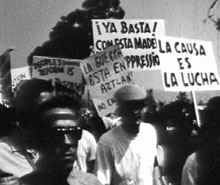 Were
the demonstrations, pickets, marches, etc., of the Chicano Movement
effective? During an interview (by a college student for a term paper)
I was asked that question recently. I’m a veteran of the dynamic and
highly productive Chicano Movement, and like many of you, I’m sure,
over the years I have walked hundreds of miles on picket lines and on
marches. This blog elaborates on my response to the student’s
question. I’ve written on this topic before, as have others much
more eloquent than myself. But the topic remains relevant, and what I
and others have said before bears
repeating.
Moratorium marchers.
Were
the demonstrations, pickets, marches, etc., of the Chicano Movement
effective? During an interview (by a college student for a term paper)
I was asked that question recently. I’m a veteran of the dynamic and
highly productive Chicano Movement, and like many of you, I’m sure,
over the years I have walked hundreds of miles on picket lines and on
marches. This blog elaborates on my response to the student’s
question. I’ve written on this topic before, as have others much
more eloquent than myself. But the topic remains relevant, and what I
and others have said before bears
repeating.
Moratorium marchers.
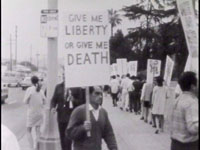 On
a general level, pickets and marches bring issues like the foregoing
to the public’s attention. For example, in the early 1970s there
was a store in Tucson that had a three-tier pay scale-one for white
employees (the highest), one for Mexican American employees (the
second highest) and one for African American employees (the lowest).
The store also brought in outside white supervisors rather than
promote longtime, qualified Mexican American and African American
employees. But only the people who worked there knew all this,
something the store management counted
on.
Picket at Lincoln High, 1968.
On
a general level, pickets and marches bring issues like the foregoing
to the public’s attention. For example, in the early 1970s there
was a store in Tucson that had a three-tier pay scale-one for white
employees (the highest), one for Mexican American employees (the
second highest) and one for African American employees (the lowest).
The store also brought in outside white supervisors rather than
promote longtime, qualified Mexican American and African American
employees. But only the people who worked there knew all this,
something the store management counted
on.
Picket at Lincoln High, 1968.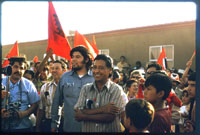
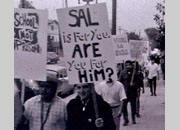 Because,
among many other things, I like it that barrio streets that weren’t
before are now paved and have sidewalks. That people of Mexican
descent are hired for all kinds of jobs in the private and public
sectors and that instead of rejecting Spanish-speakers, employers seek
out bilingual applicants. That people of Mexican descent can be and
are elected to office, and are professors, teachers, principals,
counselors, and administrators in our public schools and colleges and
universities. That today we count our college and university
enrollments in multiples of thousands rather than tens.
Because,
among many other things, I like it that barrio streets that weren’t
before are now paved and have sidewalks. That people of Mexican
descent are hired for all kinds of jobs in the private and public
sectors and that instead of rejecting Spanish-speakers, employers seek
out bilingual applicants. That people of Mexican descent can be and
are elected to office, and are professors, teachers, principals,
counselors, and administrators in our public schools and colleges and
universities. That today we count our college and university
enrollments in multiples of thousands rather than tens.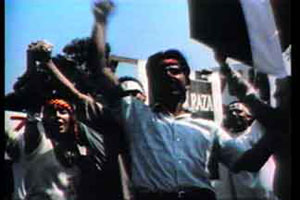 The
Chicano Generation achieved these things and others directly-or we
created the atmosphere in which they could occur. But our generation’s
greatest contribution was that we instilled a deep and irrevocable
sense of pride in our community, especially in our youth. We took on
the Mexican haters head-on. We did this by old-fashioned organizing,
the centerpiece of which is talking to people straightforwardly and
respectfully. Some of the most powerful weapons in our organizing
arsenal were the pickets, the marches, the rallies. Indeed, the picket
sign is an excellent symbol of those movements and struggles that have
brought us progress. And pickets and such are still working… Our
generation’s greatest contribution was that we instilled a
deep and irrevocable sense of pride in our community.
The
Chicano Generation achieved these things and others directly-or we
created the atmosphere in which they could occur. But our generation’s
greatest contribution was that we instilled a deep and irrevocable
sense of pride in our community, especially in our youth. We took on
the Mexican haters head-on. We did this by old-fashioned organizing,
the centerpiece of which is talking to people straightforwardly and
respectfully. Some of the most powerful weapons in our organizing
arsenal were the pickets, the marches, the rallies. Indeed, the picket
sign is an excellent symbol of those movements and struggles that have
brought us progress. And pickets and such are still working… Our
generation’s greatest contribution was that we instilled a
deep and irrevocable sense of pride in our community.
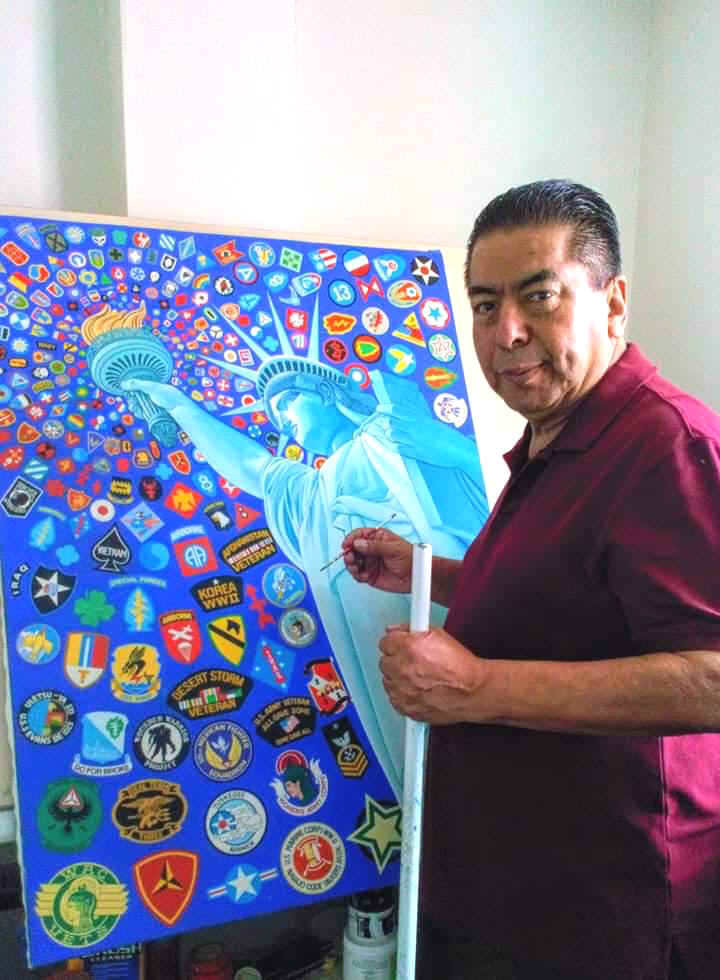

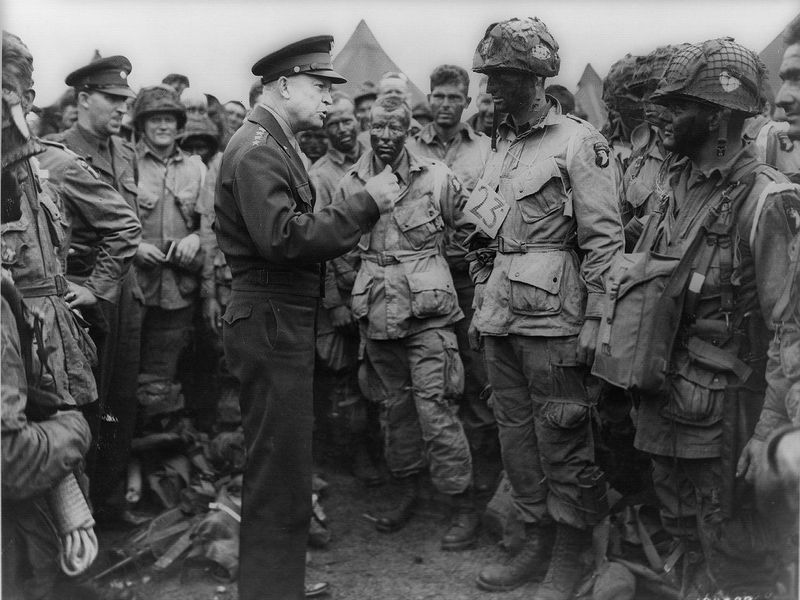
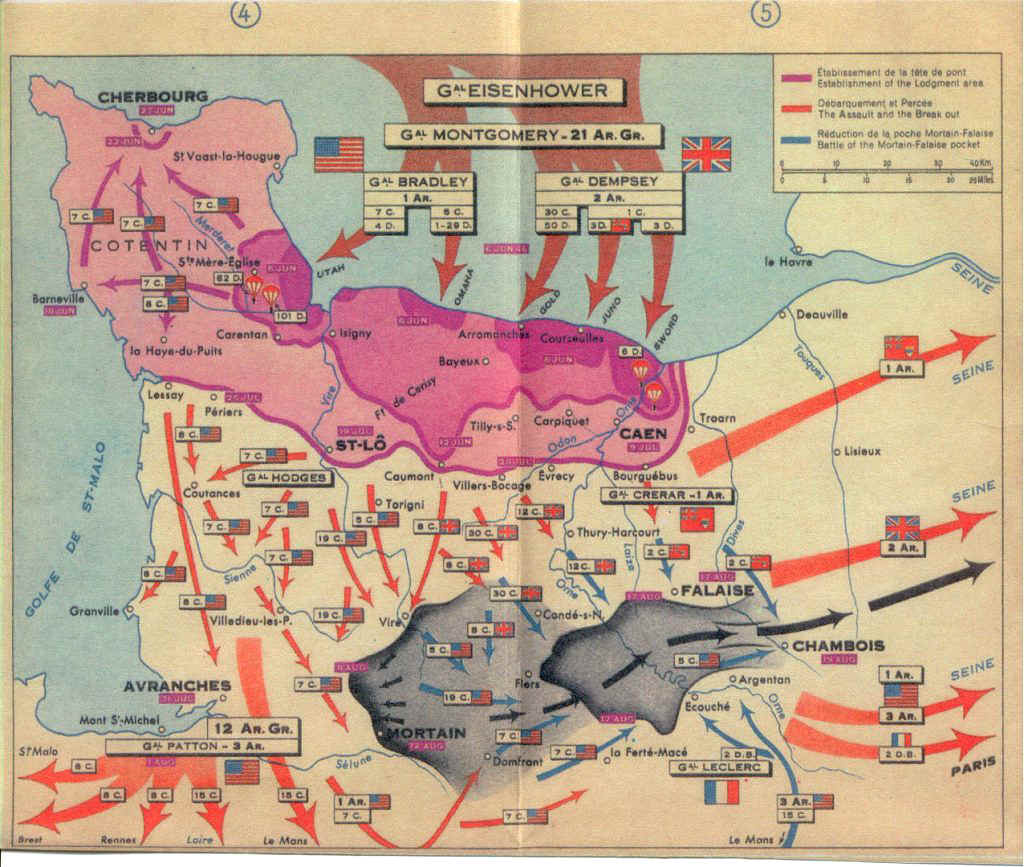
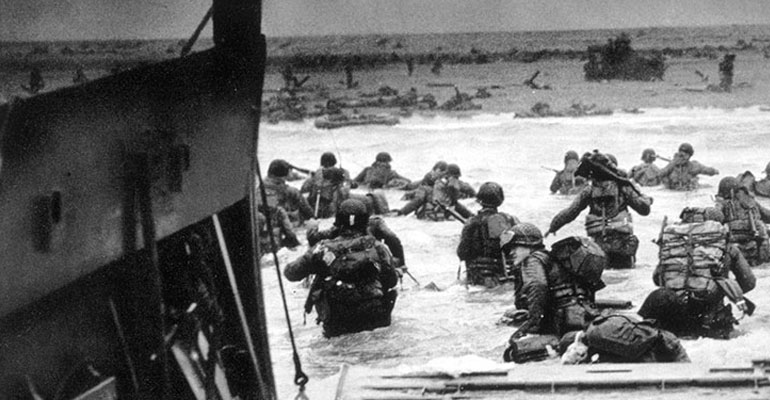
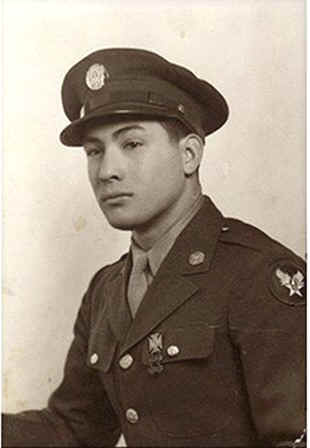


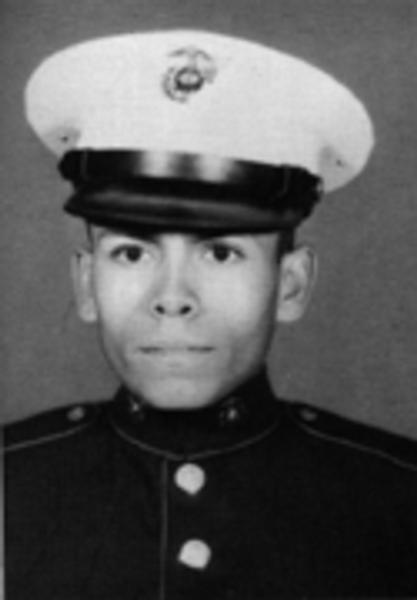
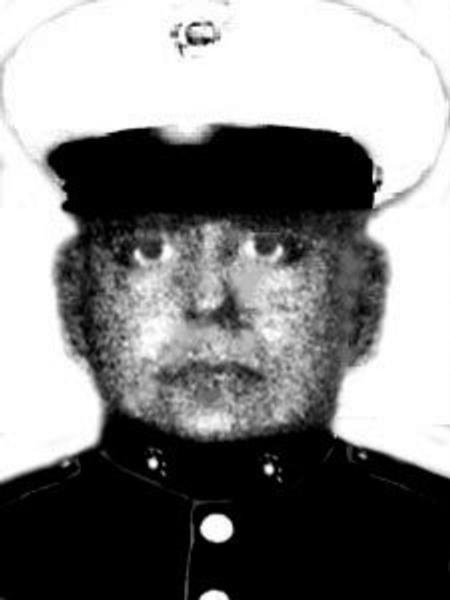
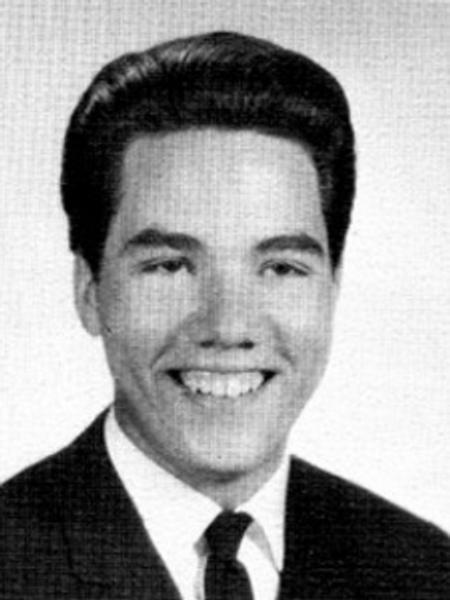
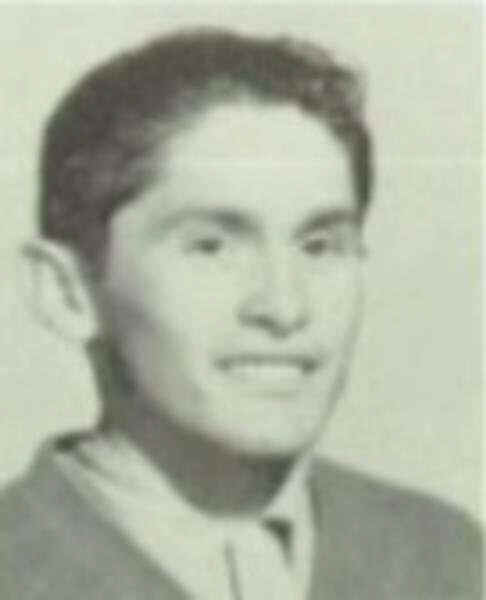
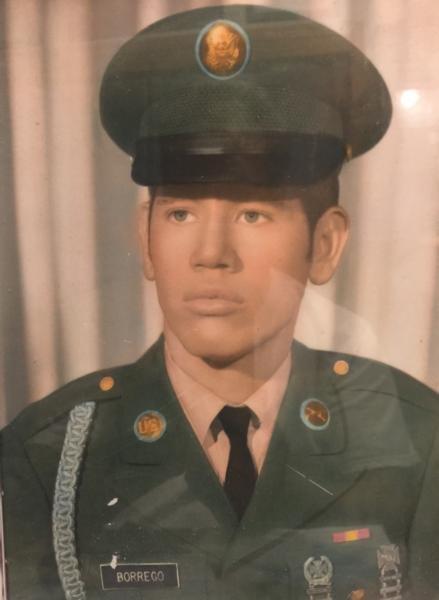
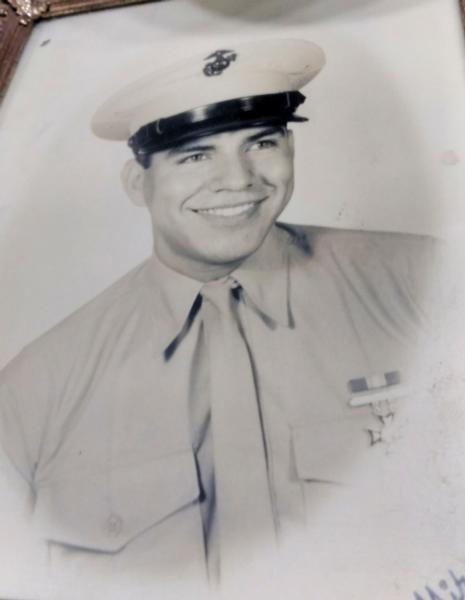
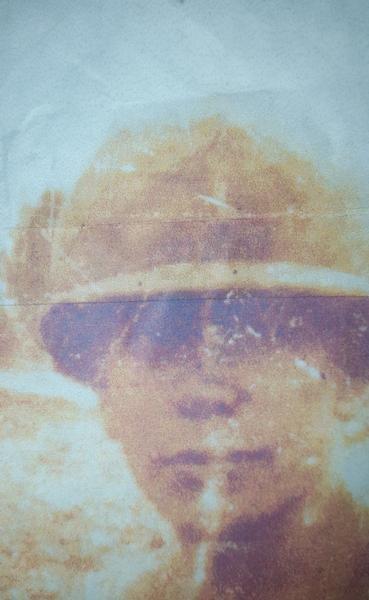
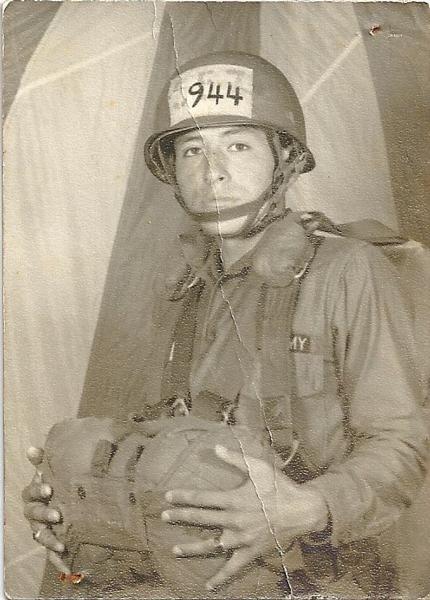
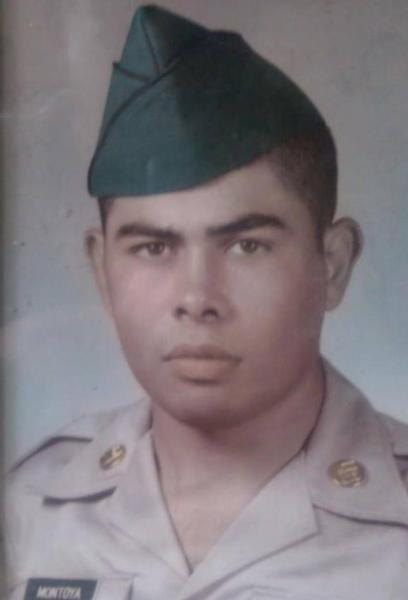
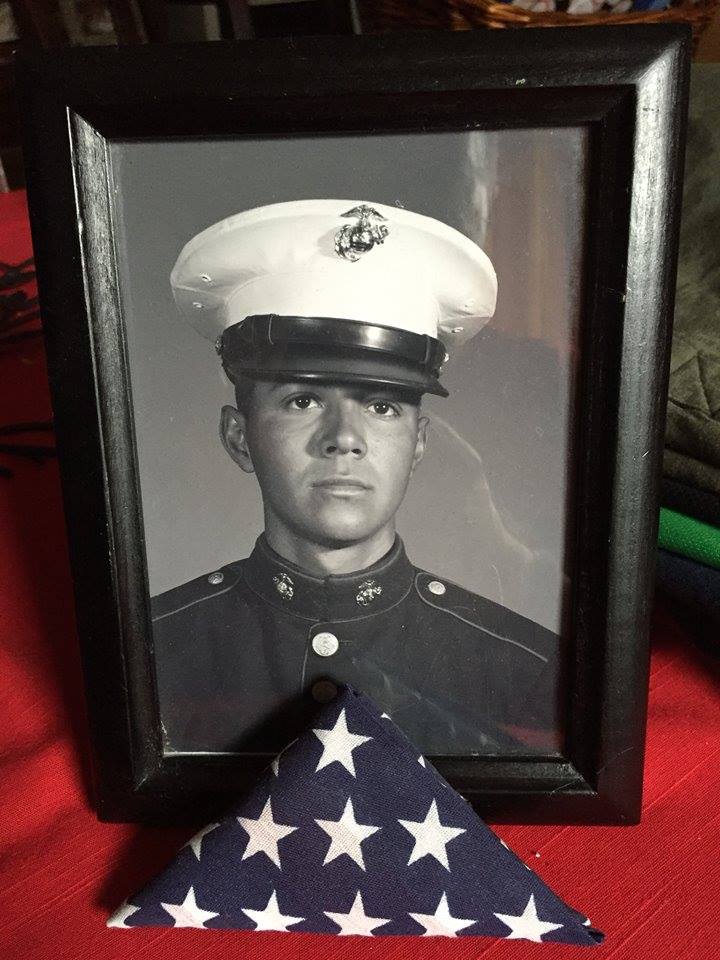
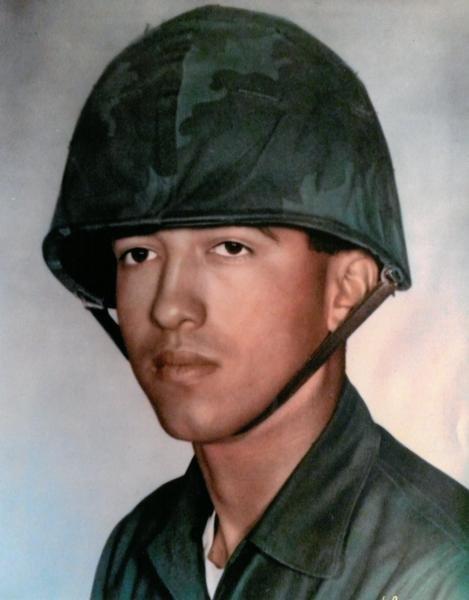
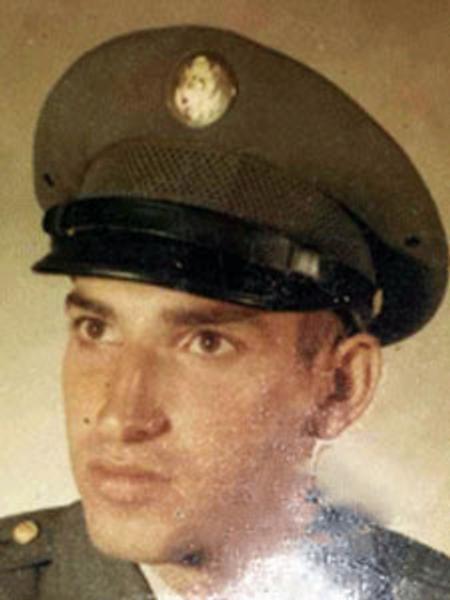
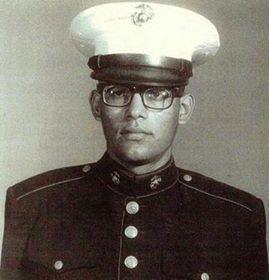
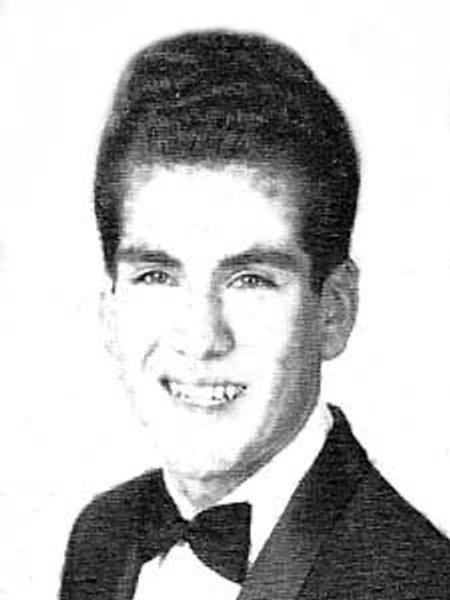
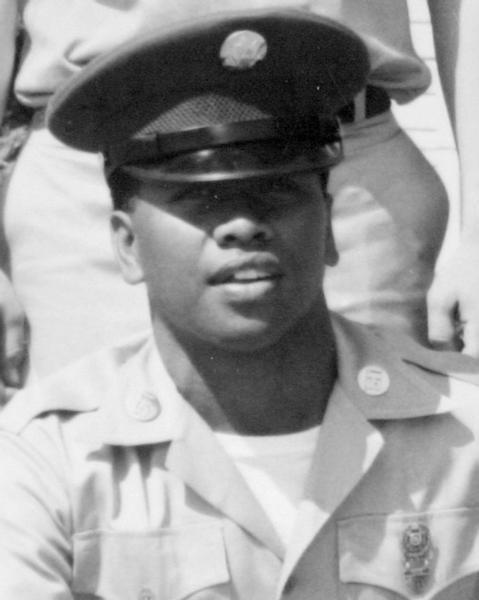
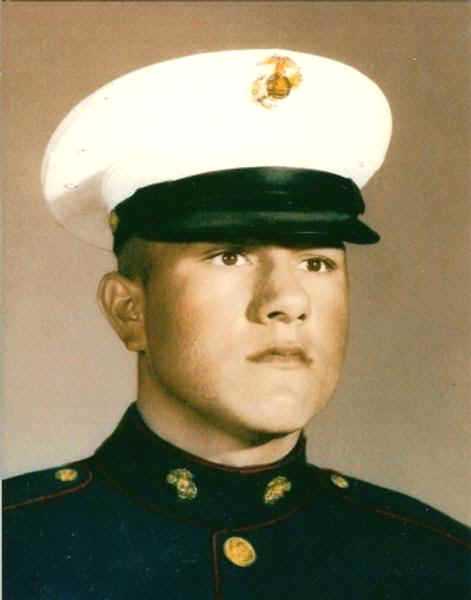
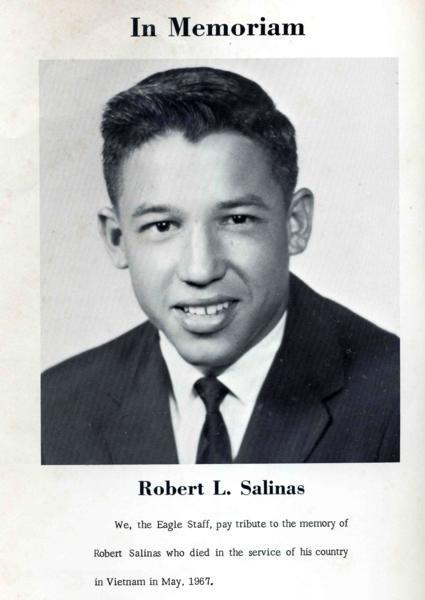
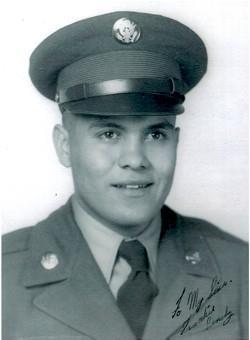
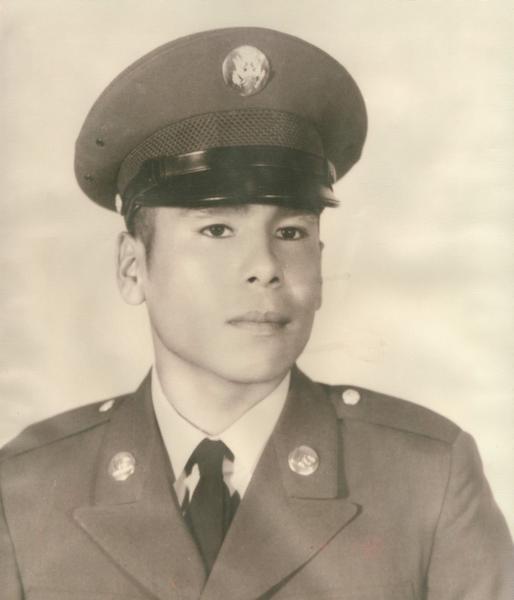
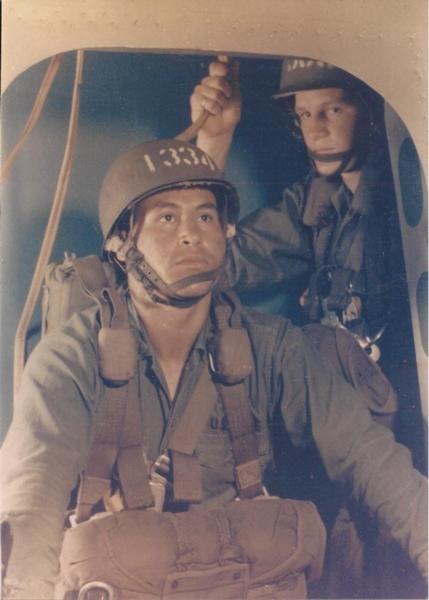
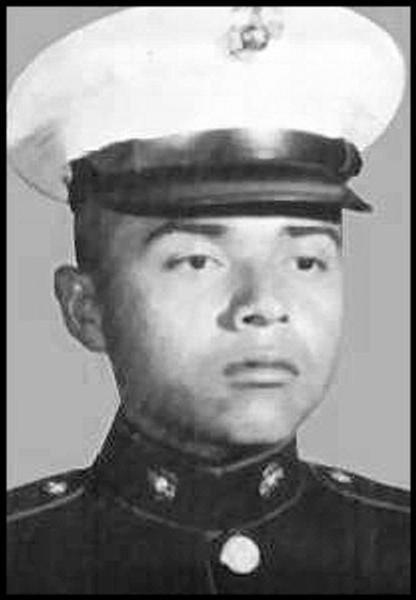




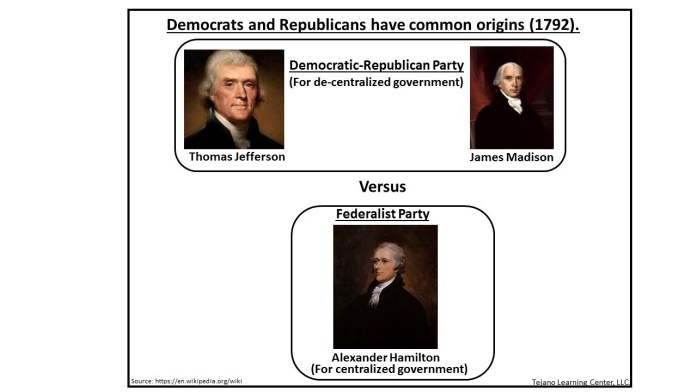




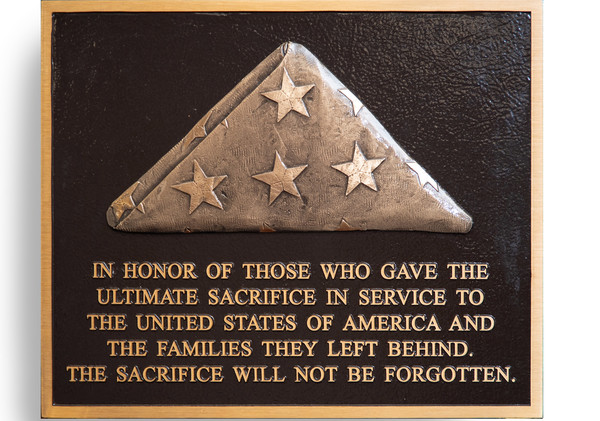
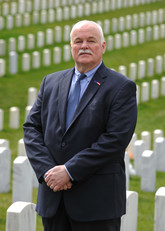 This
is what Memorial Day is all about. It’s about celebrating and
memorializing the lives of our brave men and women who gave the ultimate
sacrifice, while sharing their stories, and ensuring their legacies live
on forever.
This
is what Memorial Day is all about. It’s about celebrating and
memorializing the lives of our brave men and women who gave the ultimate
sacrifice, while sharing their stories, and ensuring their legacies live
on forever.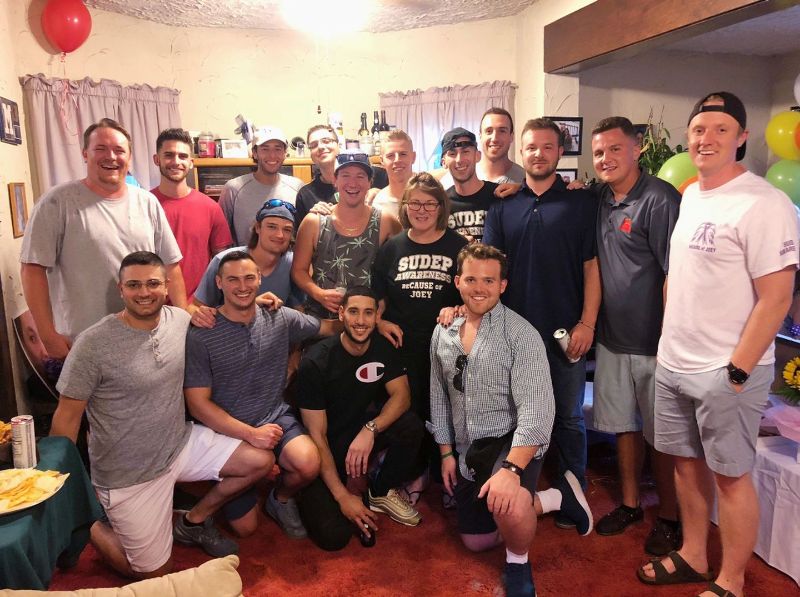


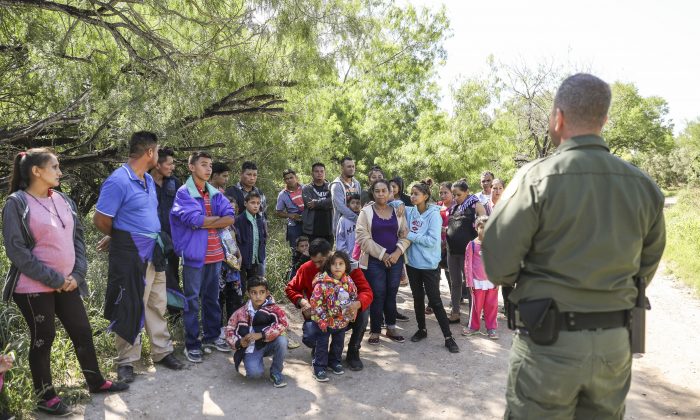
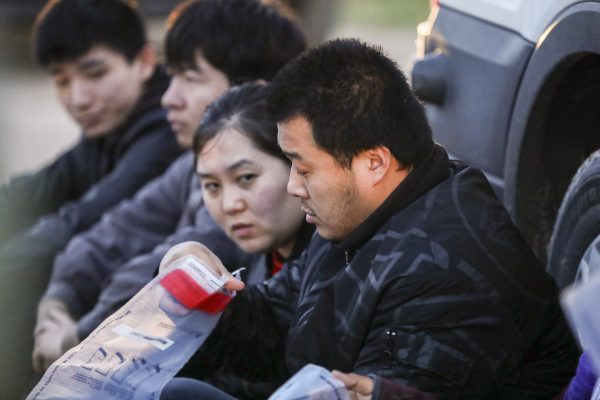
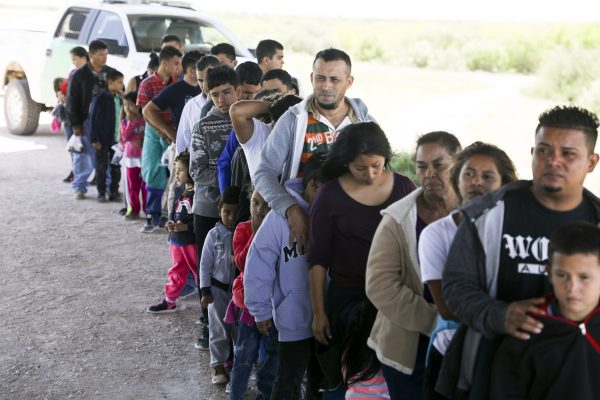






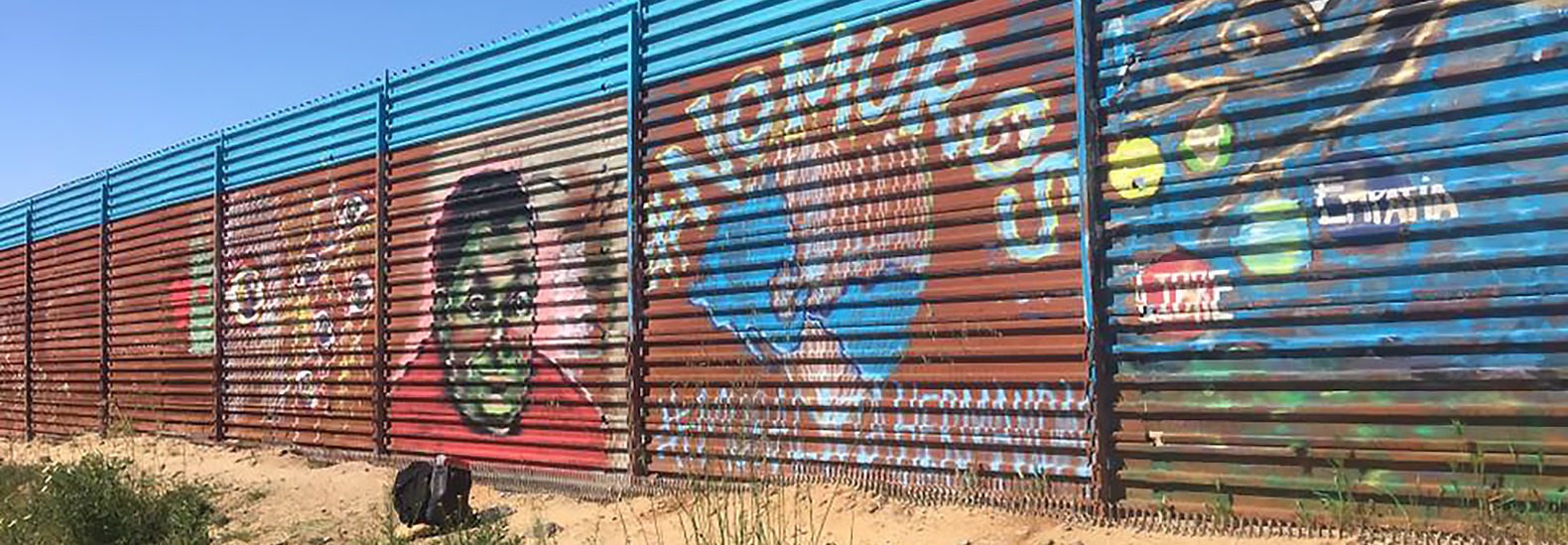
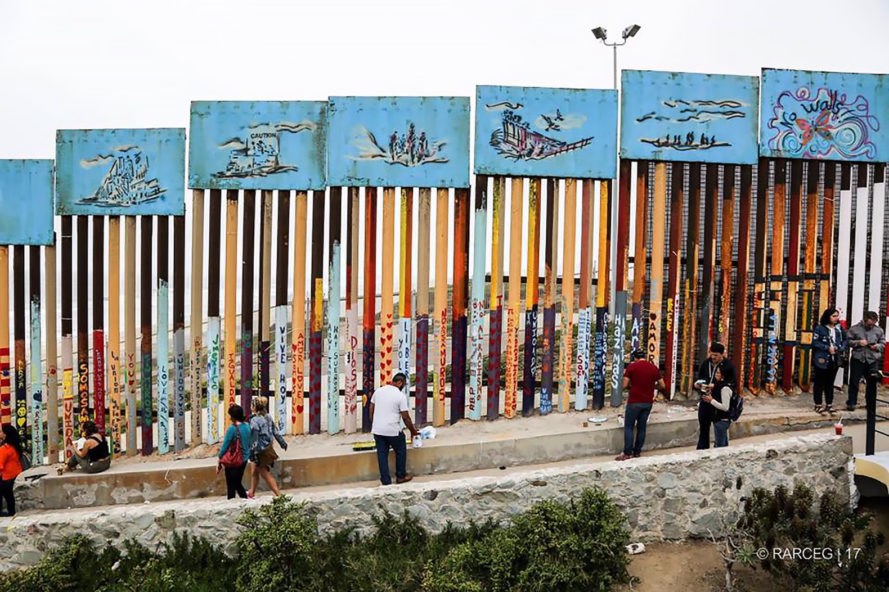
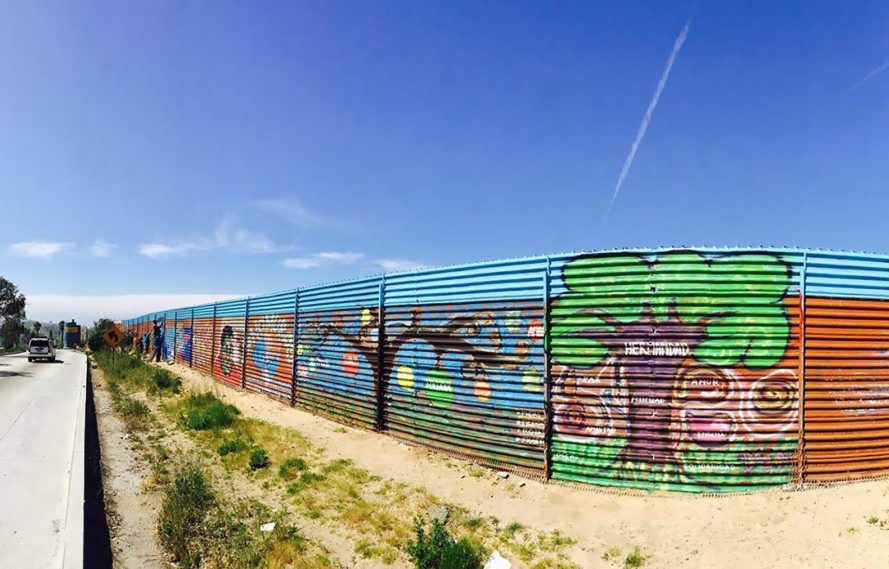
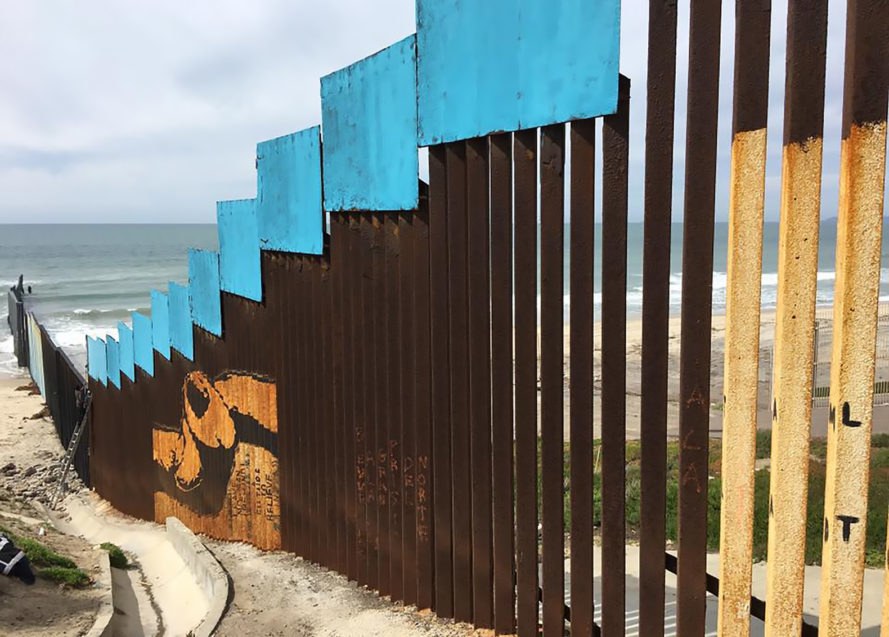

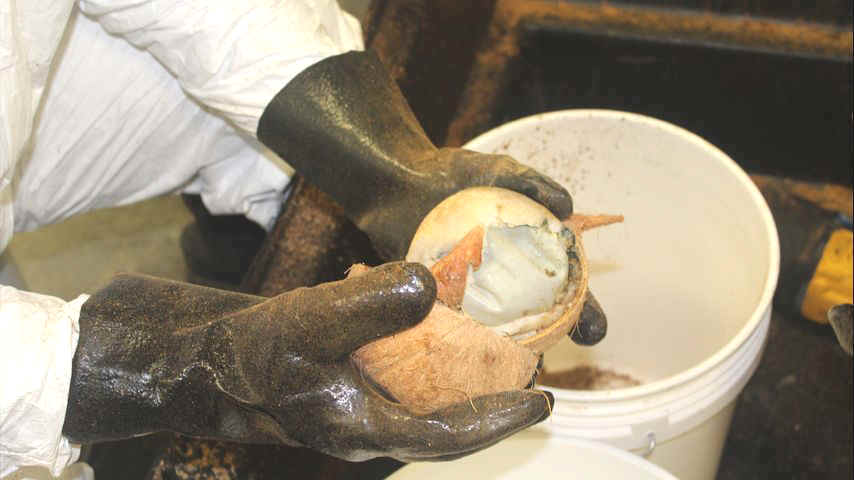

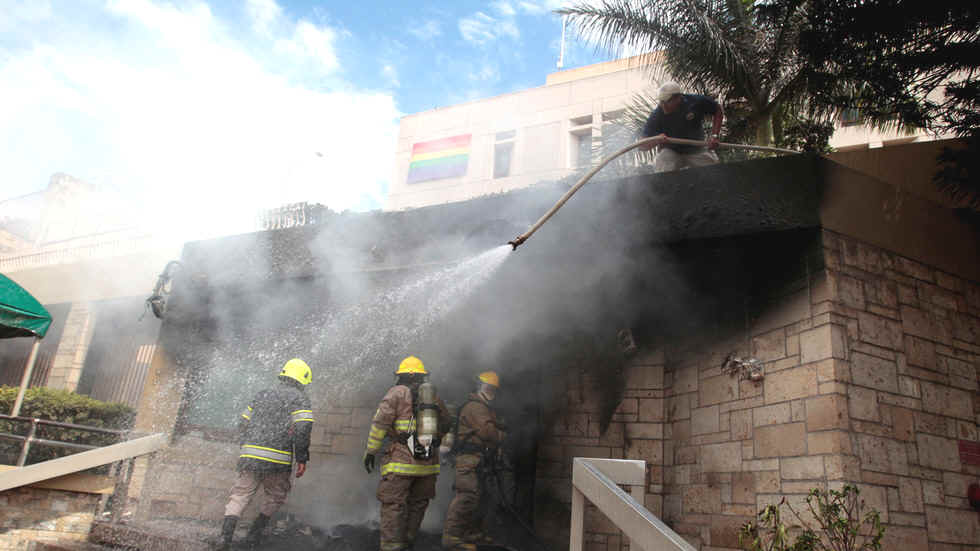
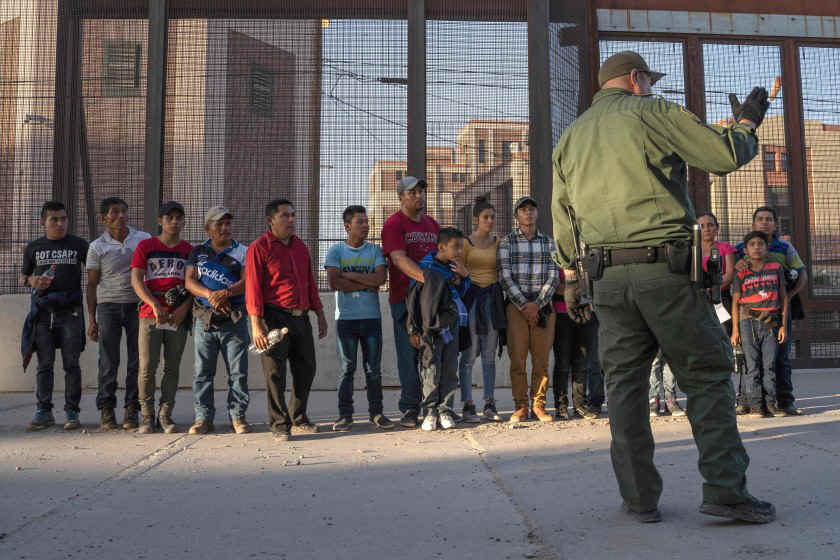
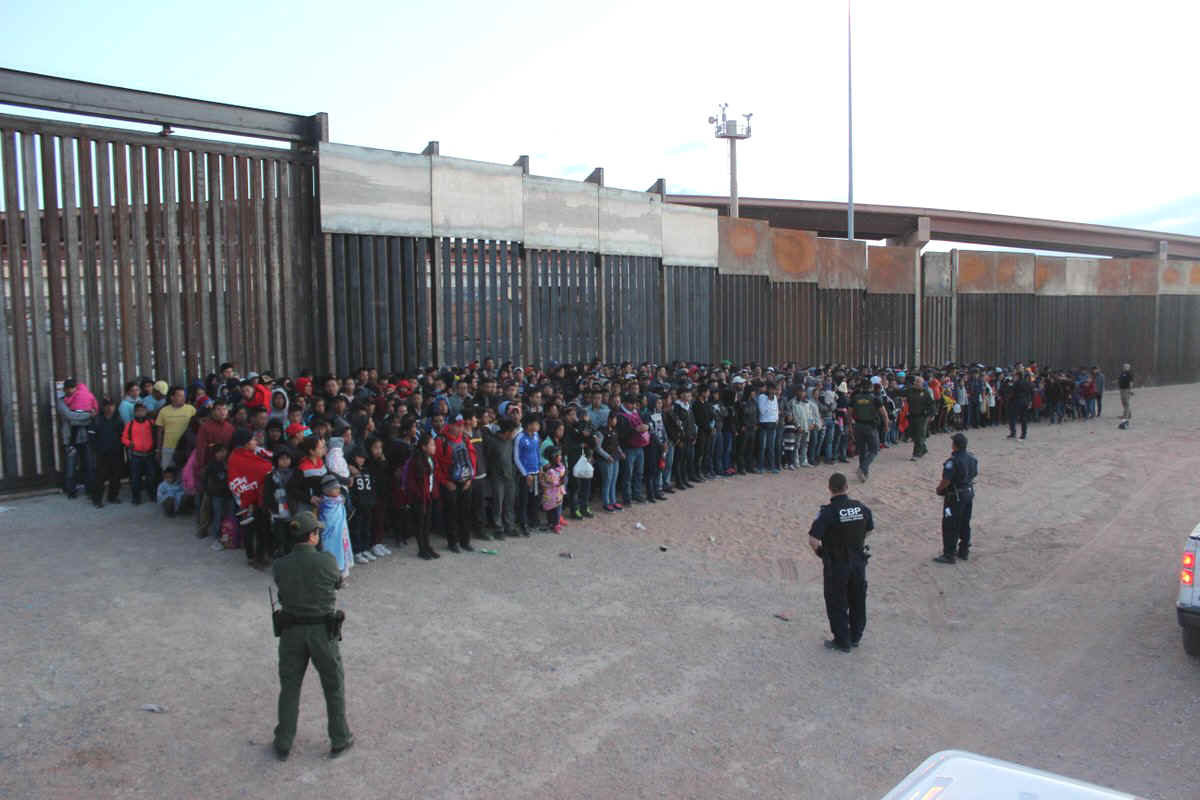
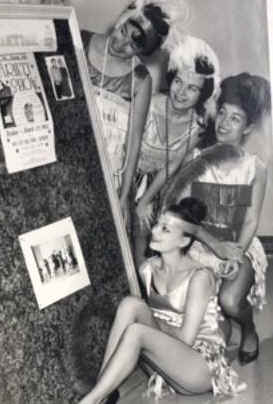


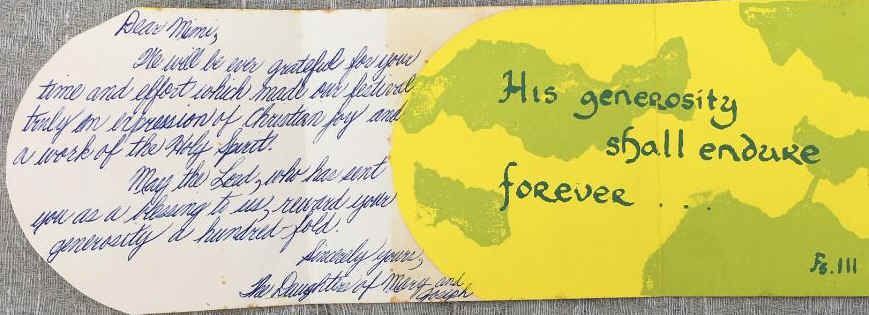
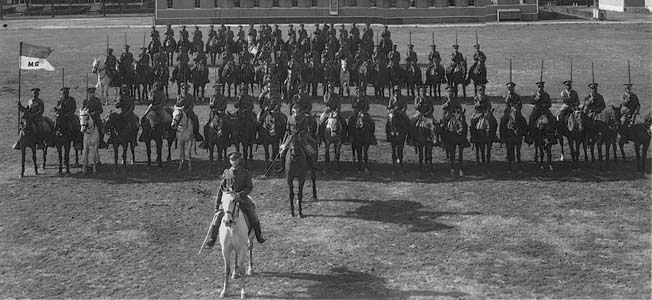




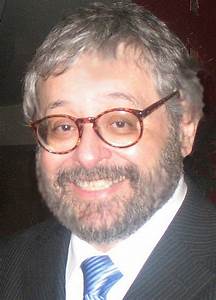
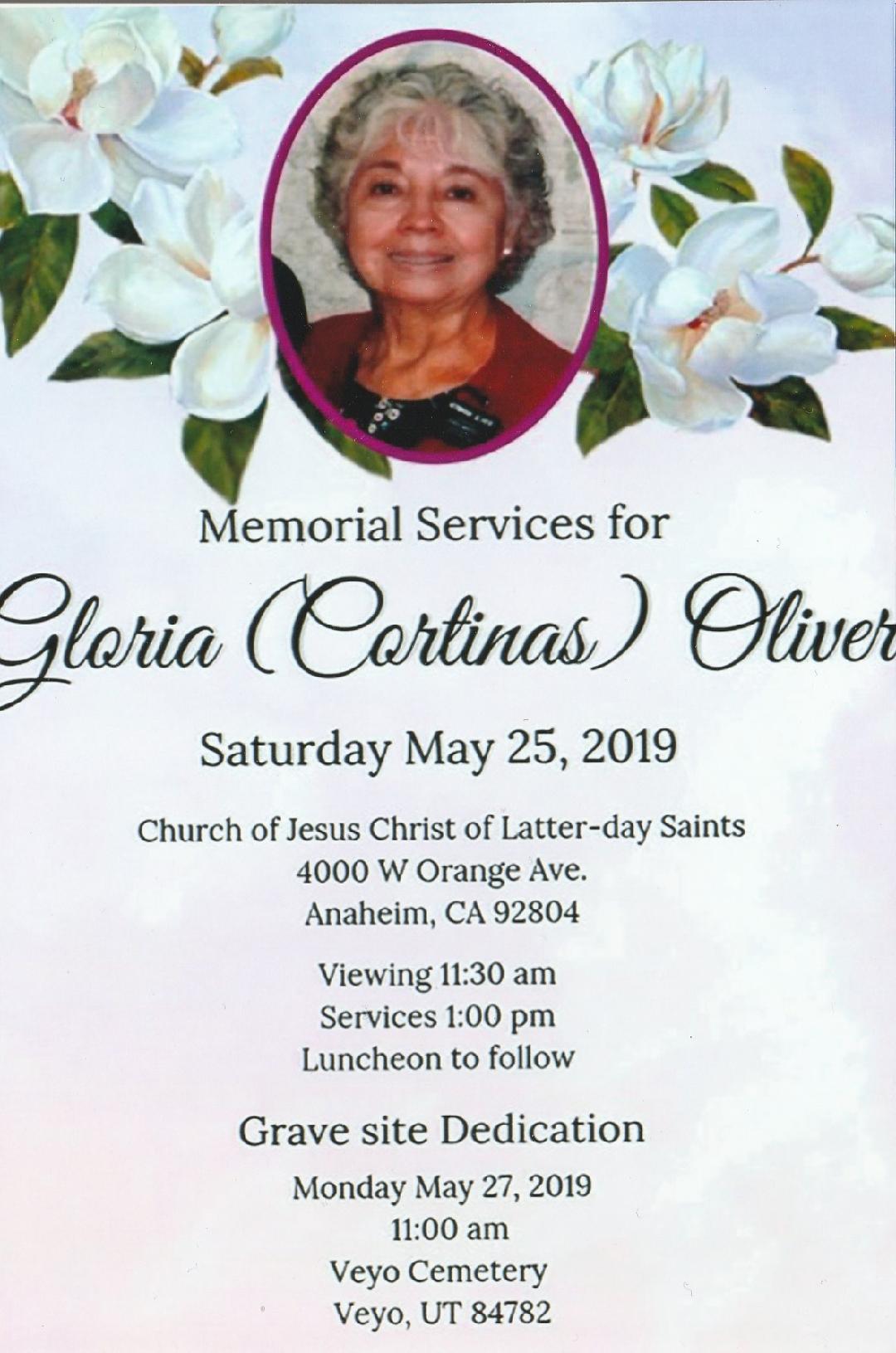
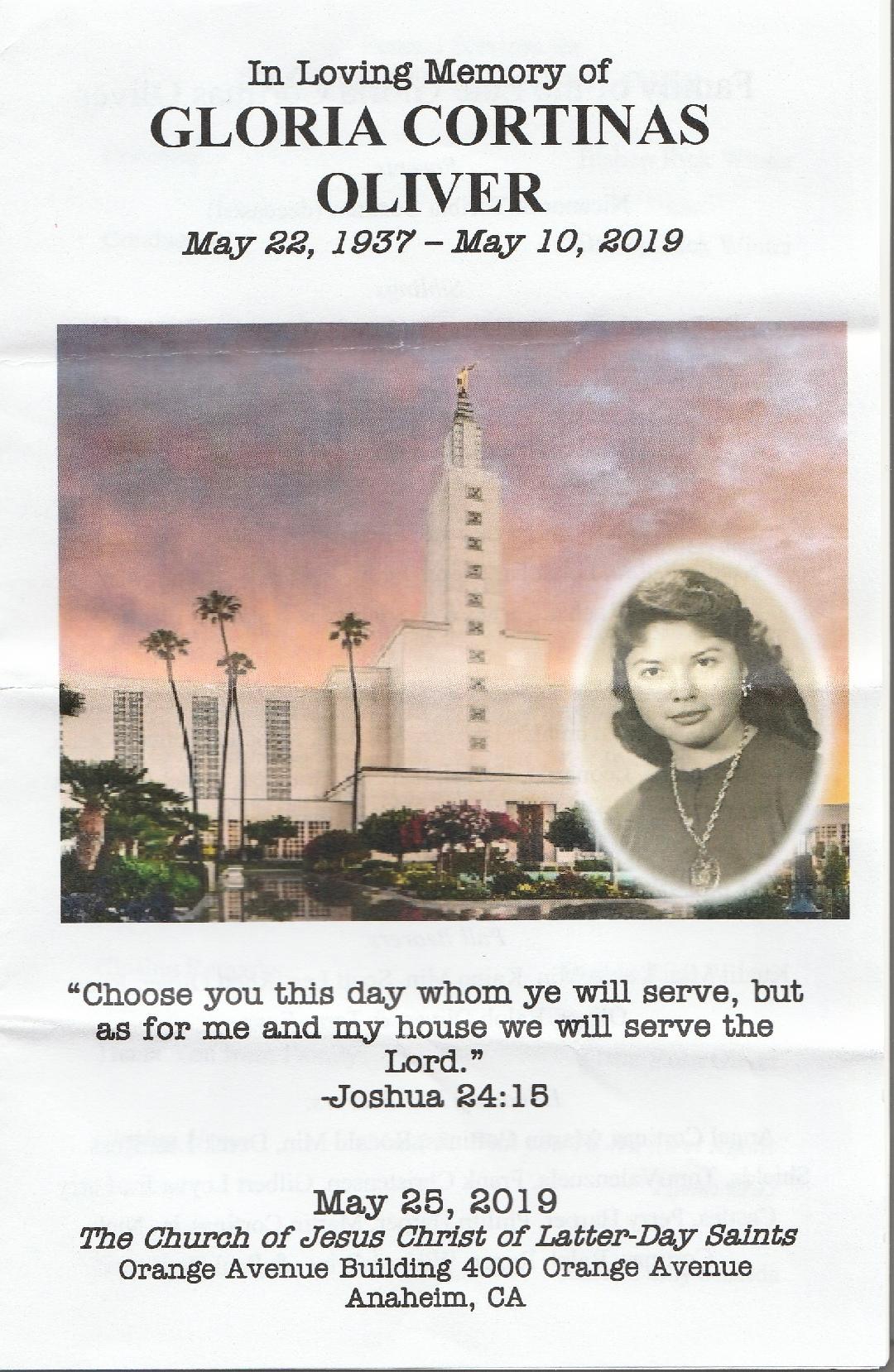
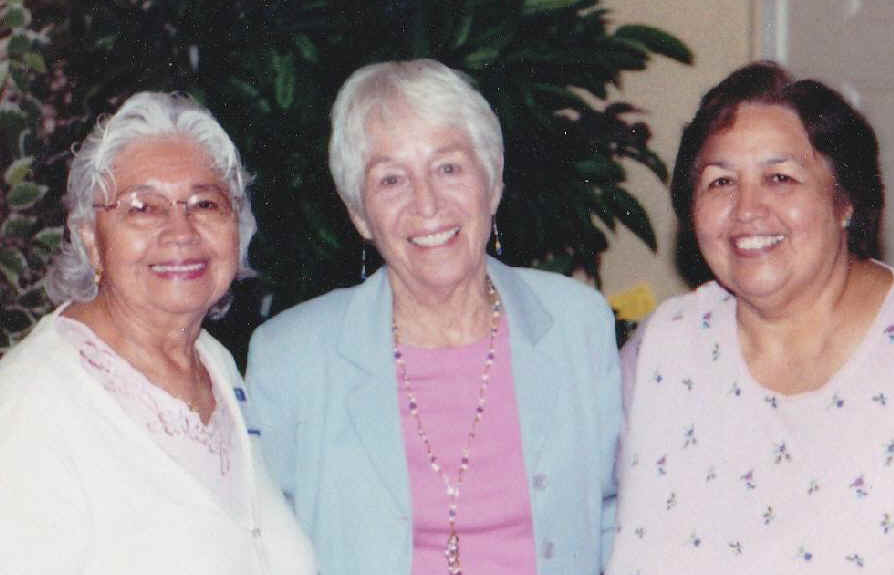
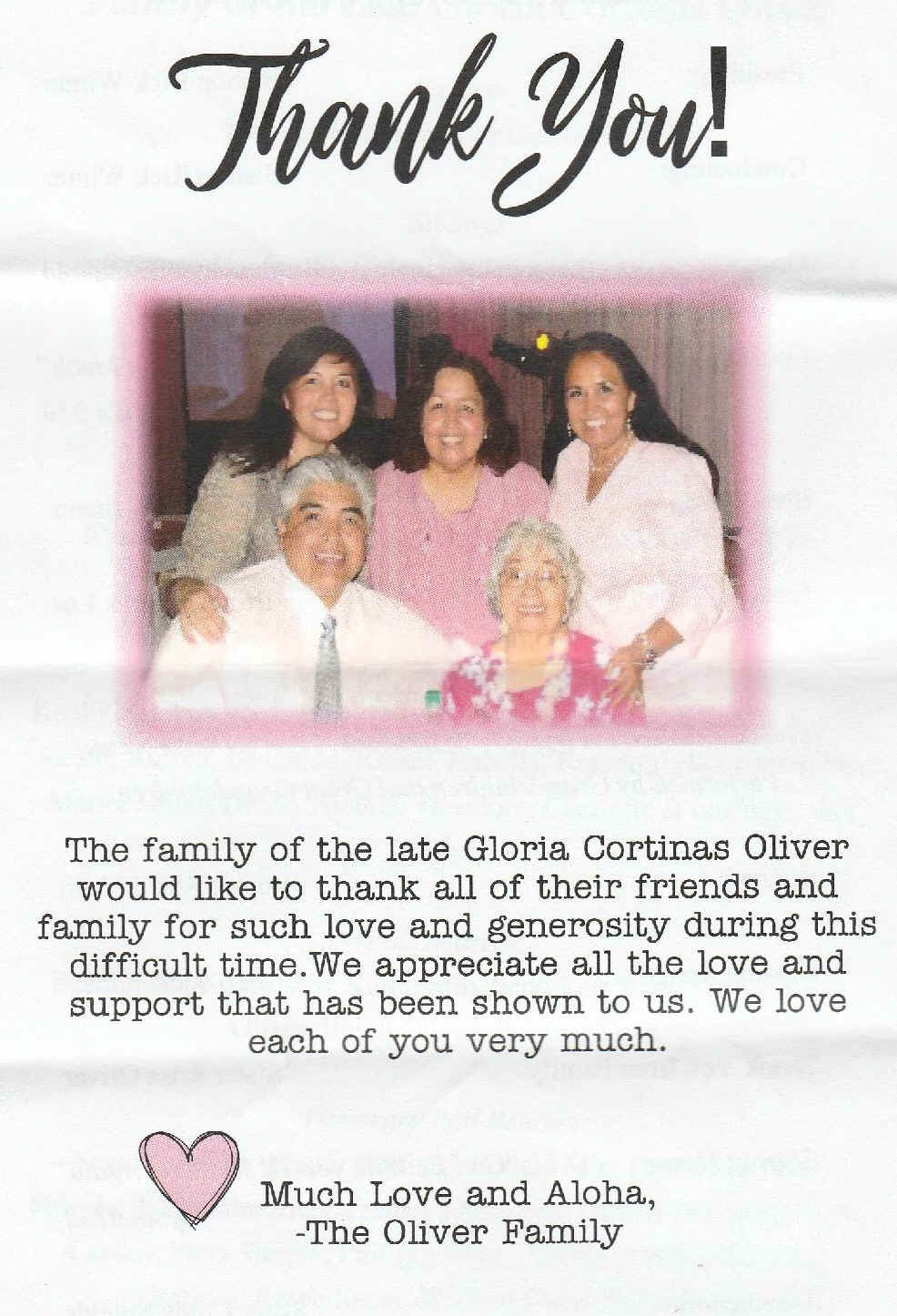
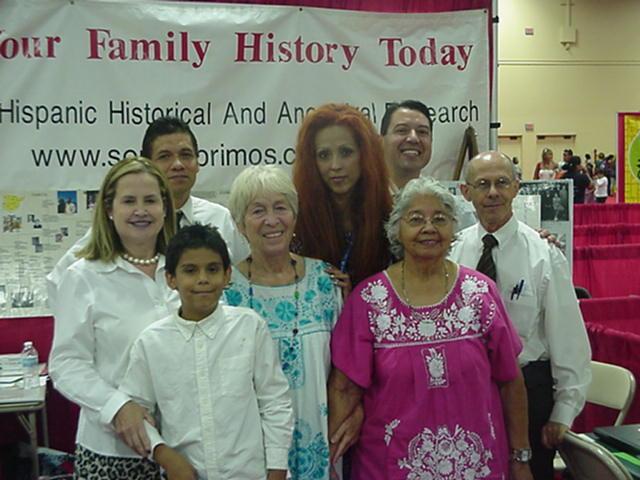
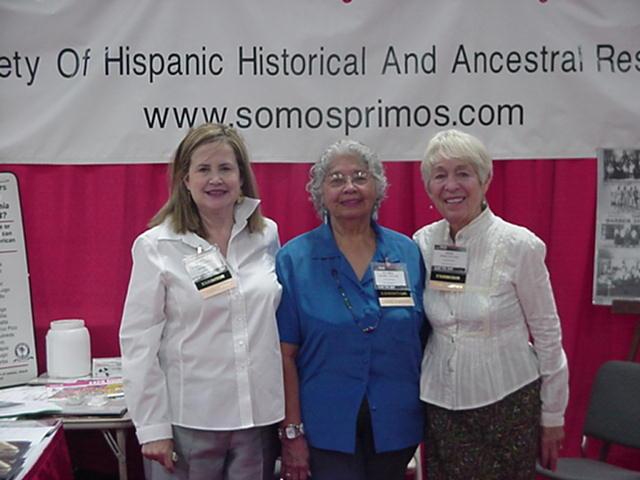
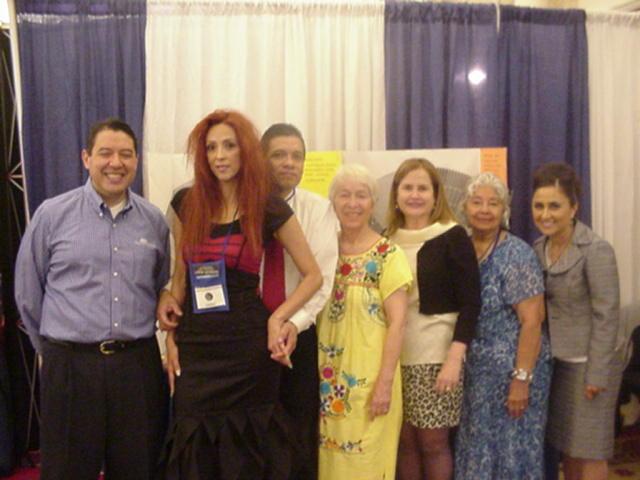

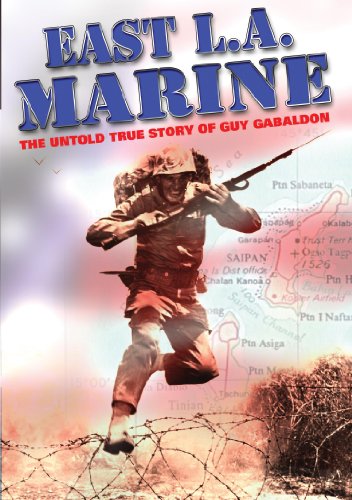
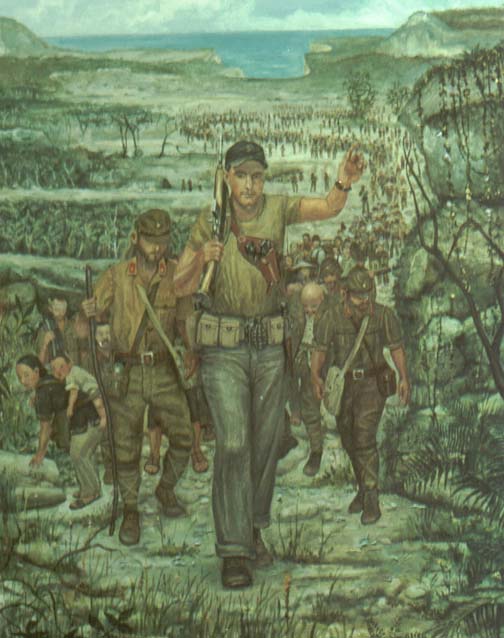
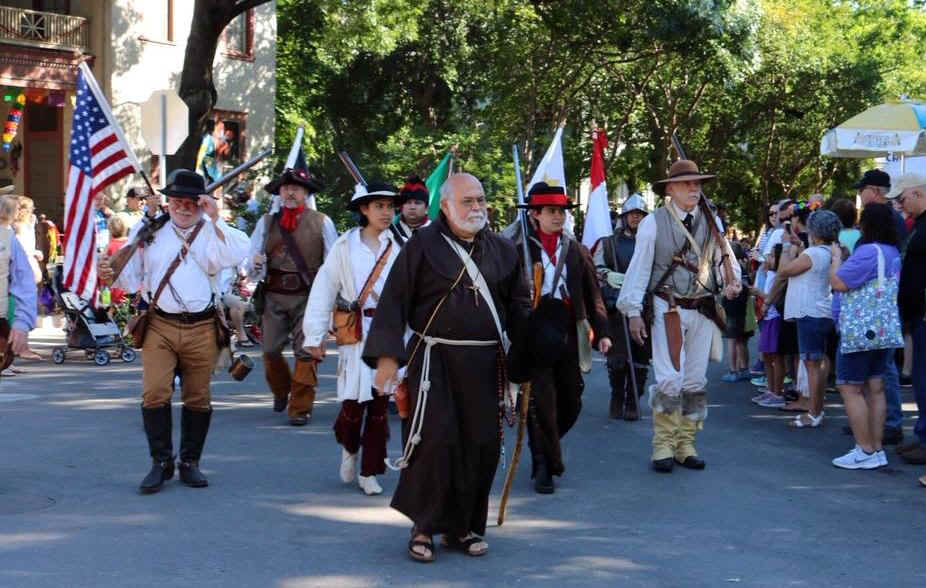
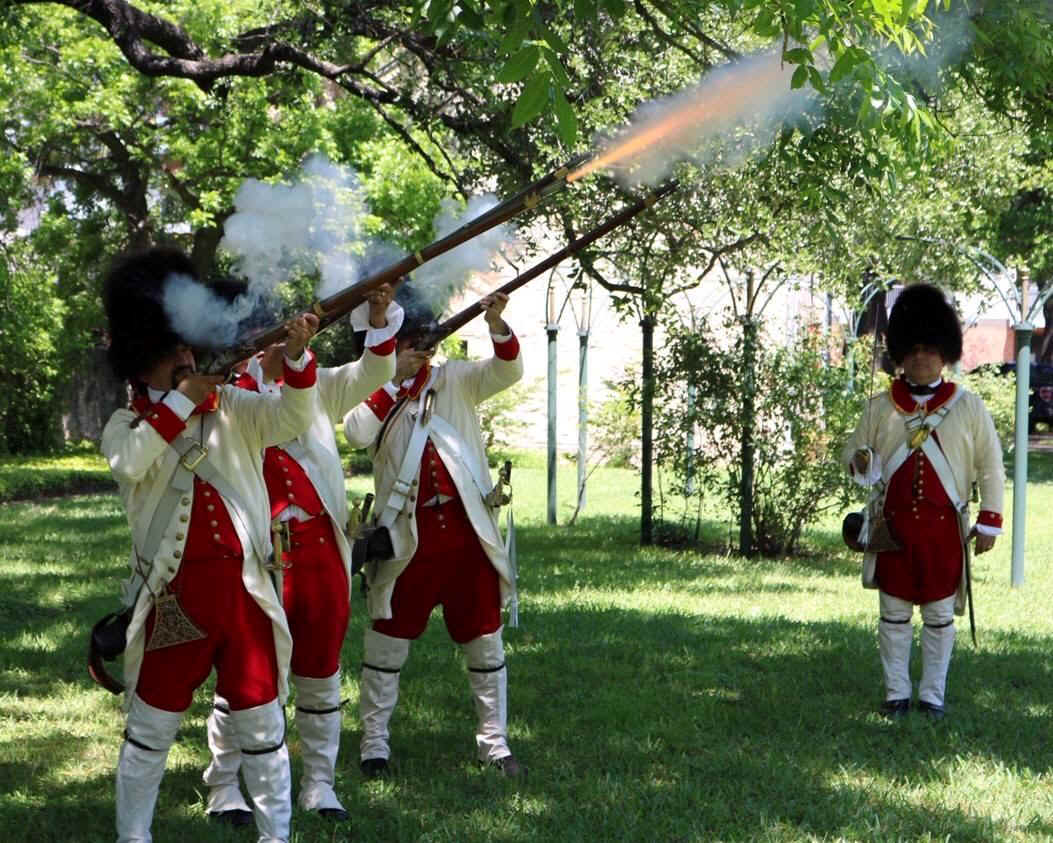
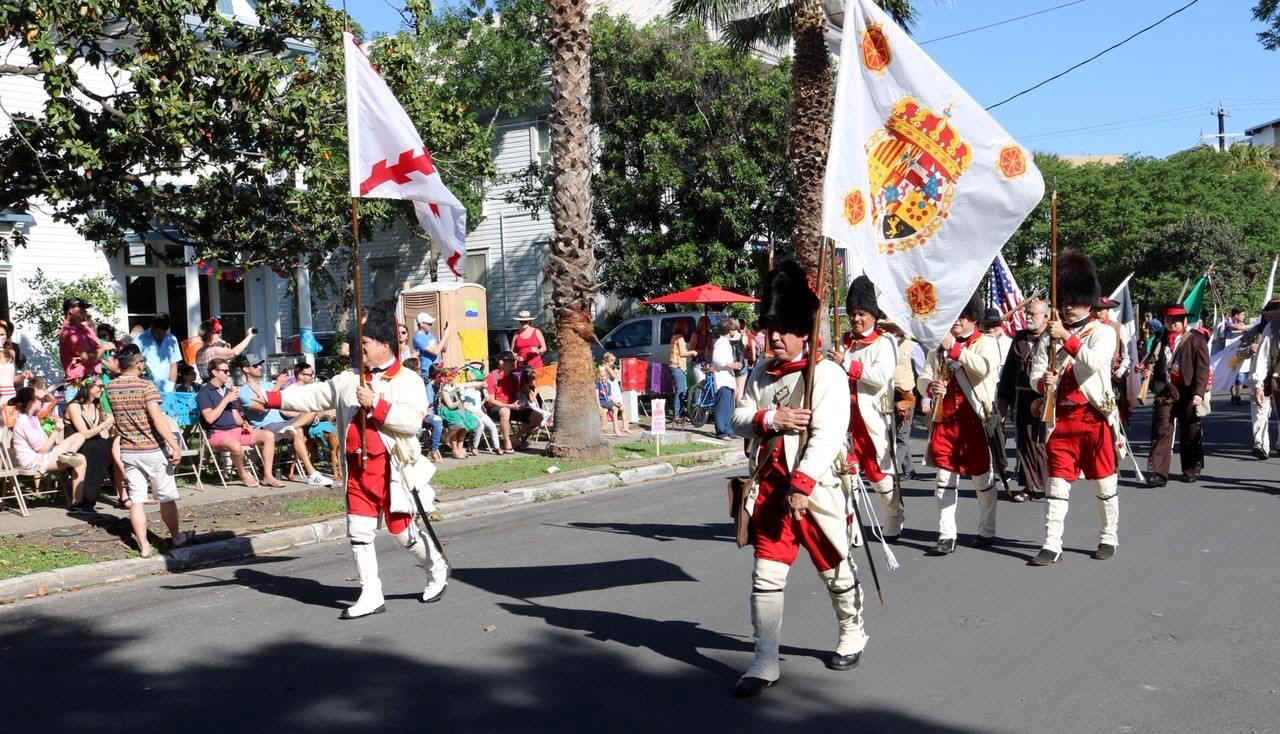




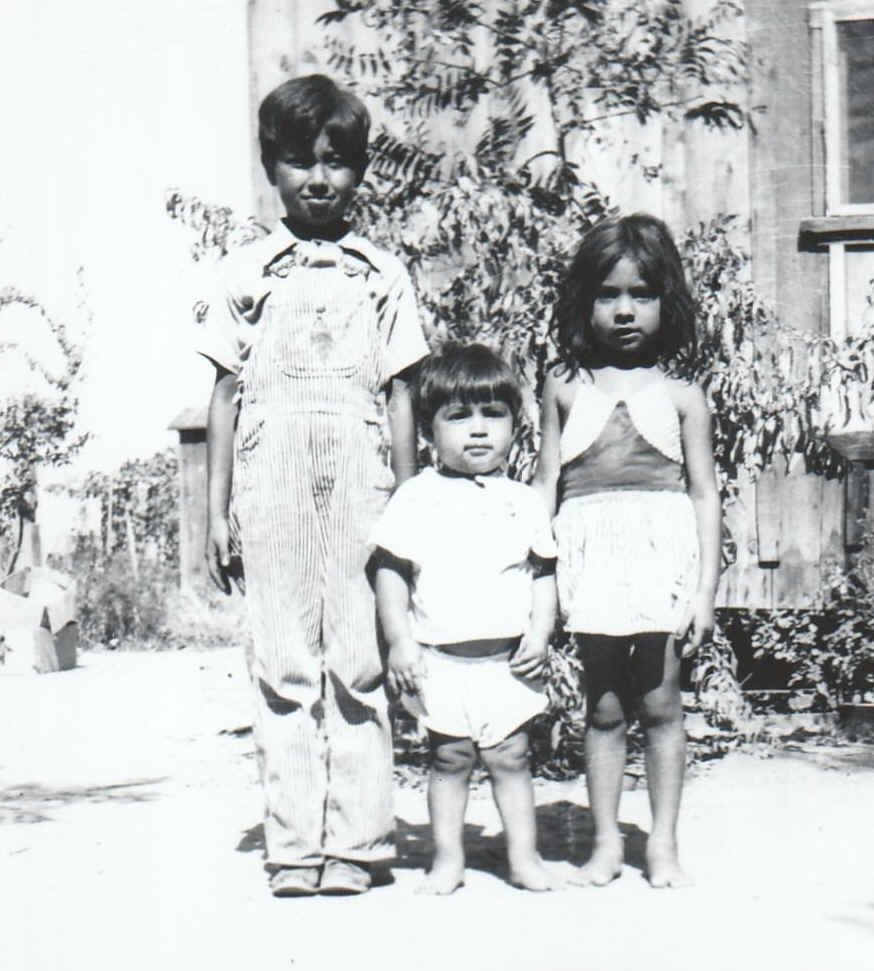
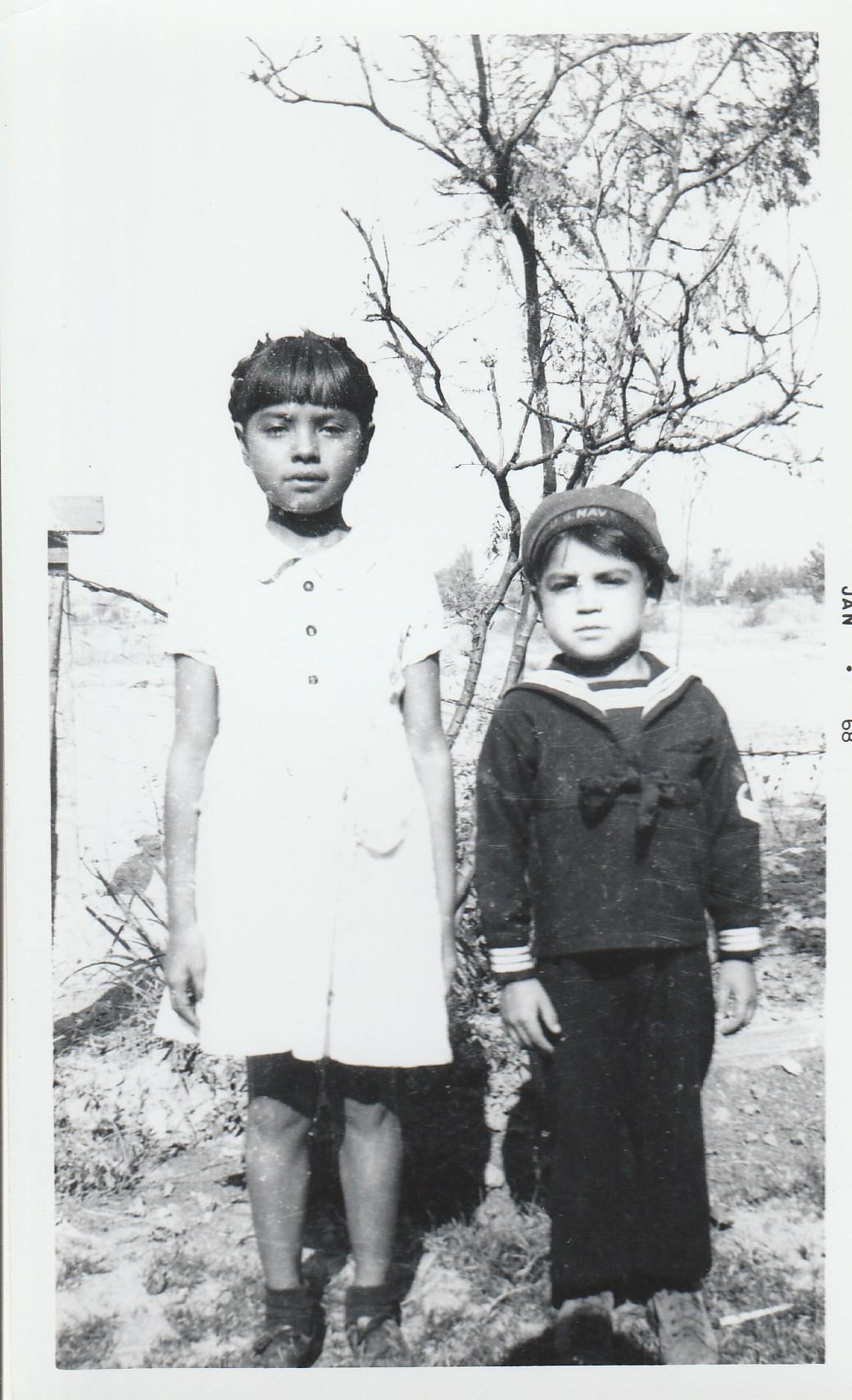
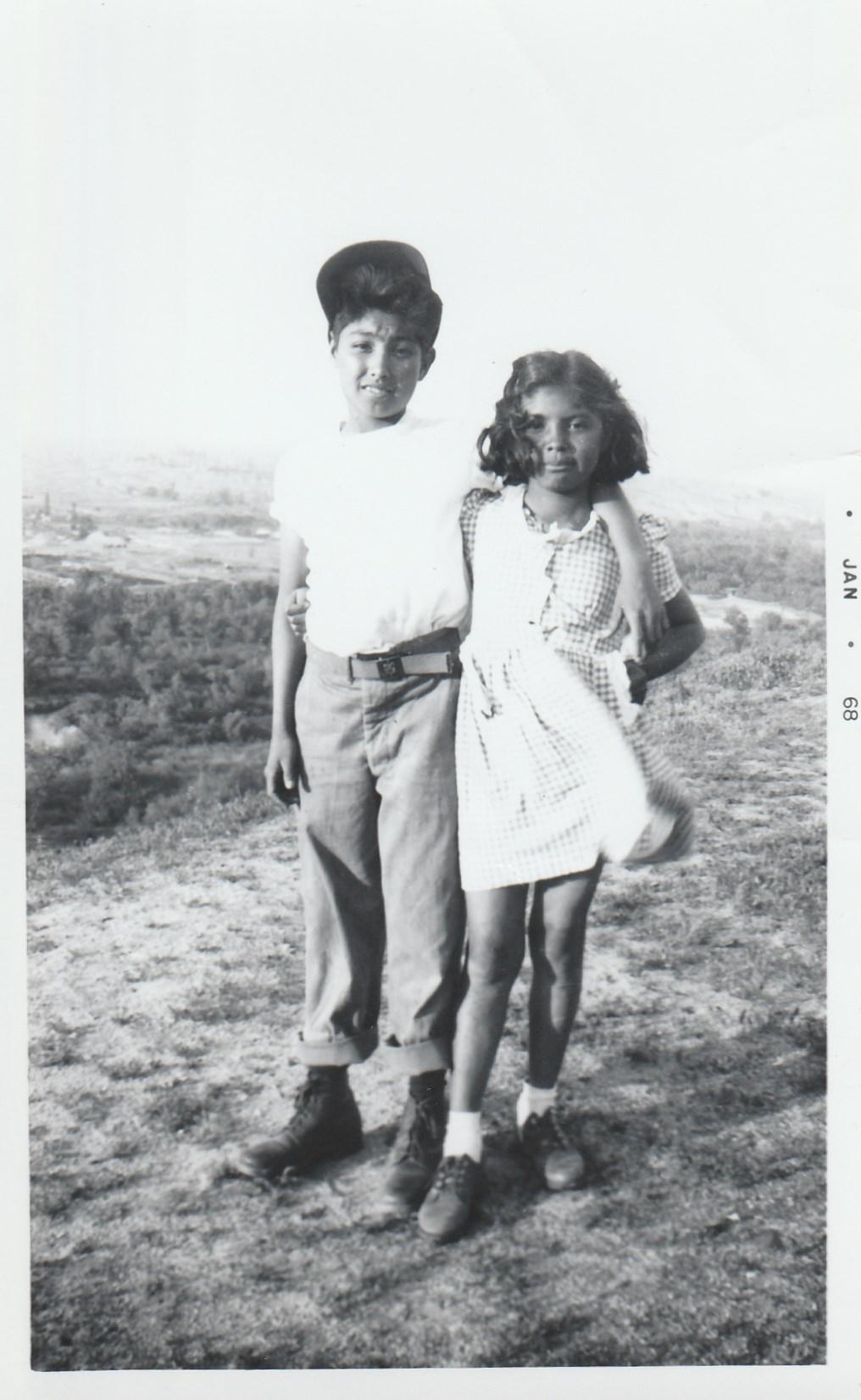
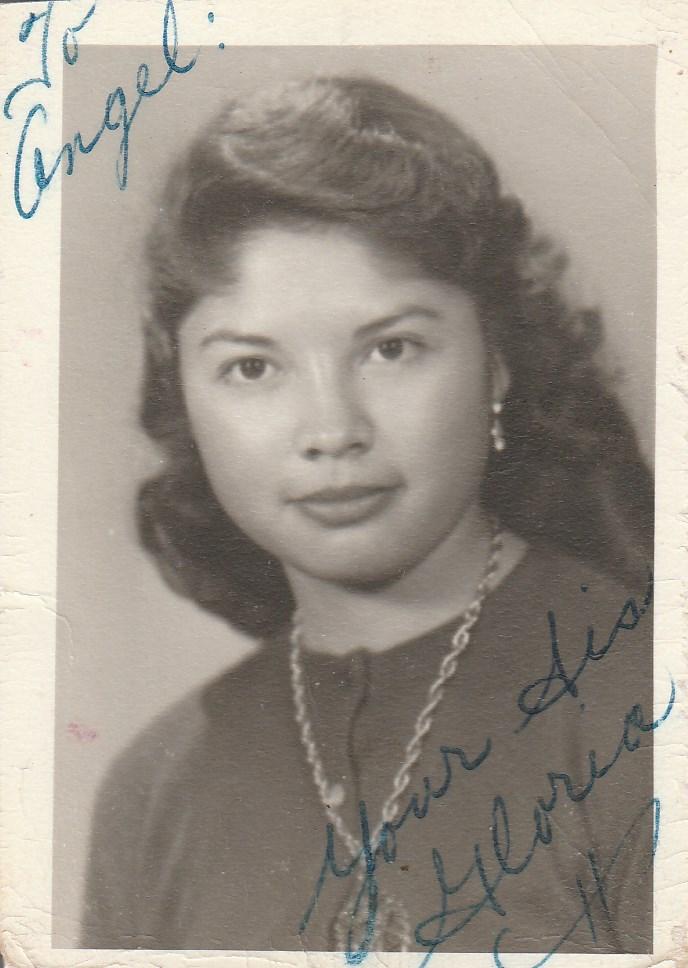
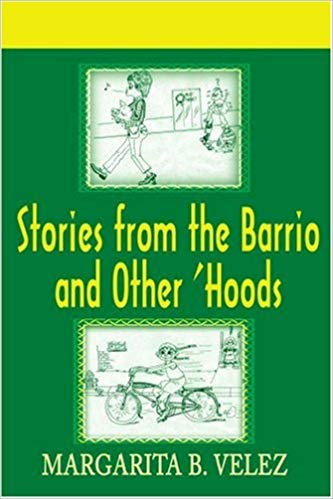 STORIES FROM THE BARRIO AND OTHER 'HOODS began as a collection
of stories for Margarita Velez' children. She moved around the
country with her husband and feared the children would miss
the family hearth she experienced as a child. She wrote a
permanent record of the people, customs and traditions that
were integral in her life. Margarita Velez weaves her
recollections of Abuelita, Mama, Papa and his exploits in the
war and an assortment of relatives and other people who
influenced her life. There's the man who sold bananas and
painted his philosophy on cardboard signs nailed to the
horsedrawn wagon. In charming, poignant stories, Velez tells
about growing up in El Paso, Texas where the international
flavor of the desert city blends like a good salsa, with
enough spice to whet anybody's appetite. Readers will enjoy
Margarita's stories because they are told in a way that makes
everyone relate to them.
STORIES FROM THE BARRIO AND OTHER 'HOODS began as a collection
of stories for Margarita Velez' children. She moved around the
country with her husband and feared the children would miss
the family hearth she experienced as a child. She wrote a
permanent record of the people, customs and traditions that
were integral in her life. Margarita Velez weaves her
recollections of Abuelita, Mama, Papa and his exploits in the
war and an assortment of relatives and other people who
influenced her life. There's the man who sold bananas and
painted his philosophy on cardboard signs nailed to the
horsedrawn wagon. In charming, poignant stories, Velez tells
about growing up in El Paso, Texas where the international
flavor of the desert city blends like a good salsa, with
enough spice to whet anybody's appetite. Readers will enjoy
Margarita's stories because they are told in a way that makes
everyone relate to them.

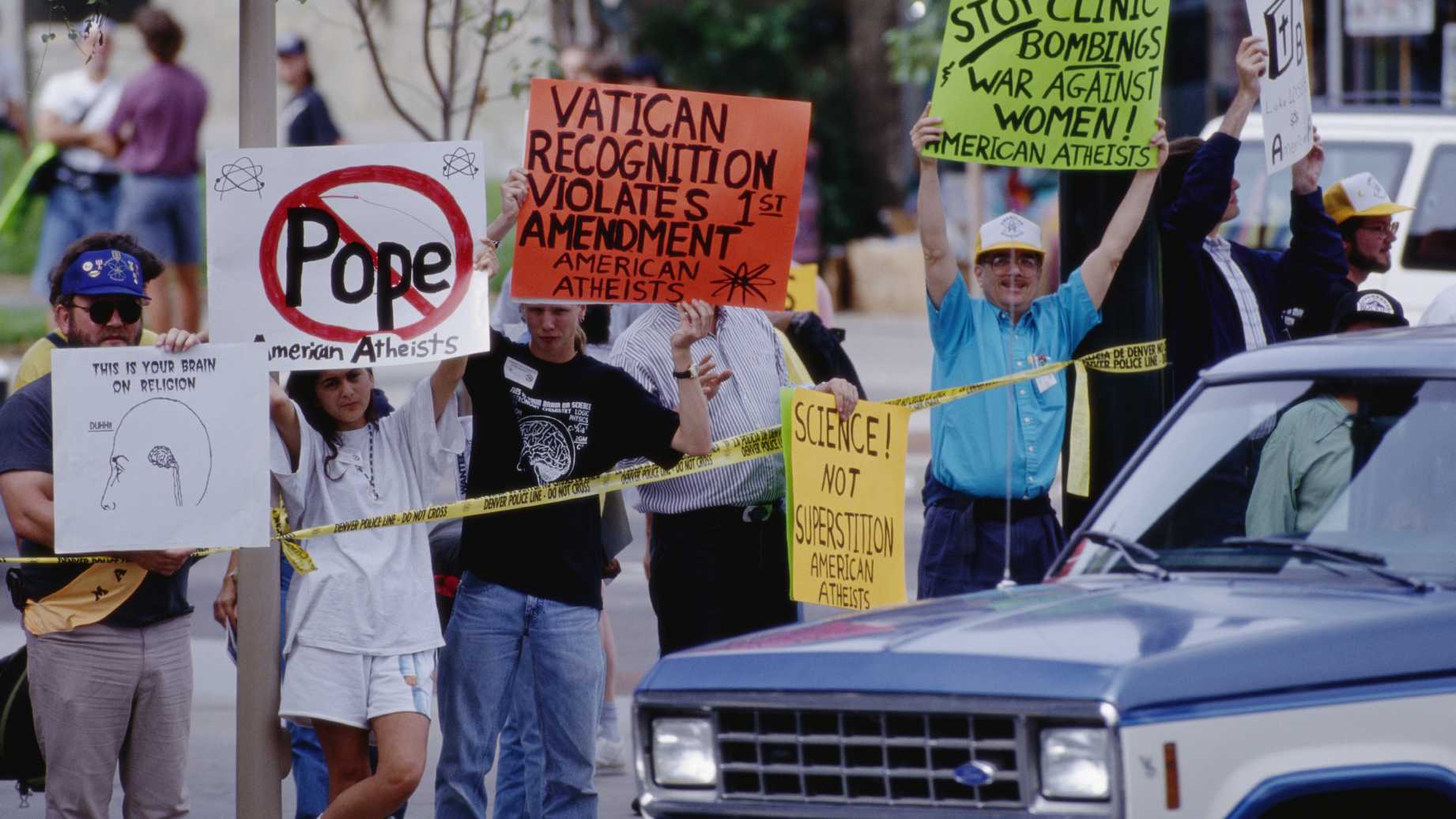


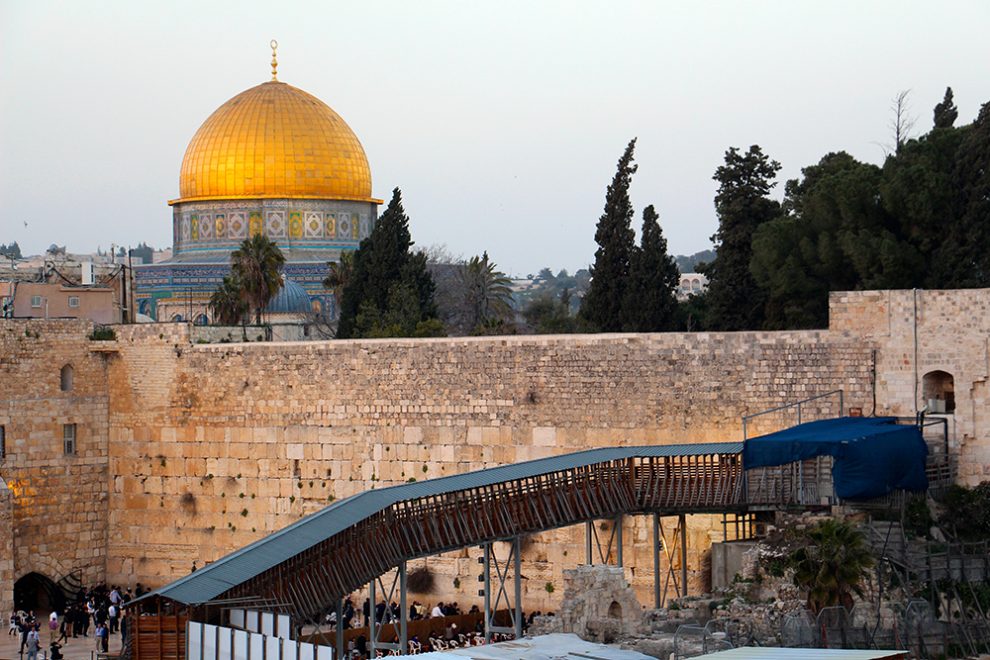
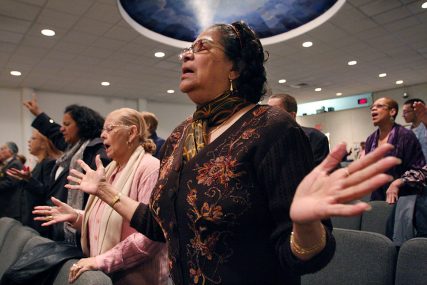
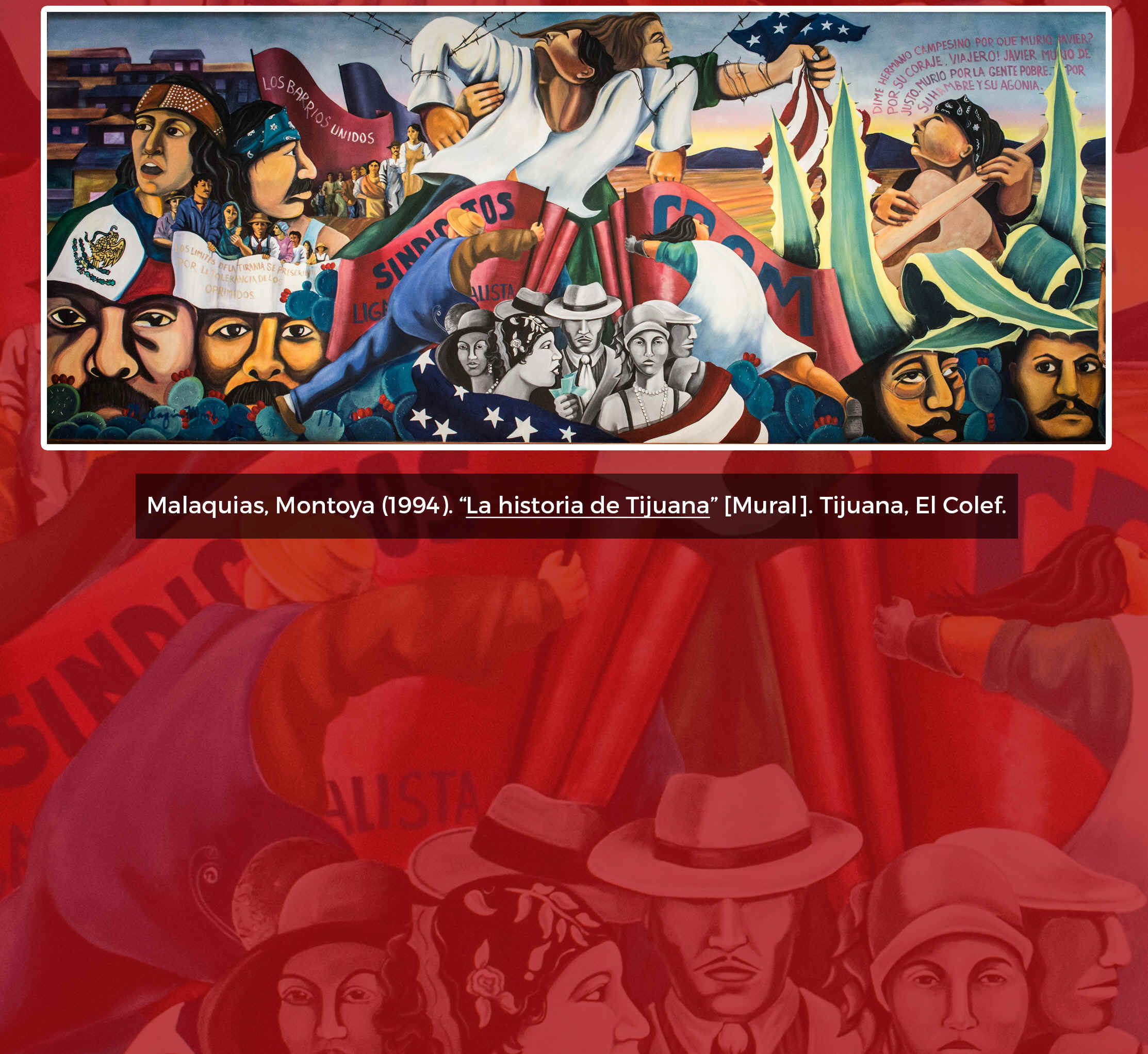

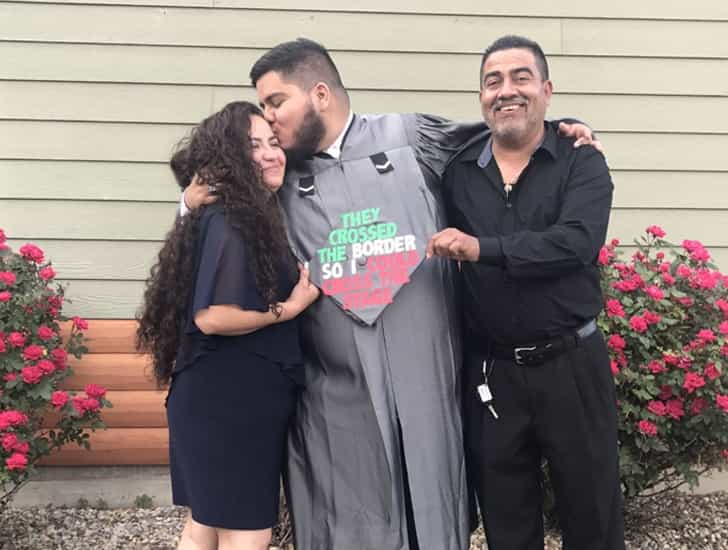

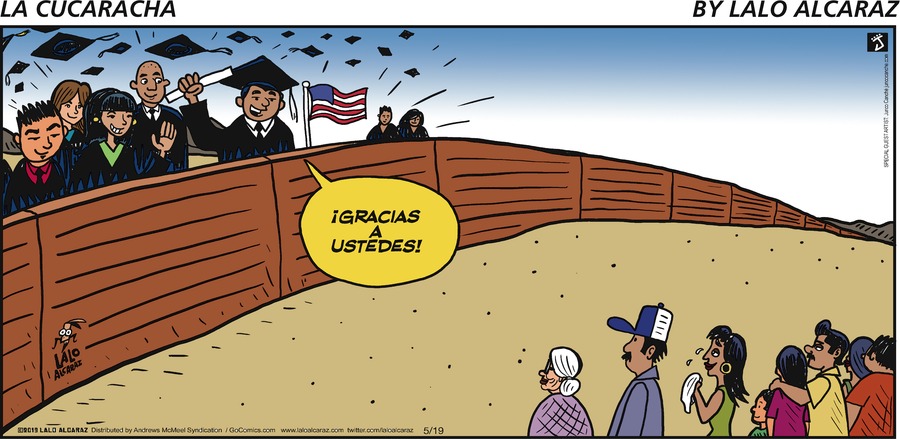

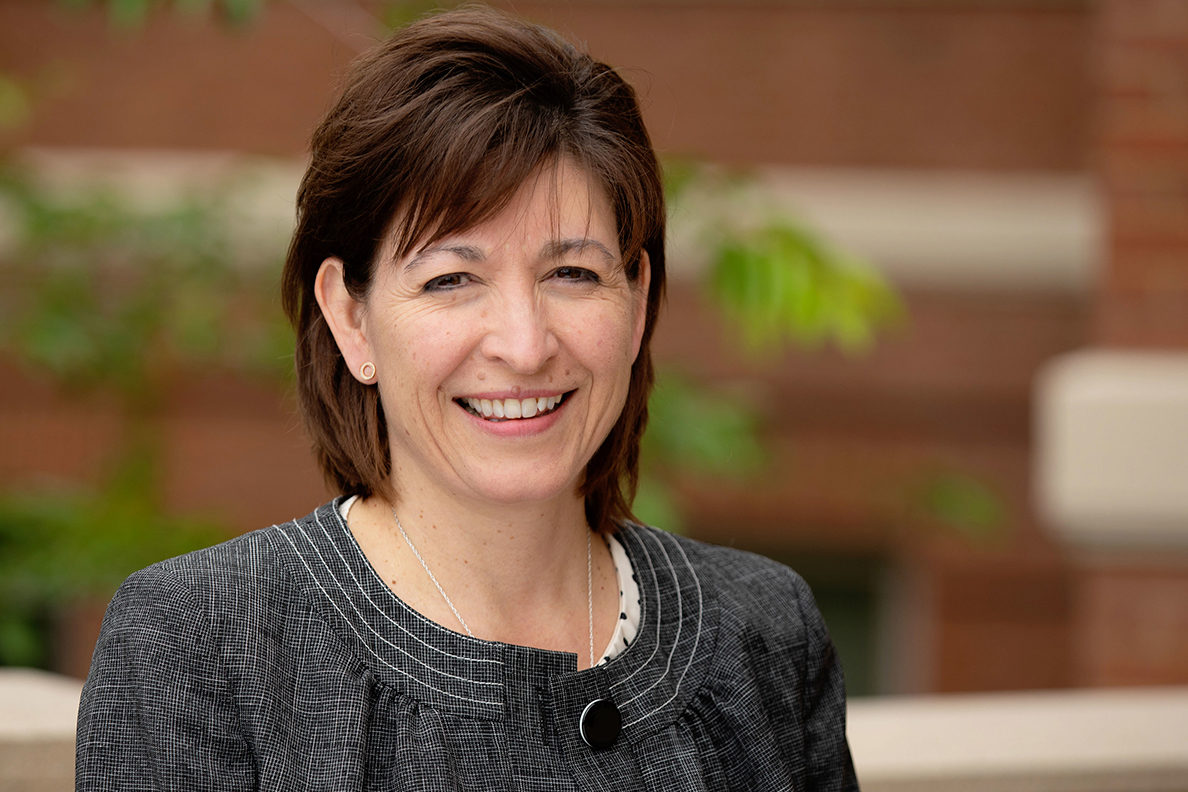
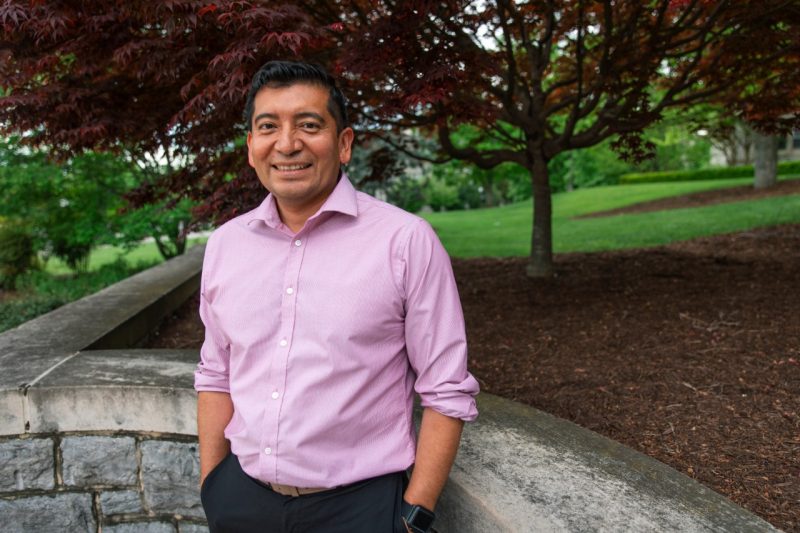
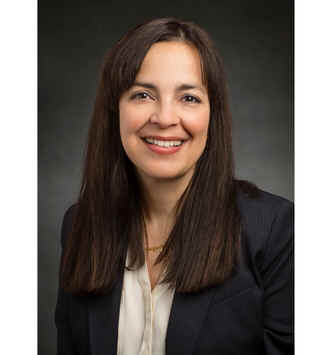
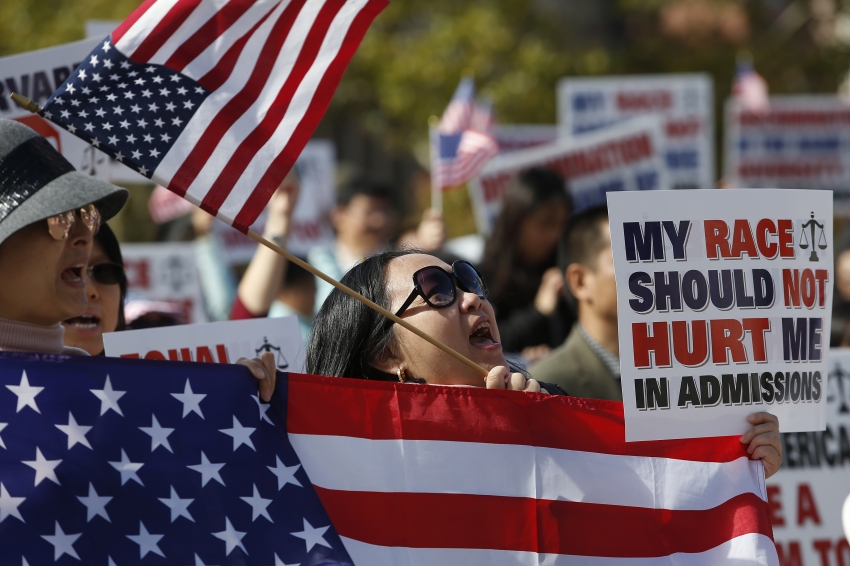
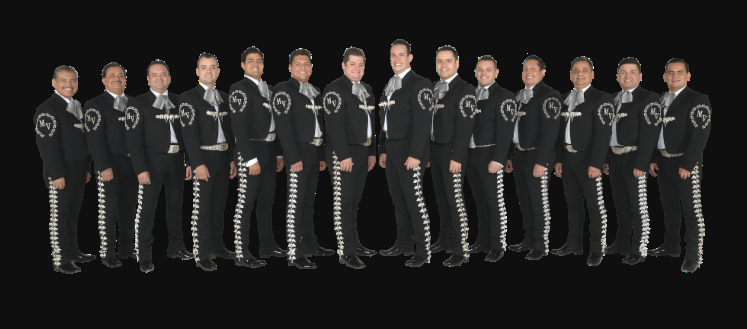
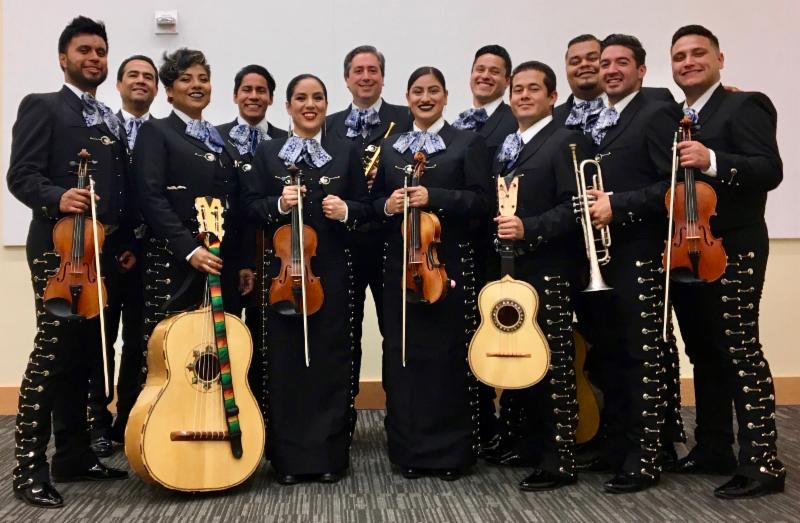

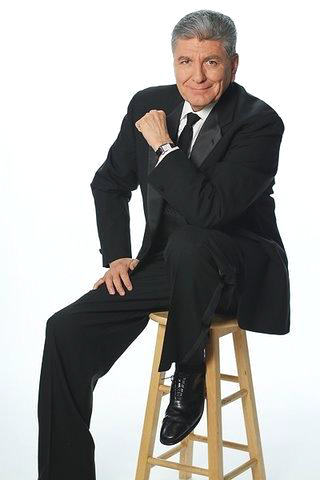

 Texas:
A Musical Journey eBook
Texas:
A Musical Journey eBook
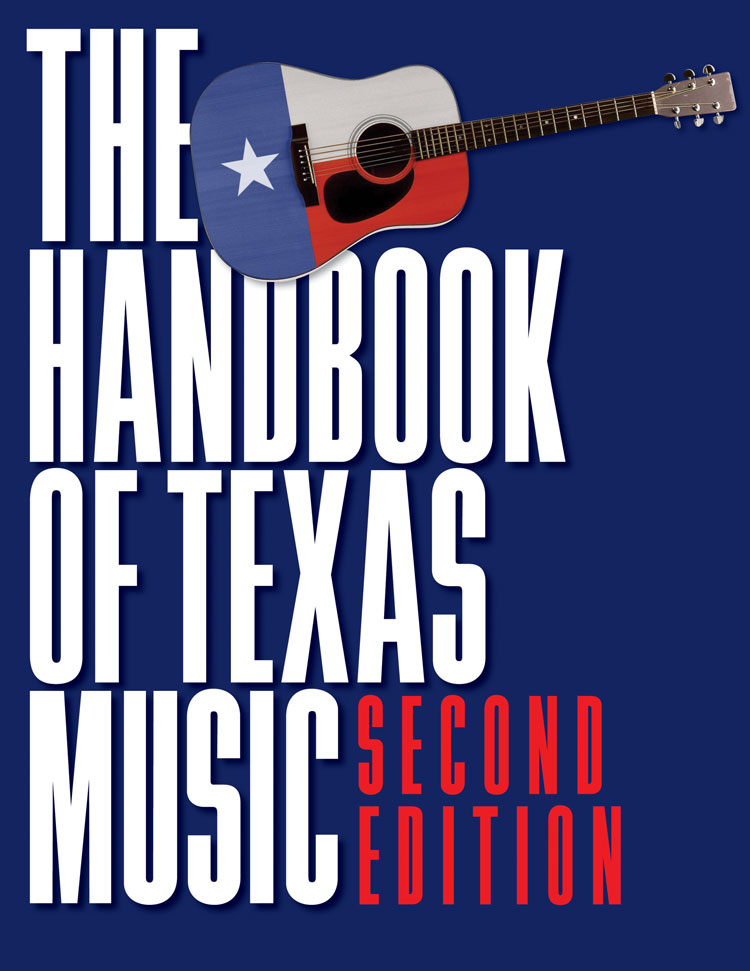
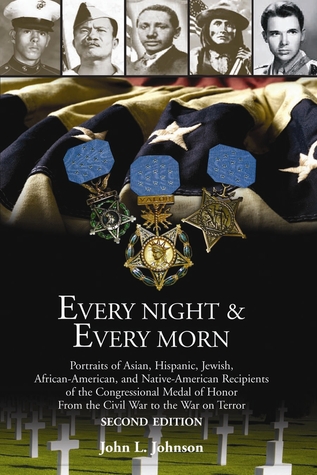
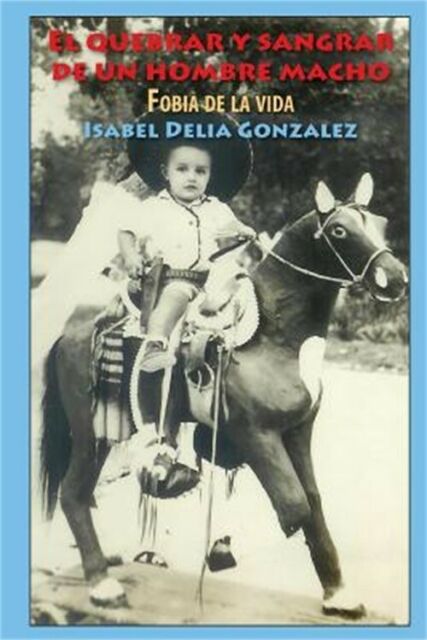




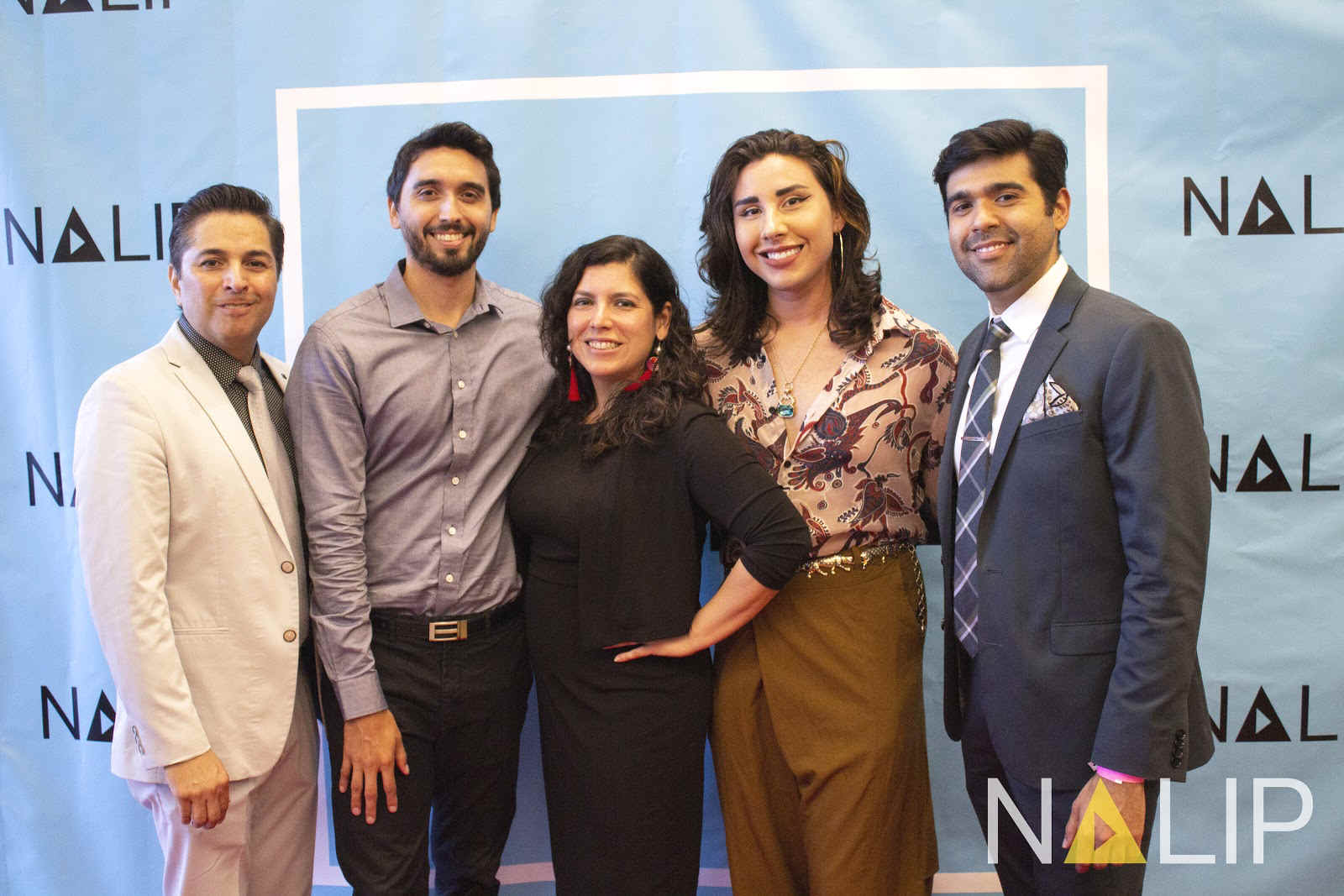


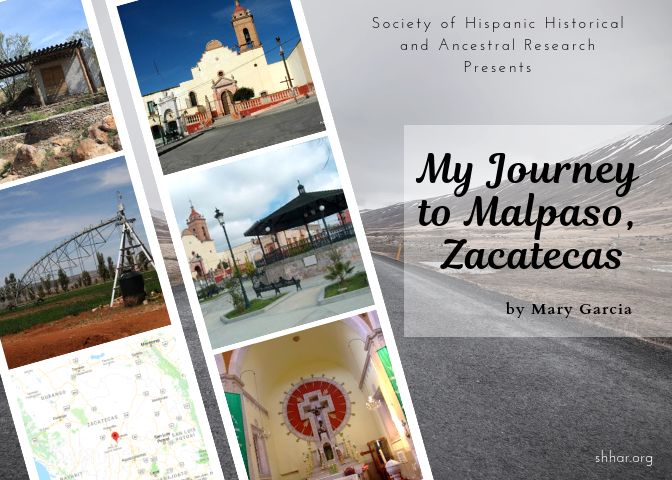
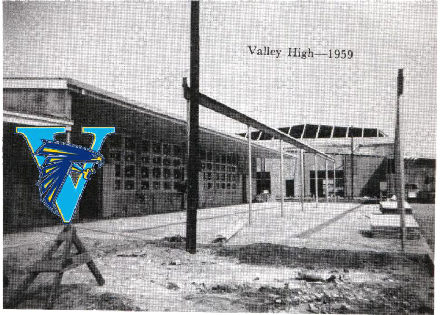

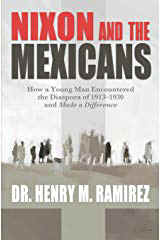
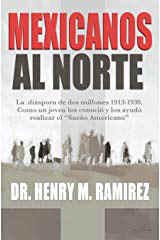
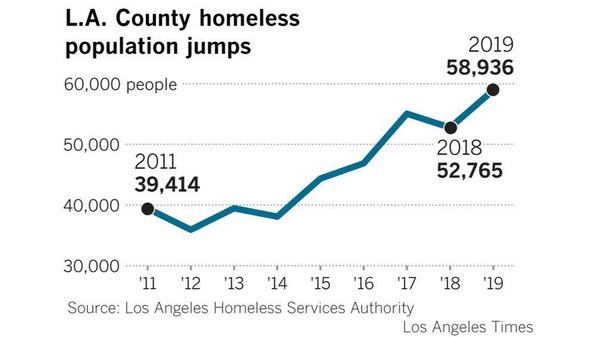
 =
=
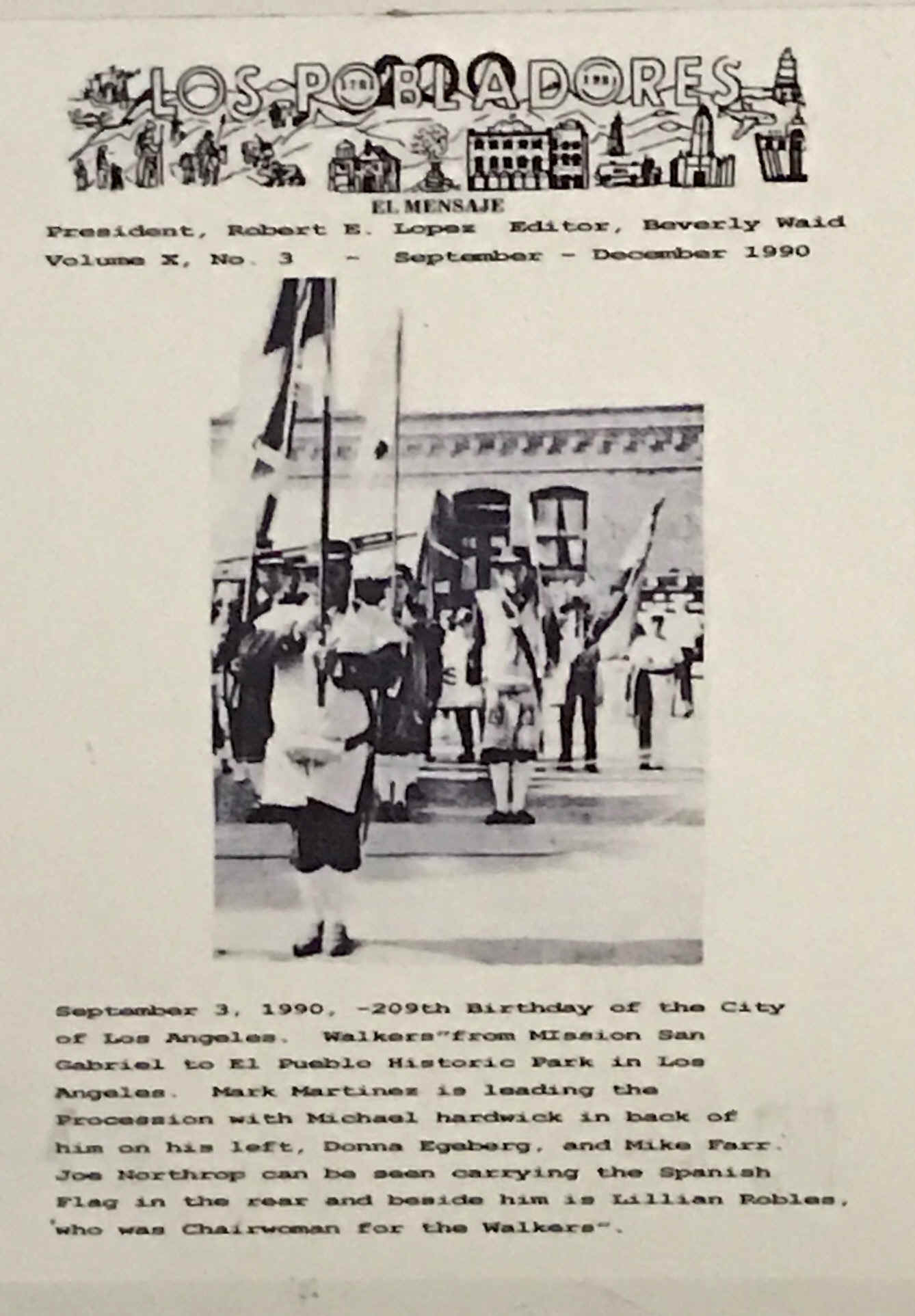
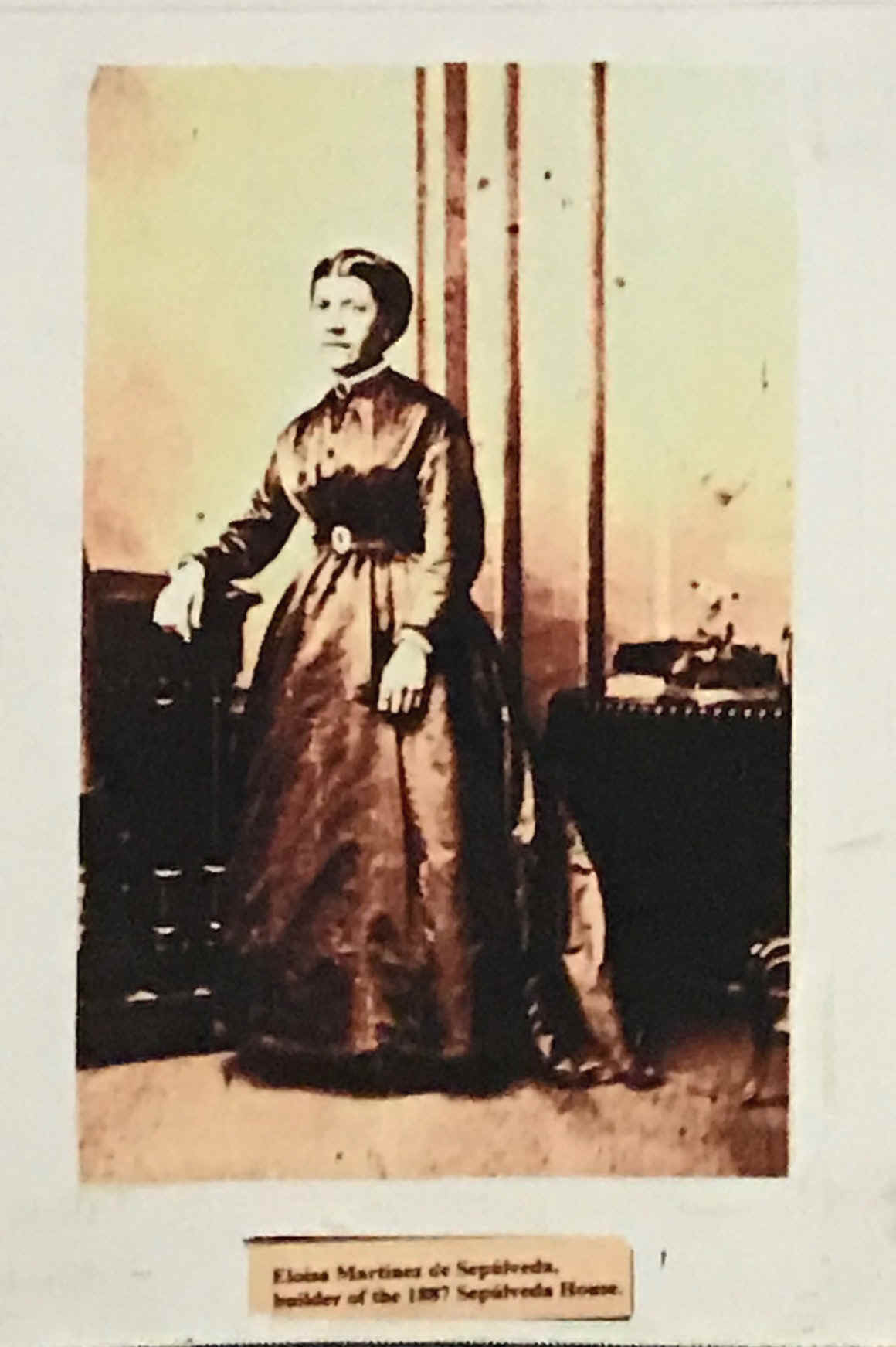

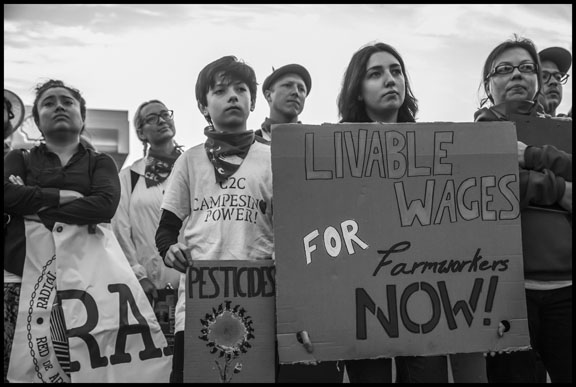
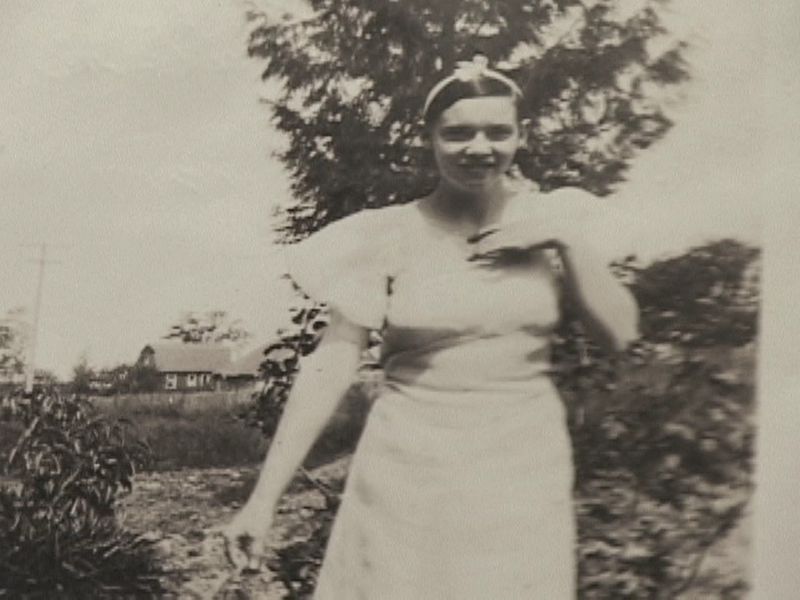
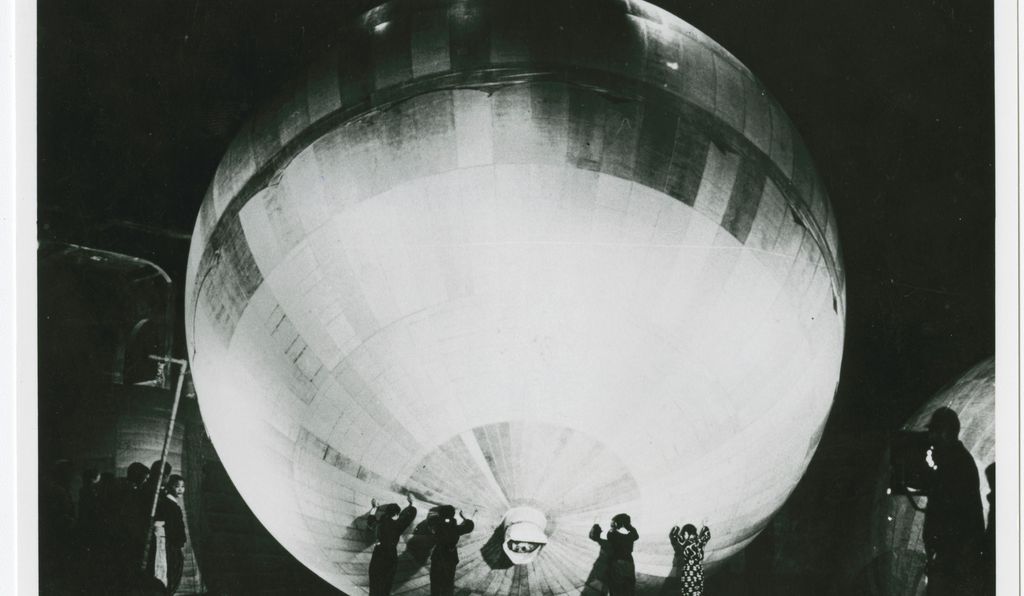
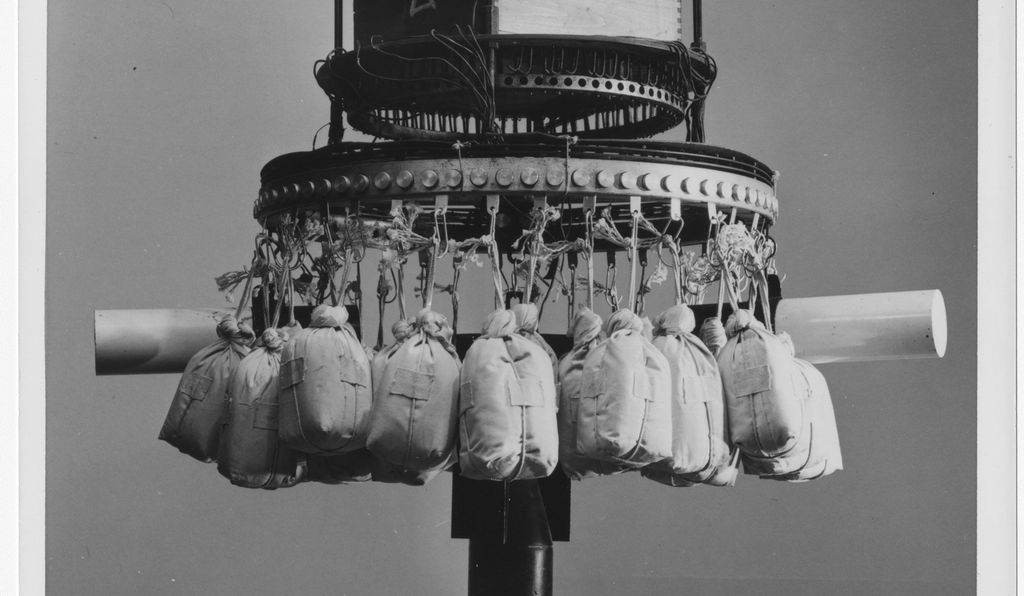
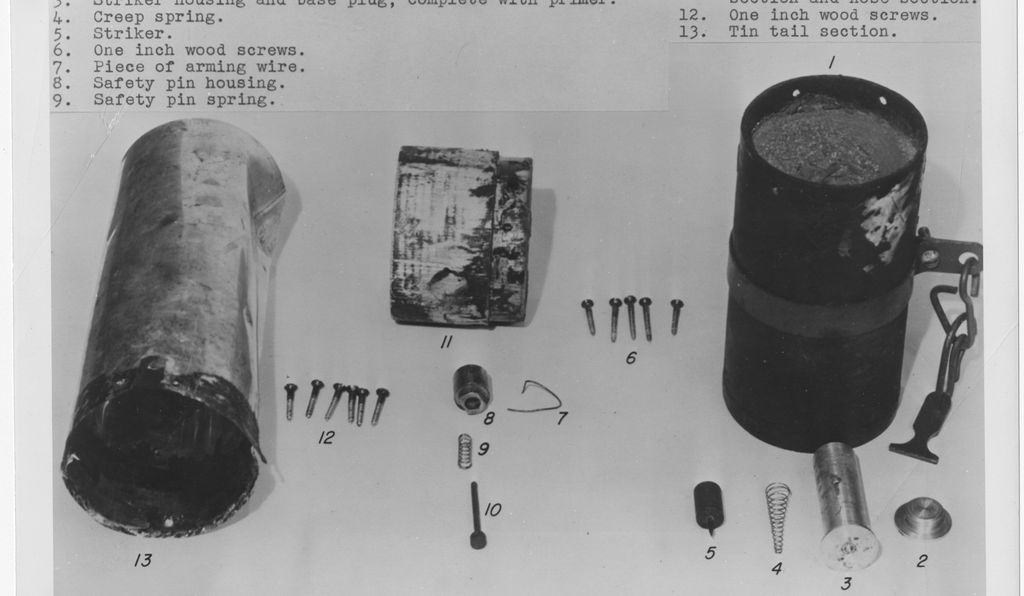
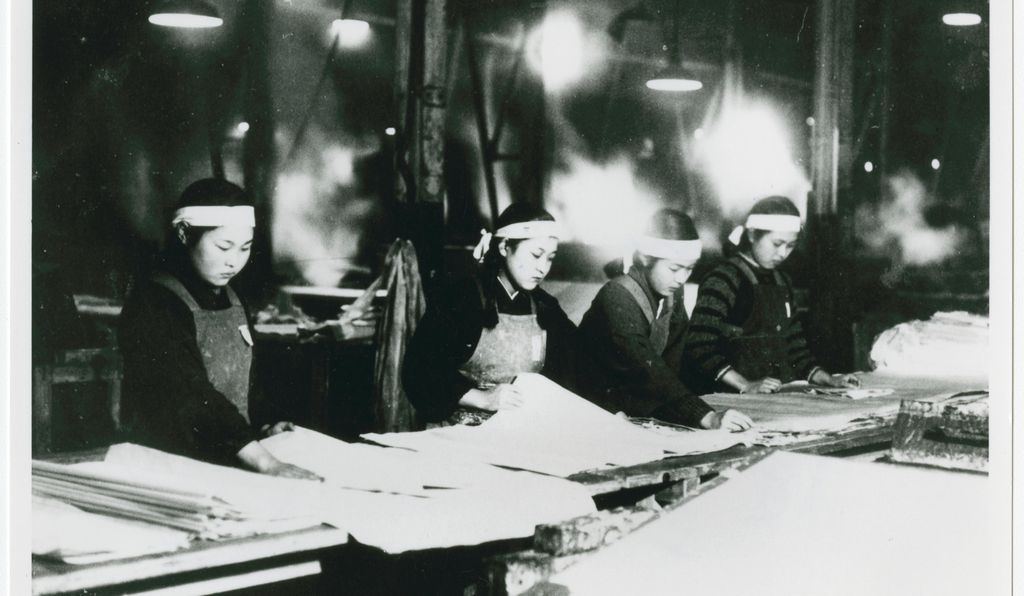
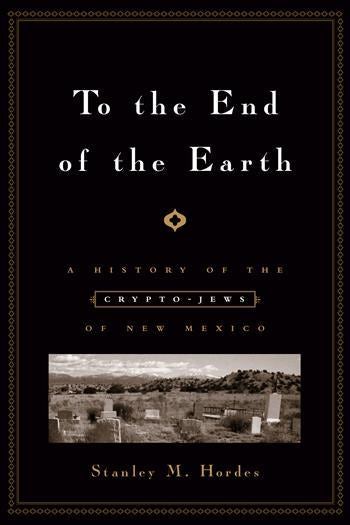
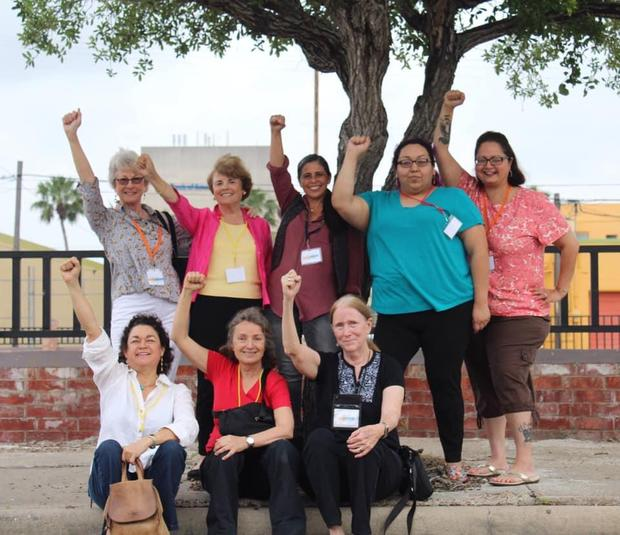
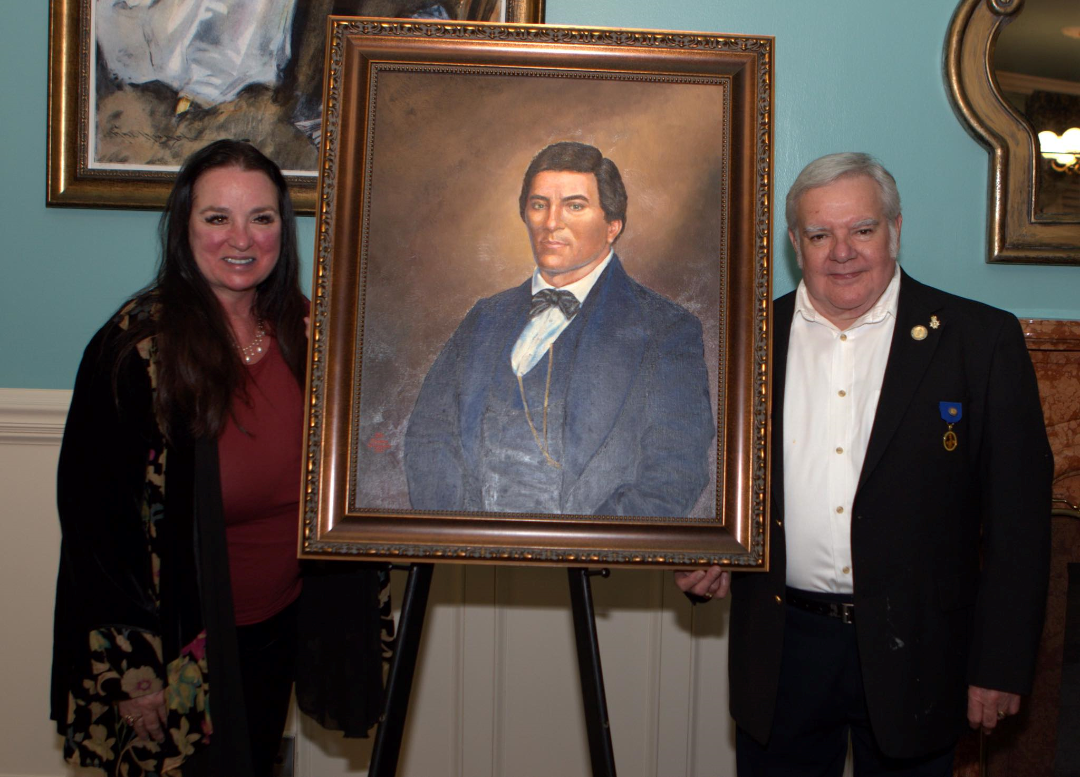
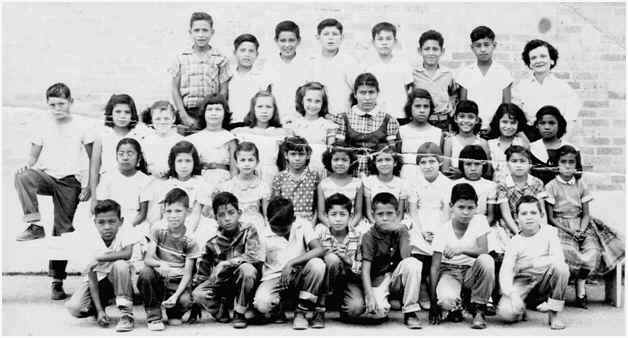
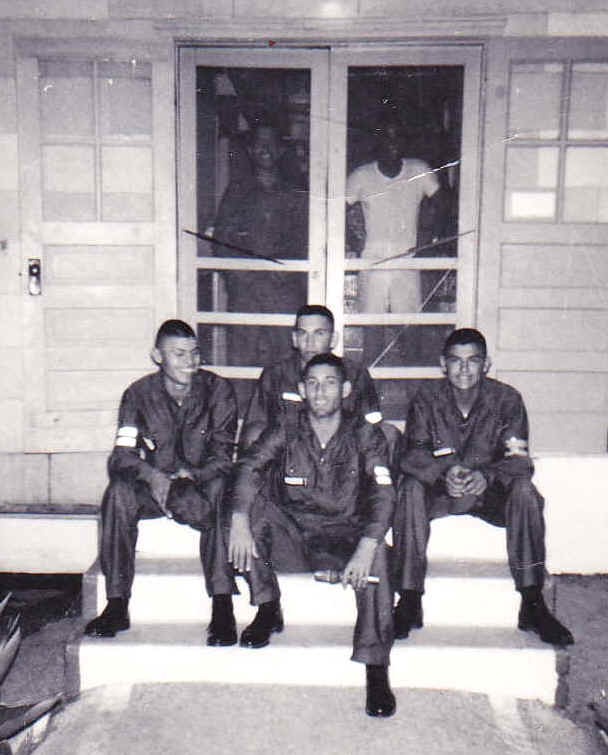
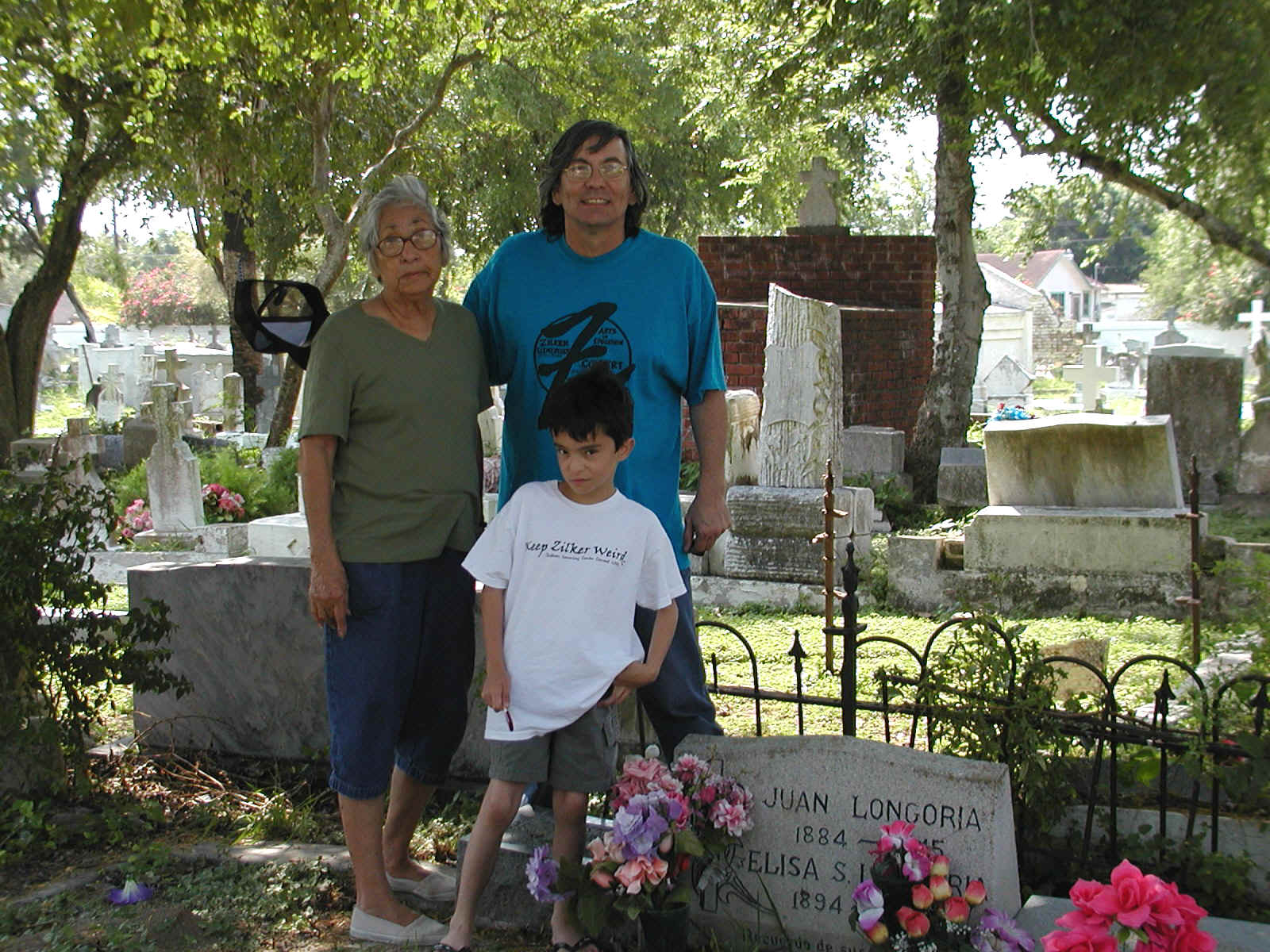

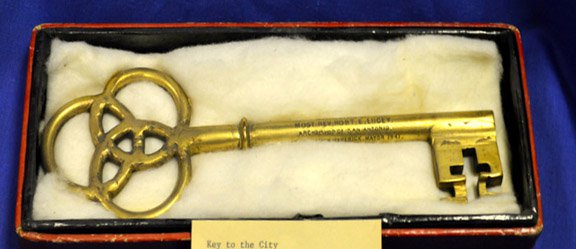

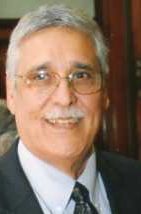
 As
do the short stories and novels identified with (among others)
As
do the short stories and novels identified with (among others) 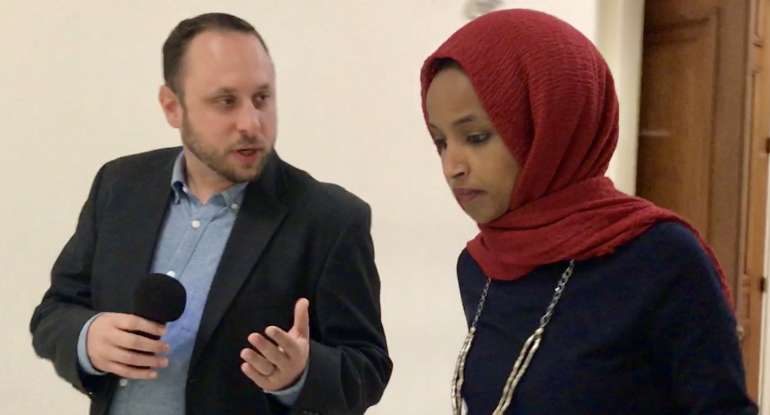
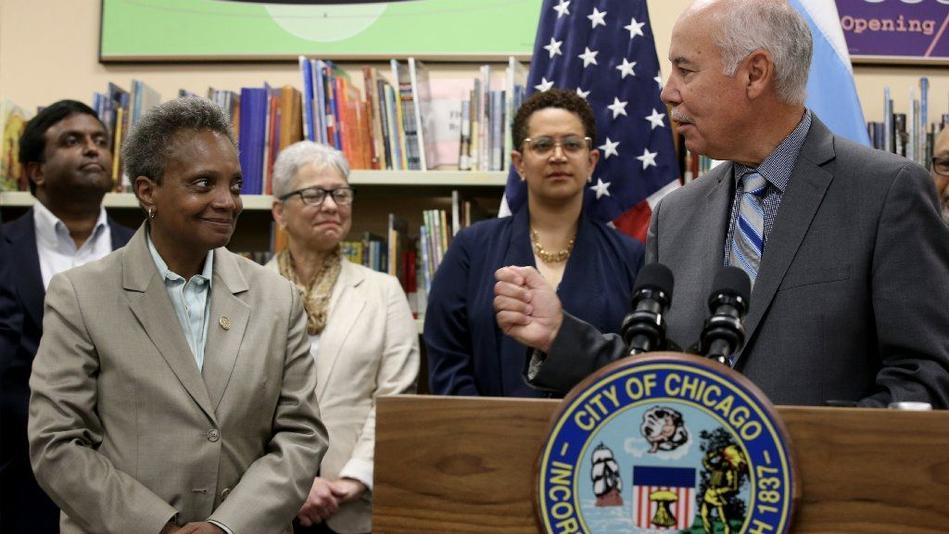
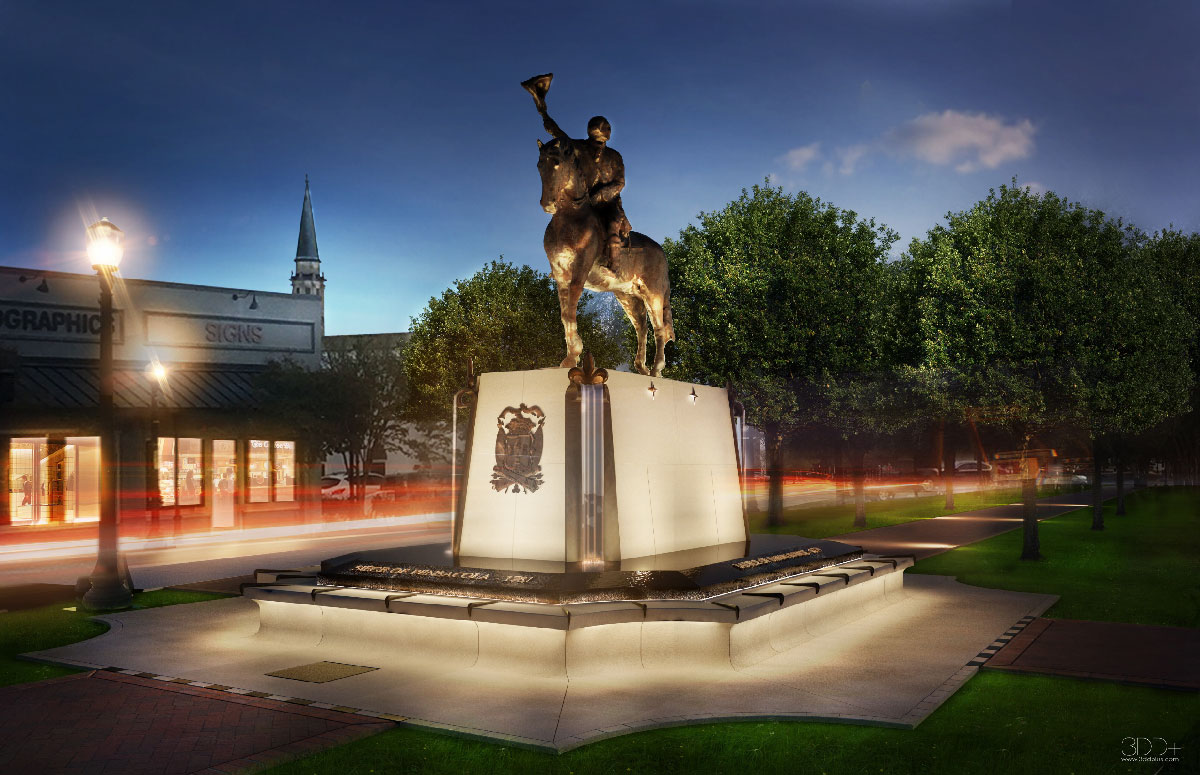
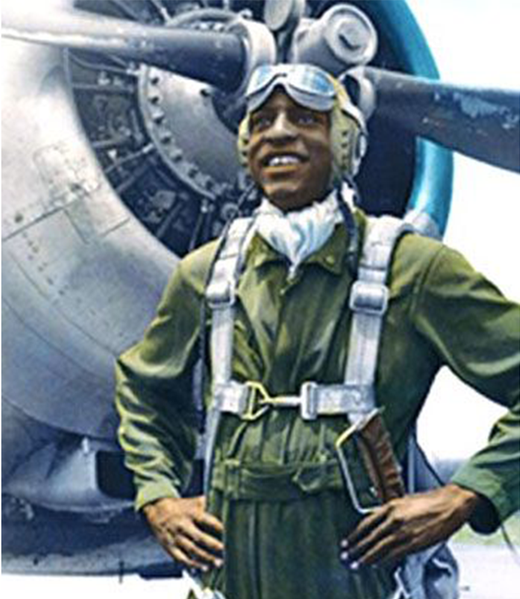
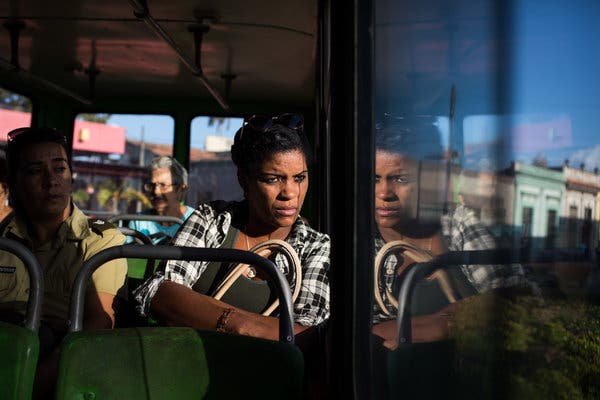
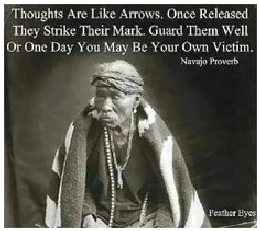
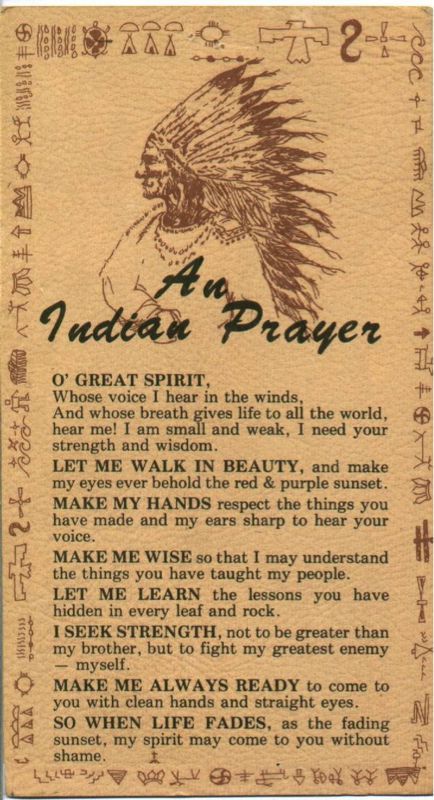
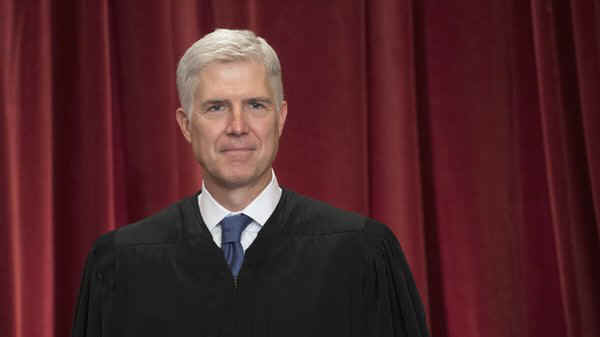

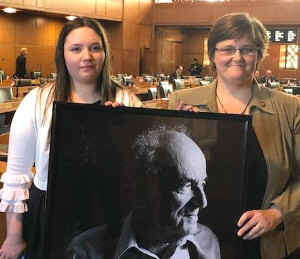 Claire
Sarnowski getting legislation passed,
Claire
Sarnowski getting legislation passed,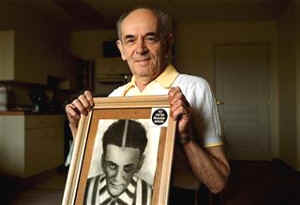 Alter
Wiener holds up a photo of himself taken in July 1945, two months after
he was liberated from a Nazi death camp,
Alter
Wiener holds up a photo of himself taken in July 1945, two months after
he was liberated from a Nazi death camp,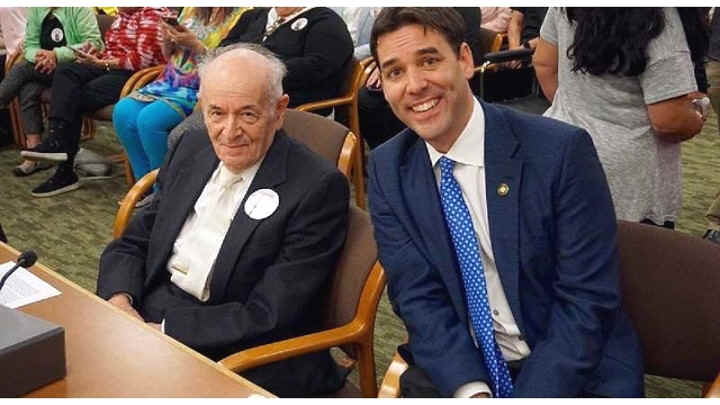
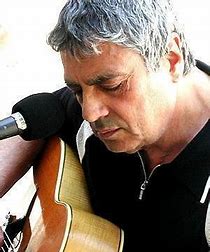 Enrico
Macias is a celebrated musician and a globally admired cultural figure.
Thanks to the universality of his art and his ability to project,
through a microphone, his warm personality, people from different
cultural backgrounds and various walks of life in the Middle East,
Europe, and the United States enjoy Macias’ music. But even though he
is now an international star, Macias, born Gaston Ghrenassia in
Constantine, Algeria, in 1938, has never forgotten his Sephardi Jewish
identity.
Enrico
Macias is a celebrated musician and a globally admired cultural figure.
Thanks to the universality of his art and his ability to project,
through a microphone, his warm personality, people from different
cultural backgrounds and various walks of life in the Middle East,
Europe, and the United States enjoy Macias’ music. But even though he
is now an international star, Macias, born Gaston Ghrenassia in
Constantine, Algeria, in 1938, has never forgotten his Sephardi Jewish
identity.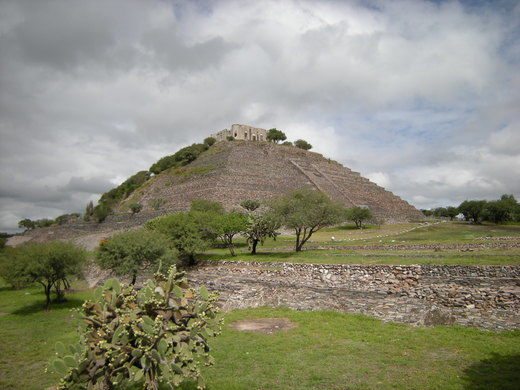
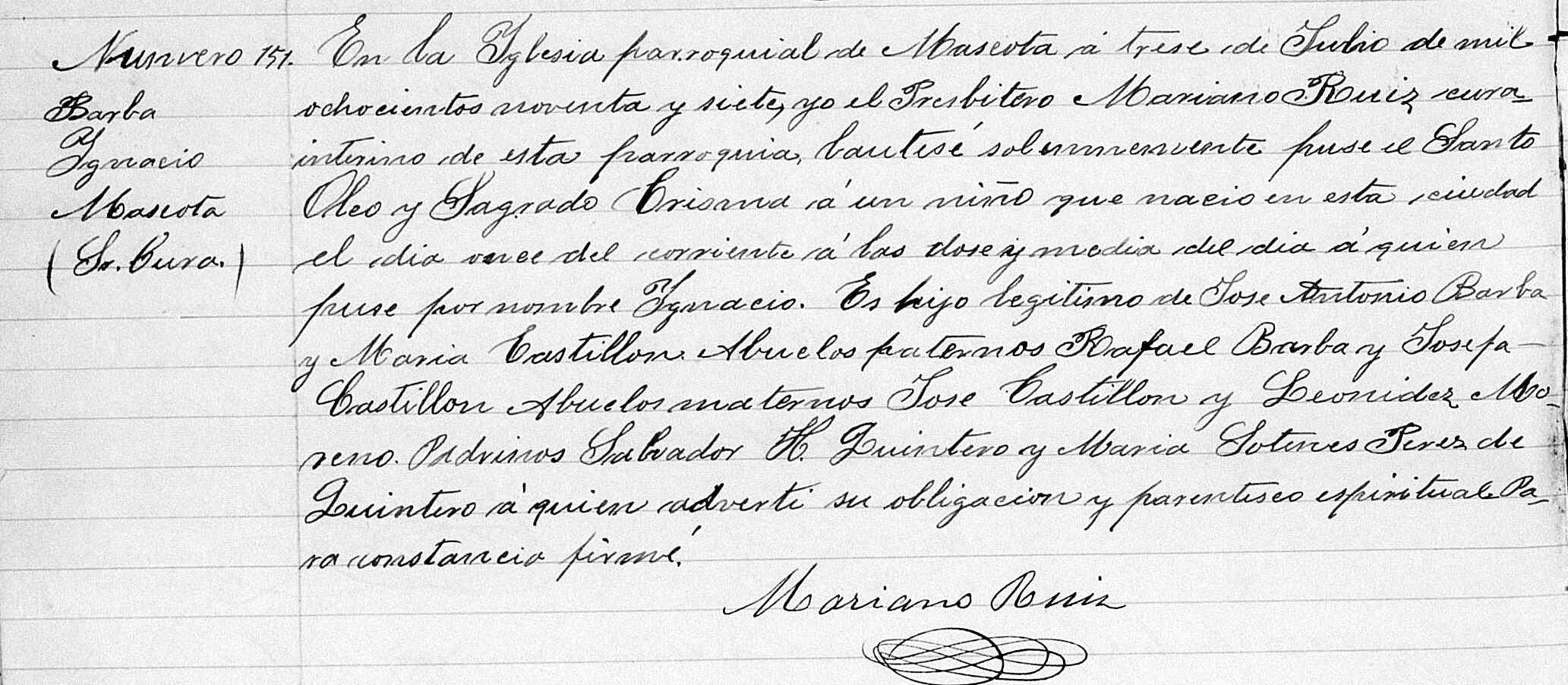
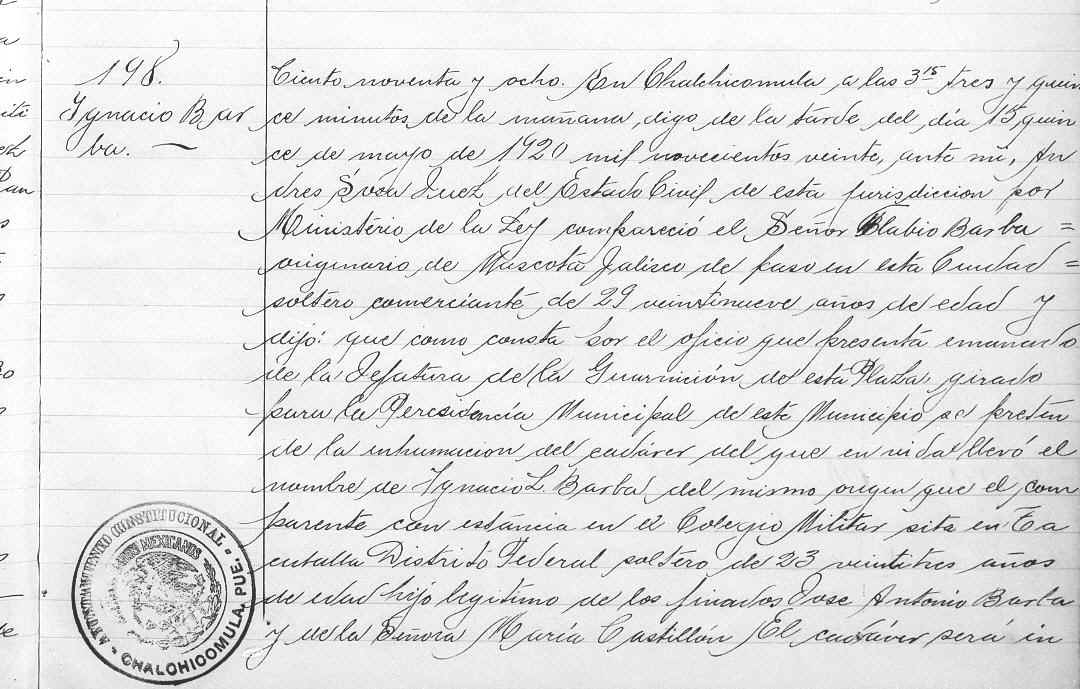
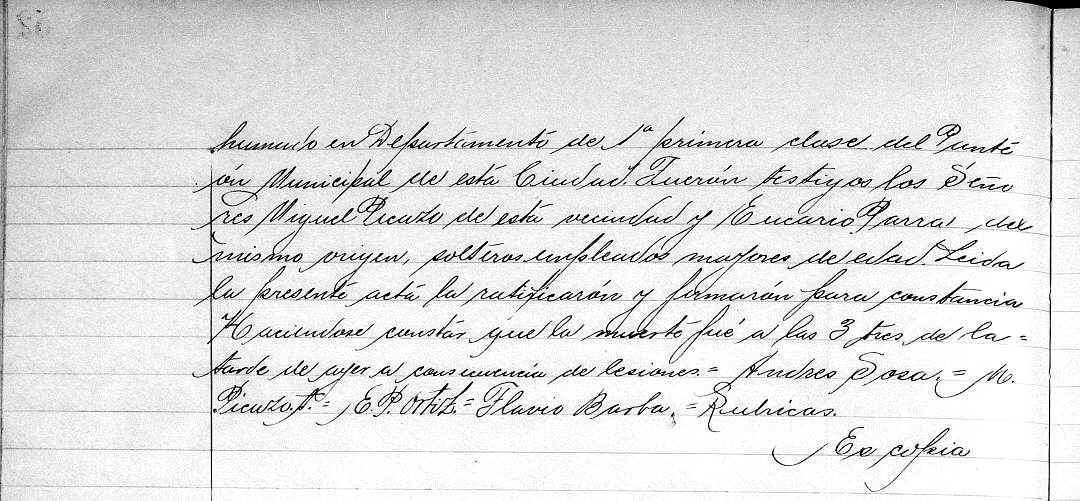
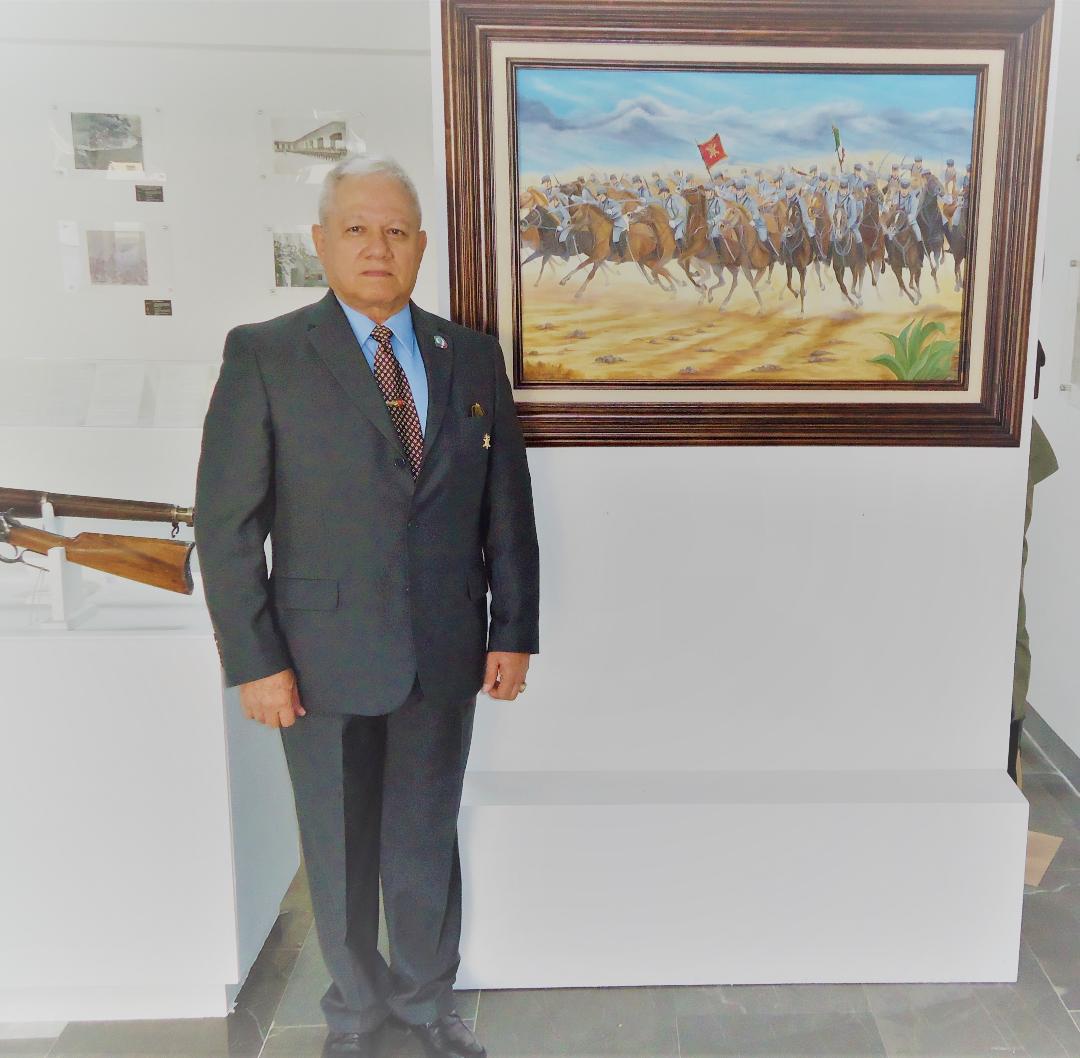
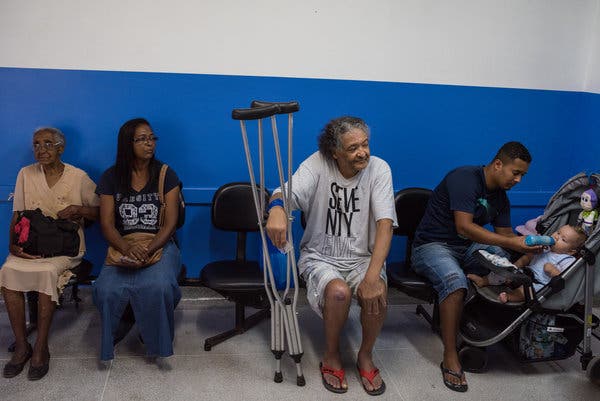
 EMBU-GUAÇU,
Brazil — The shiny plastic chairs all sat empty in a public health
clinic, and the patients who staggered in were told to come back
Thursday — the only day of the week now when a doctor is there.
EMBU-GUAÇU,
Brazil — The shiny plastic chairs all sat empty in a public health
clinic, and the patients who staggered in were told to come back
Thursday — the only day of the week now when a doctor is there.
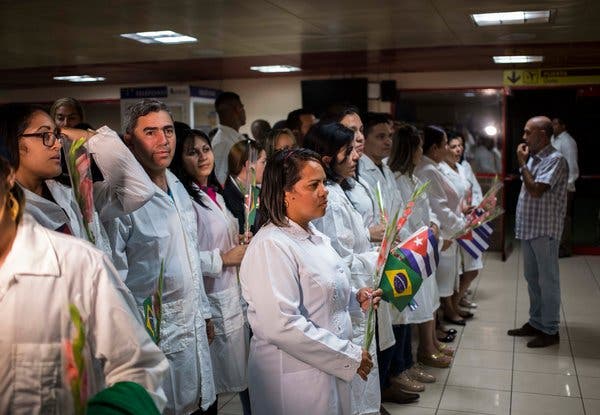


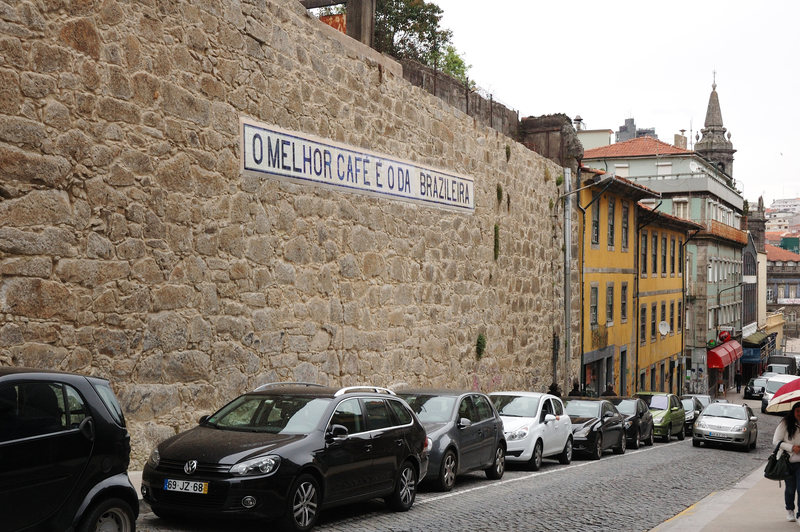


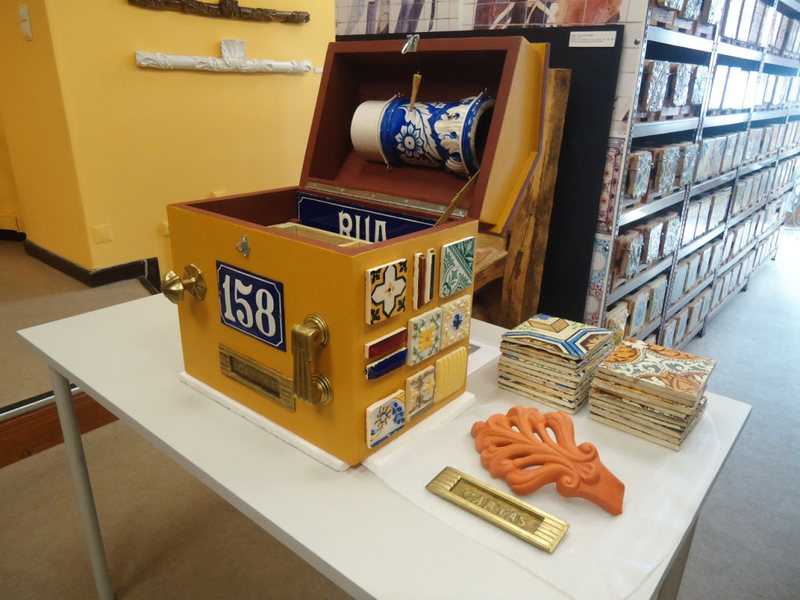


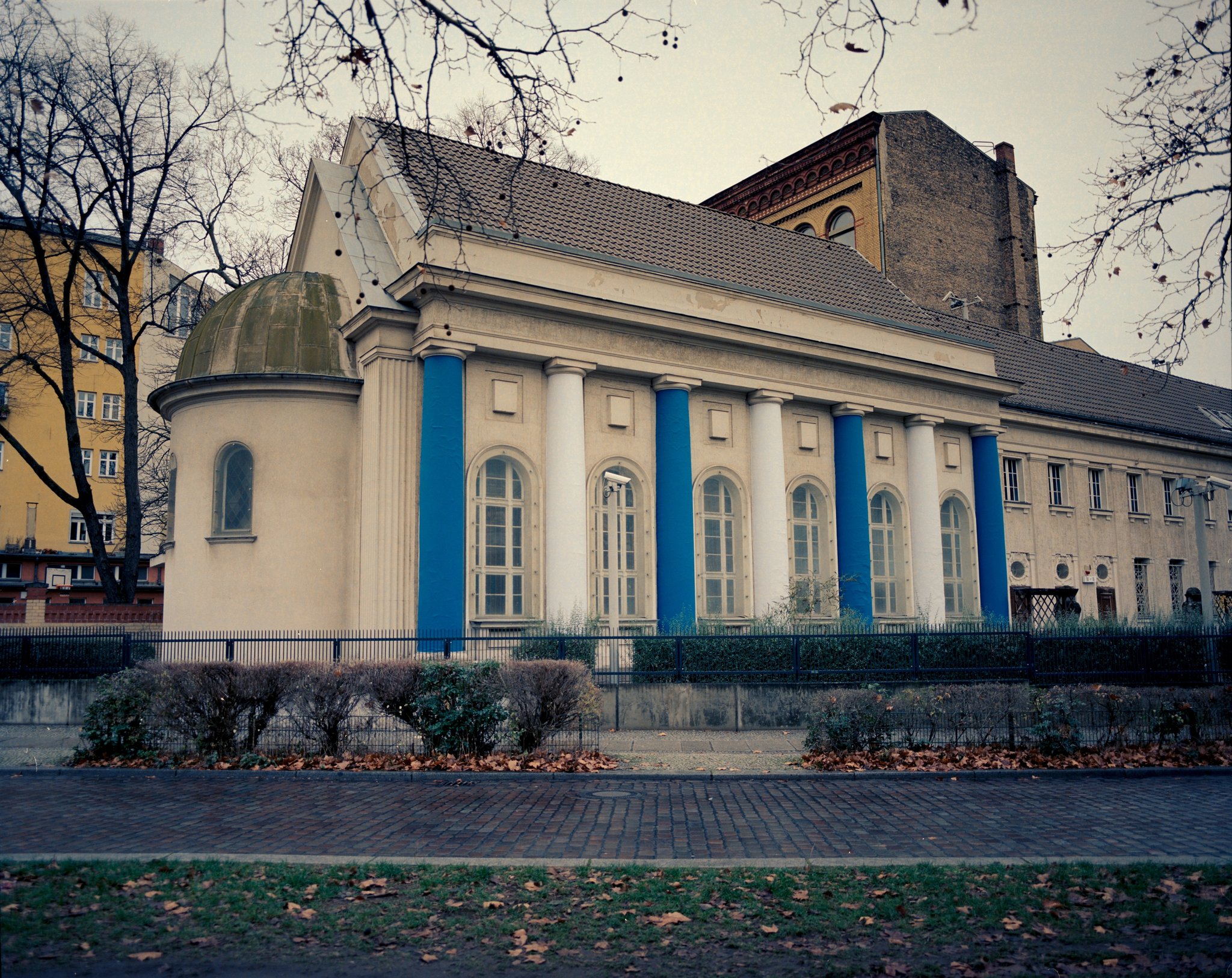


 M
M